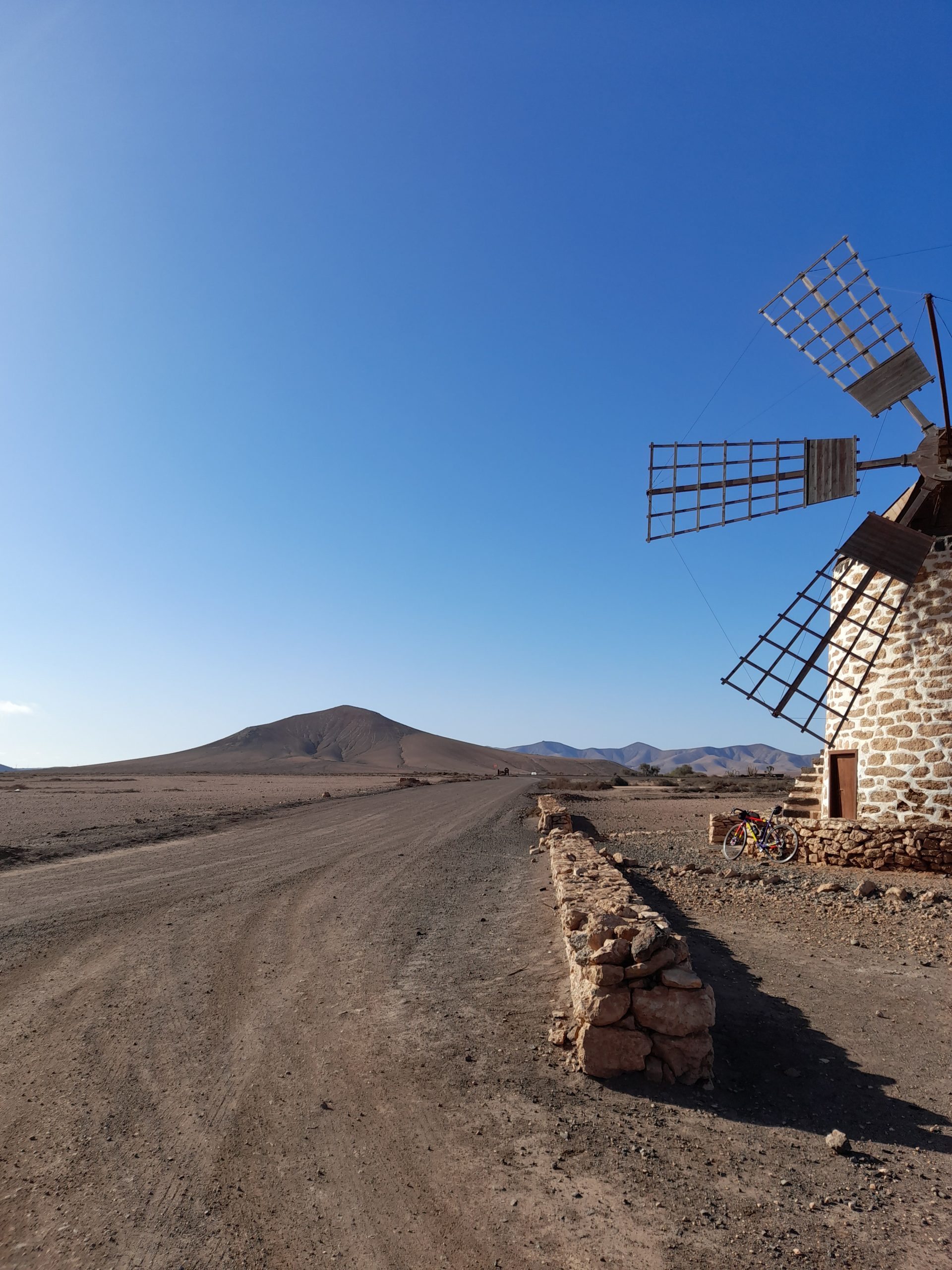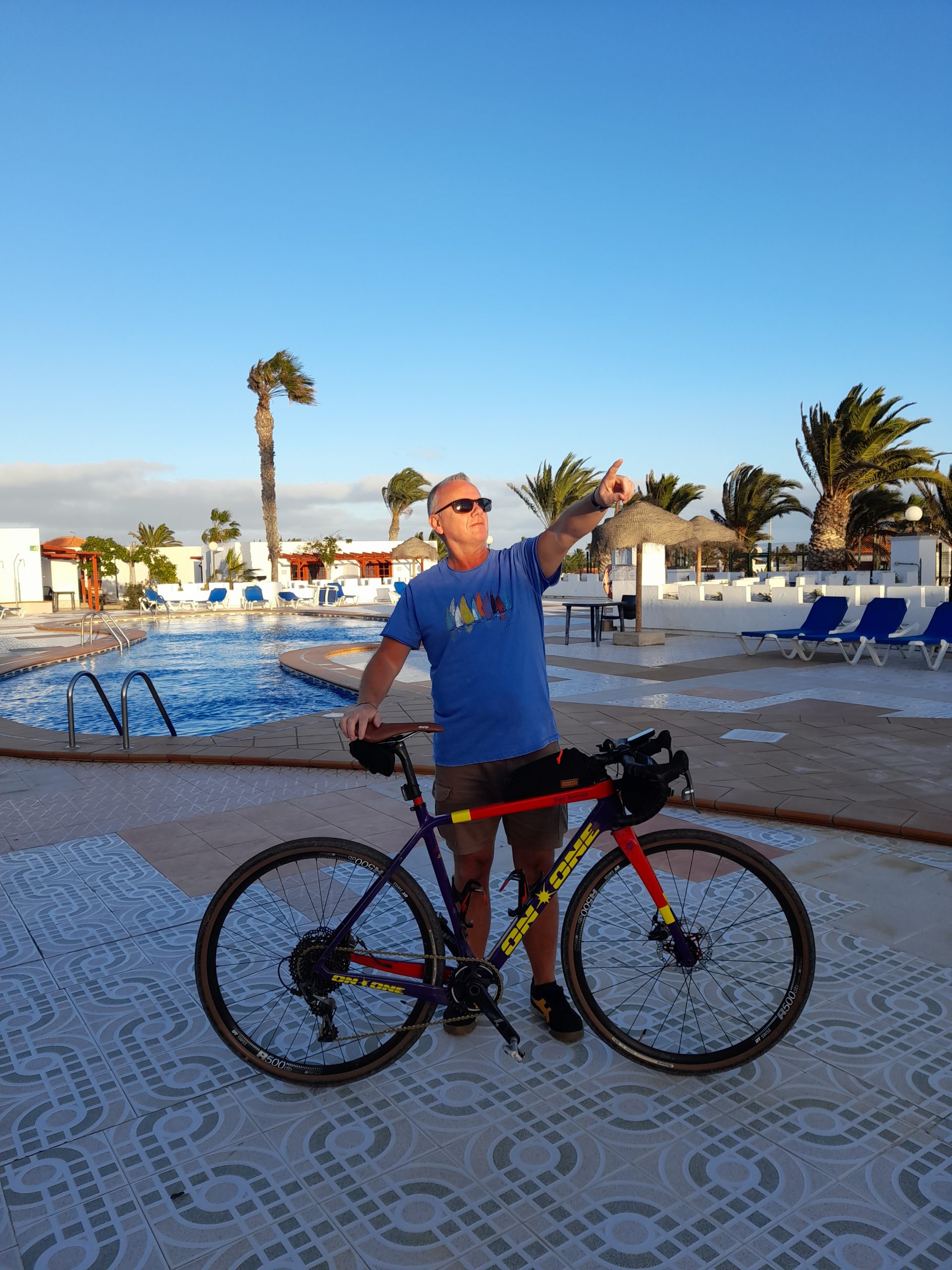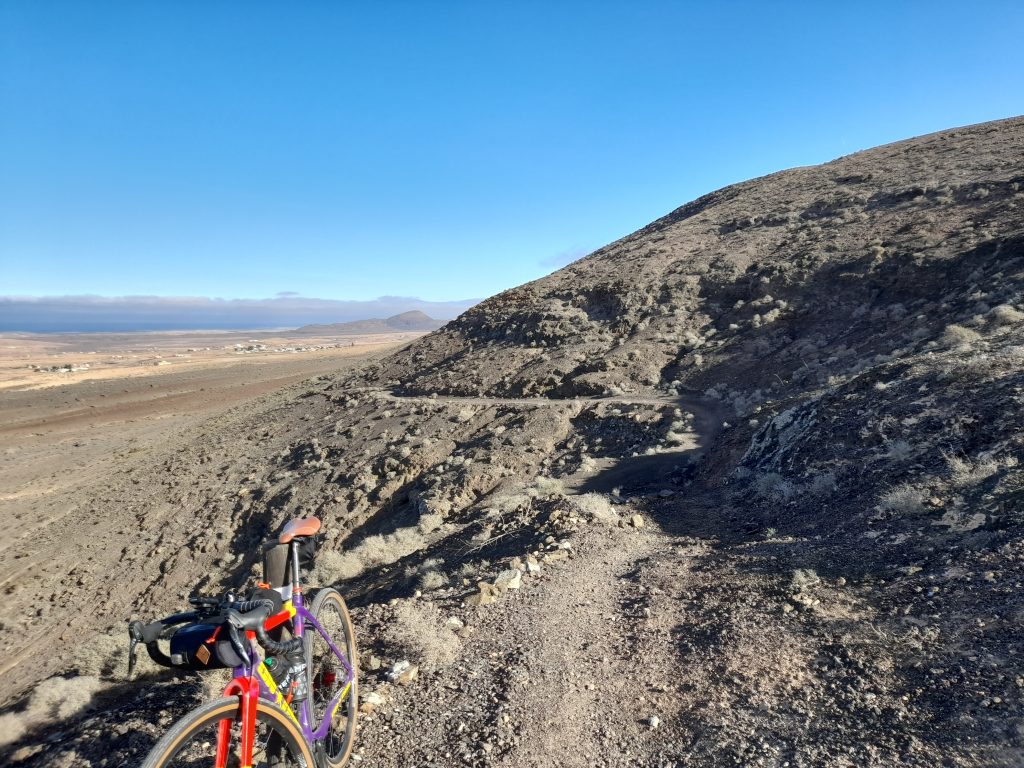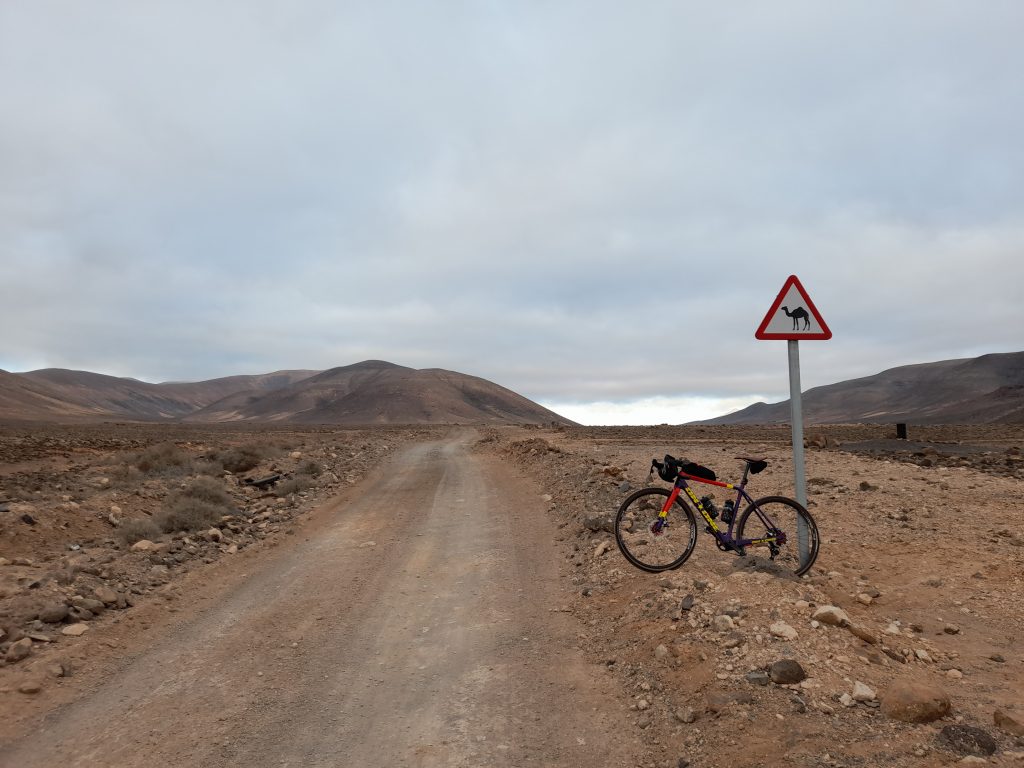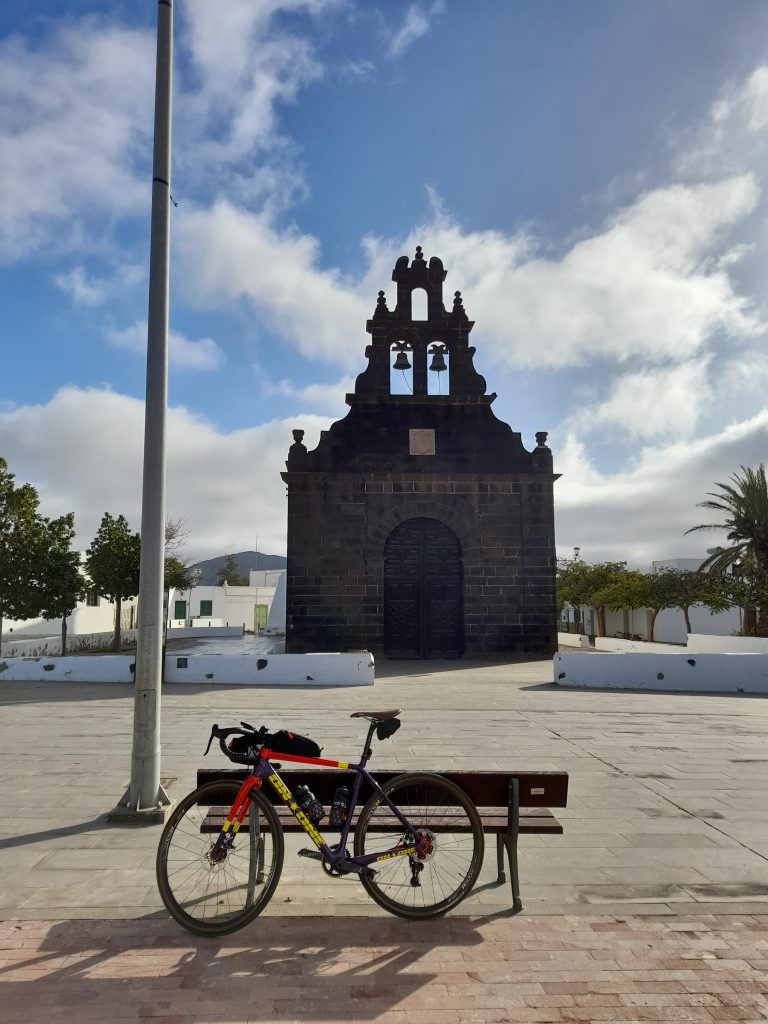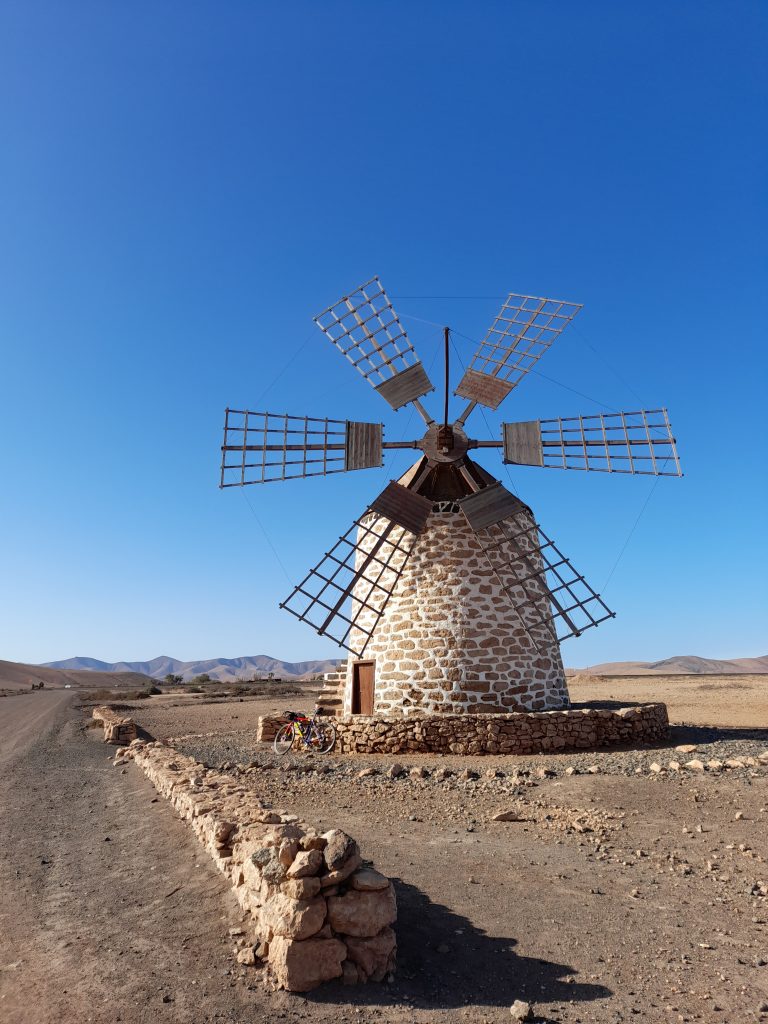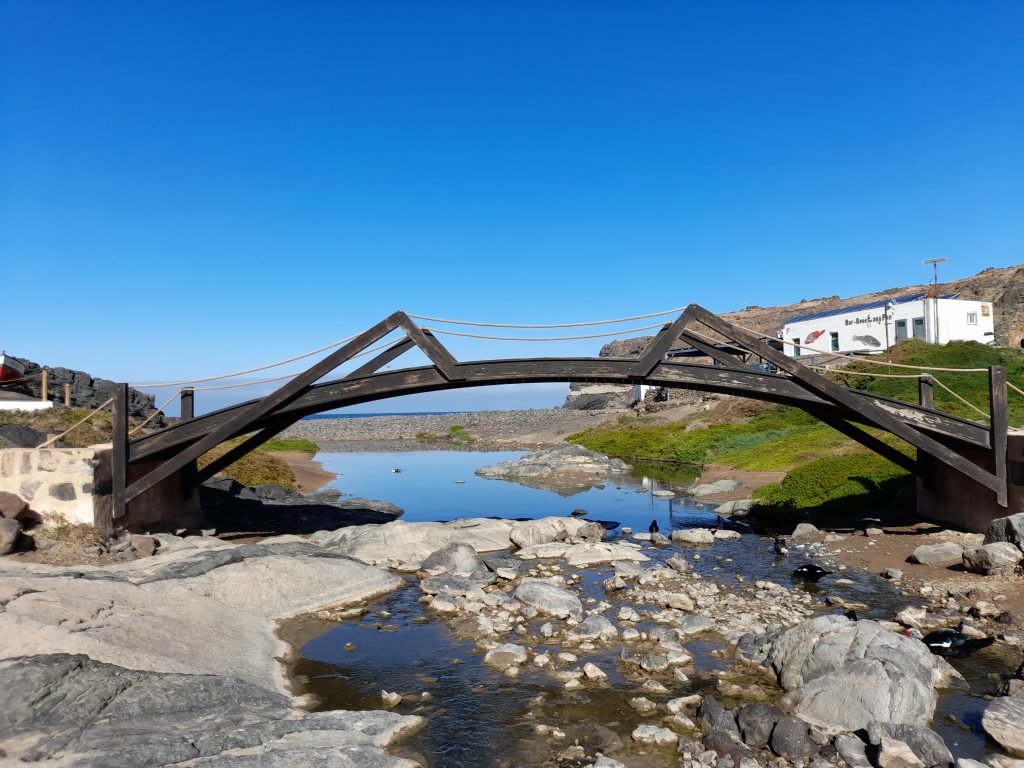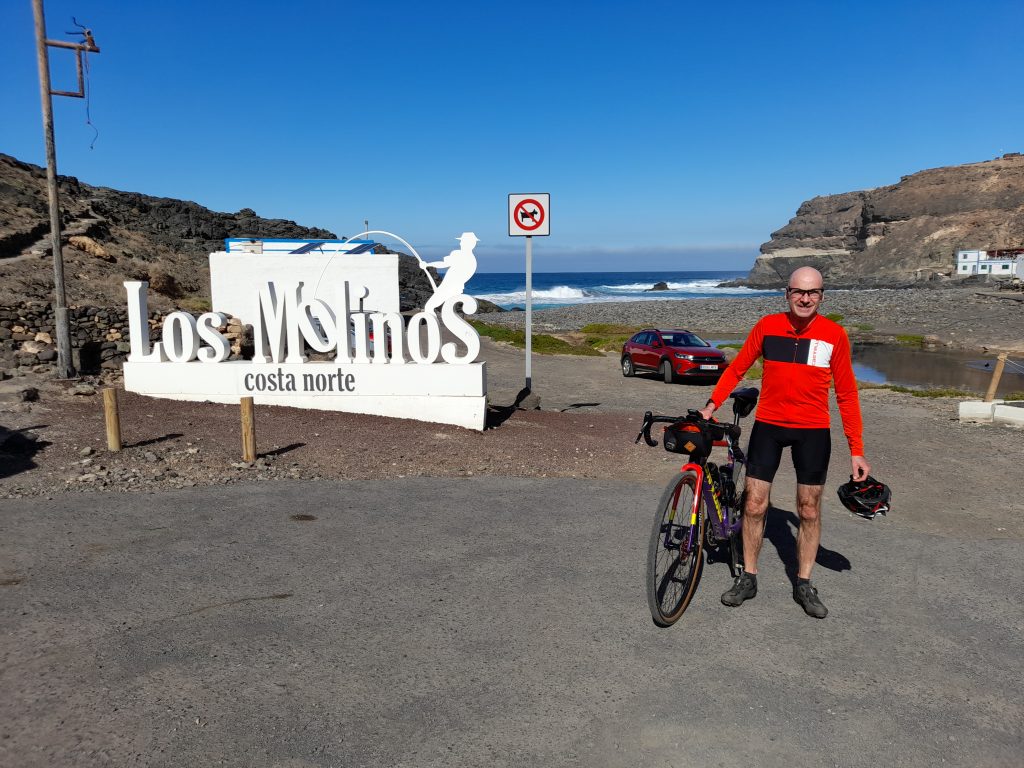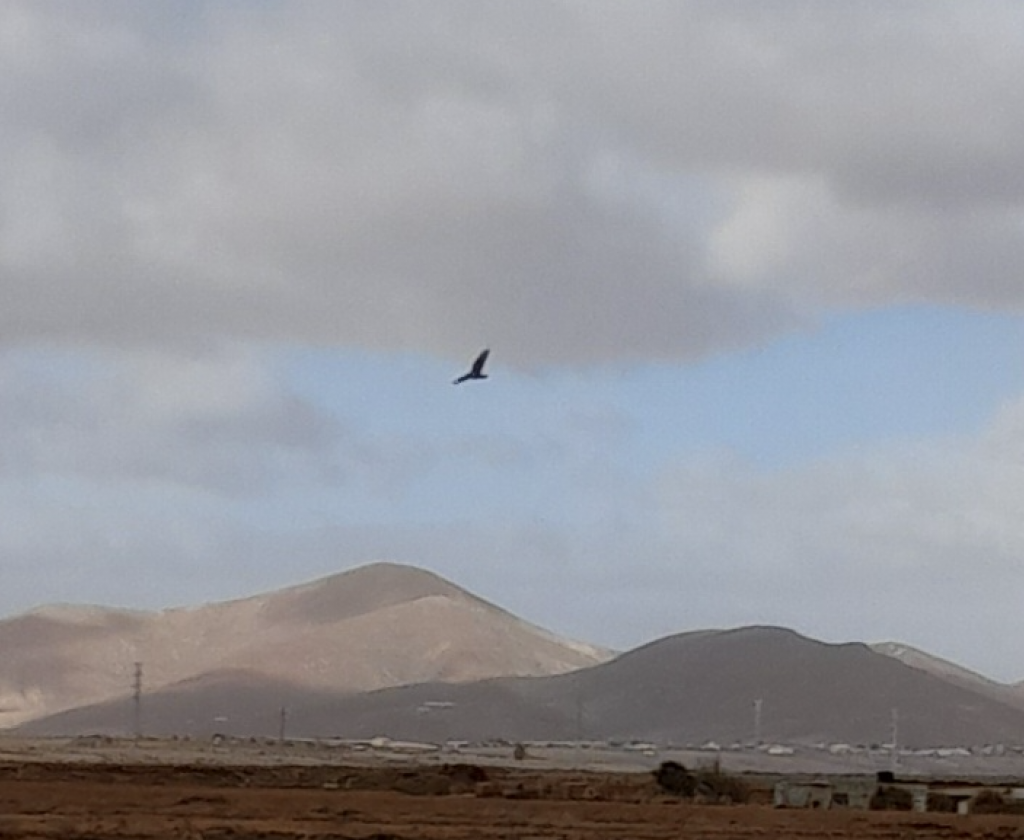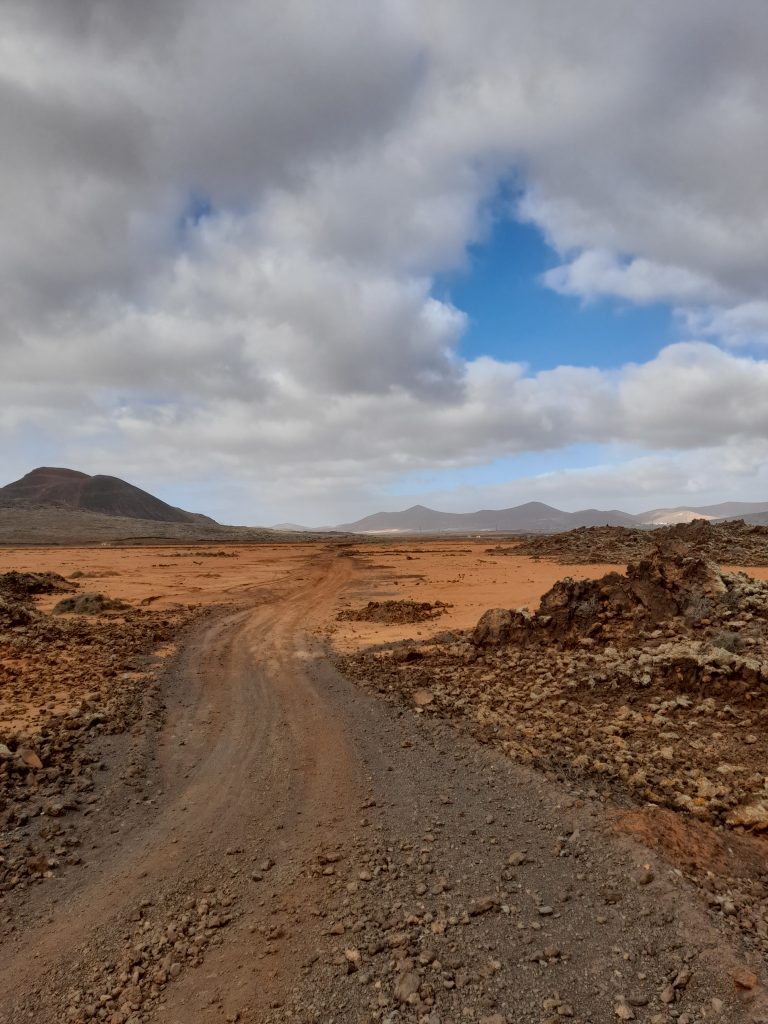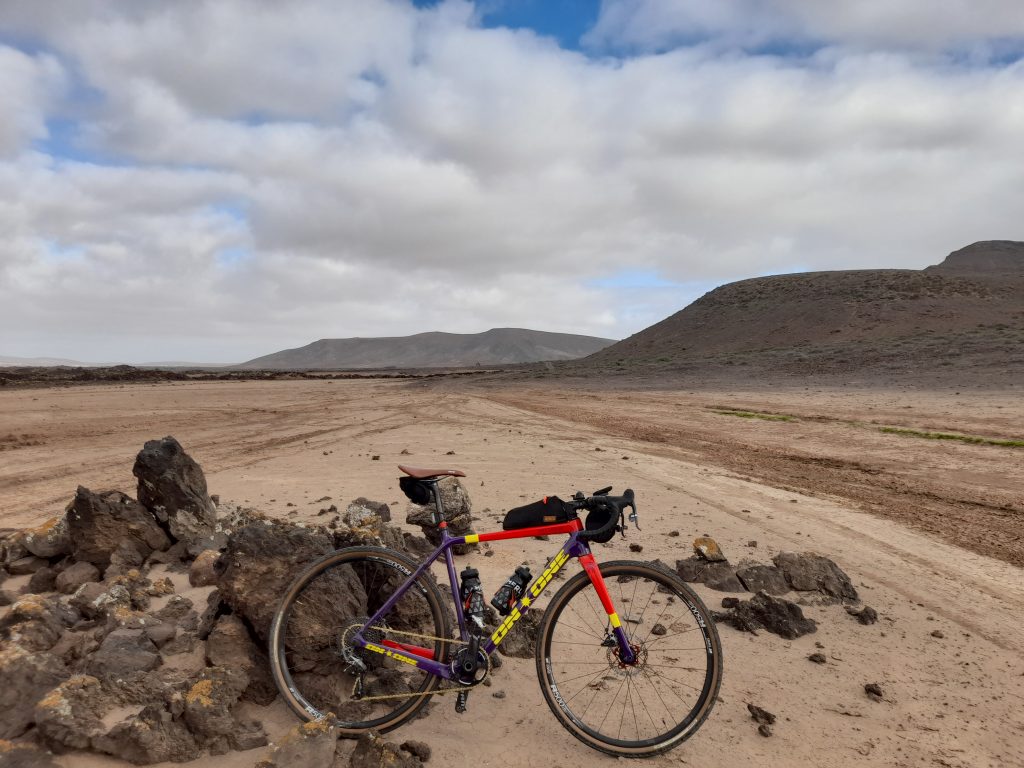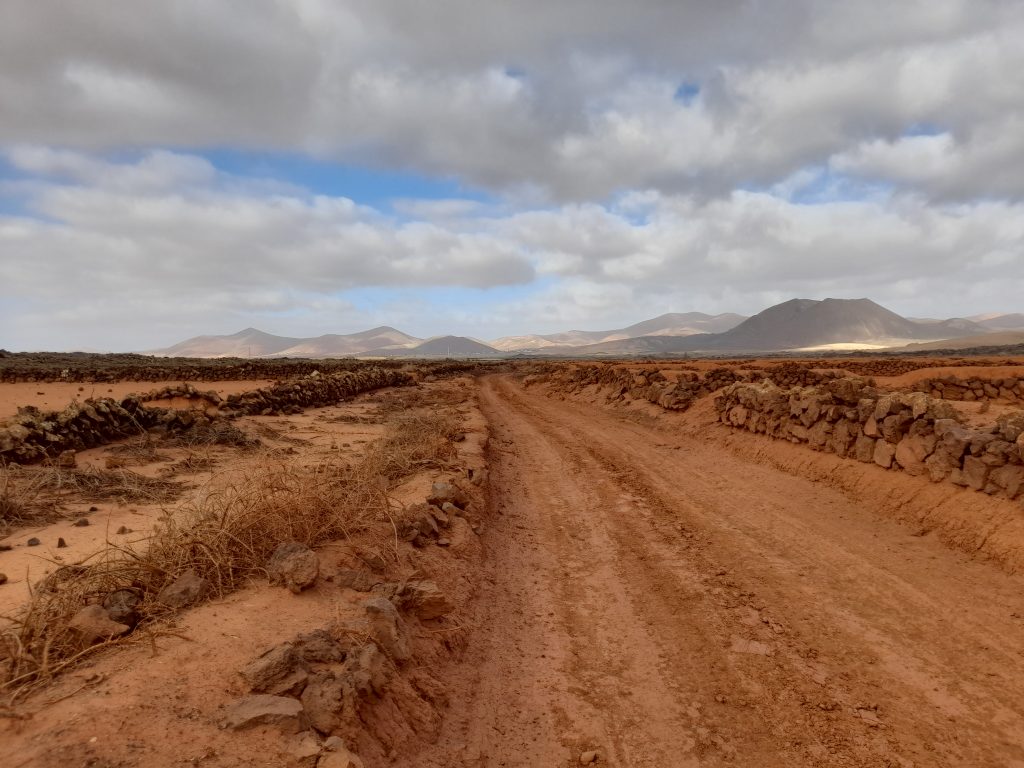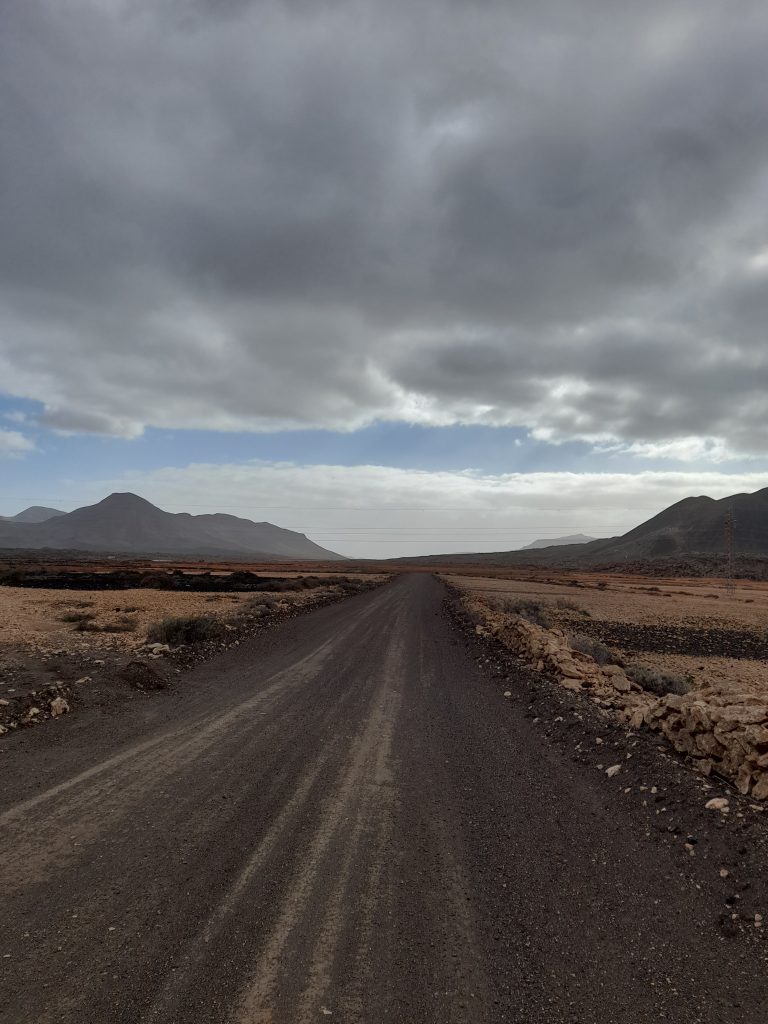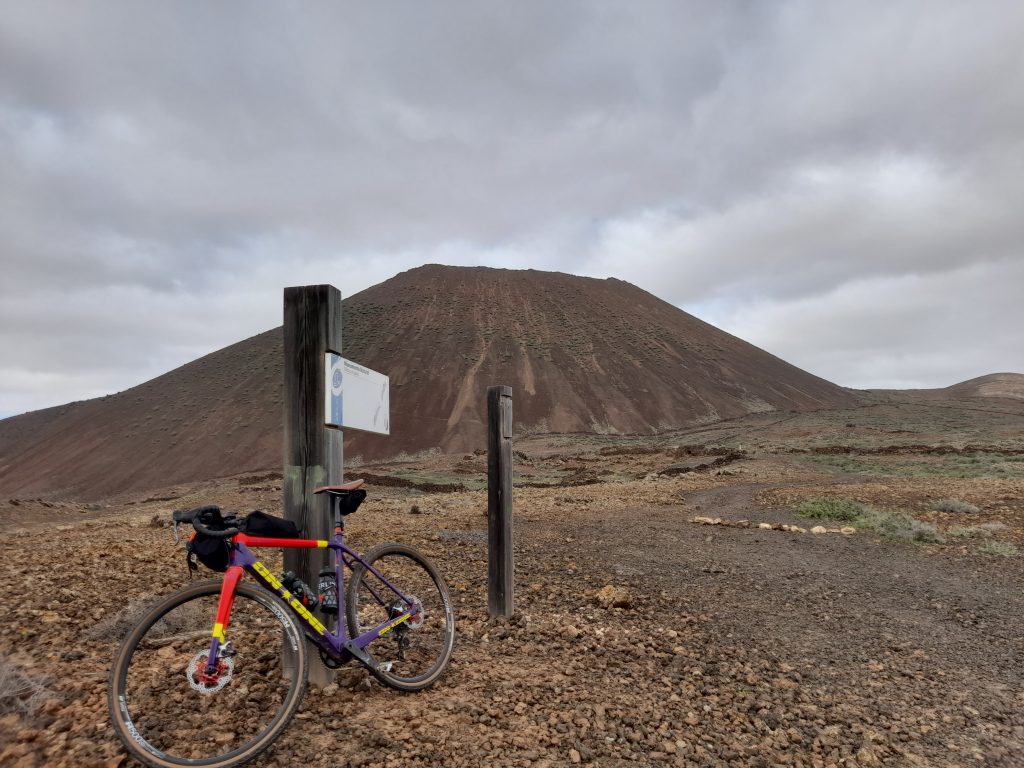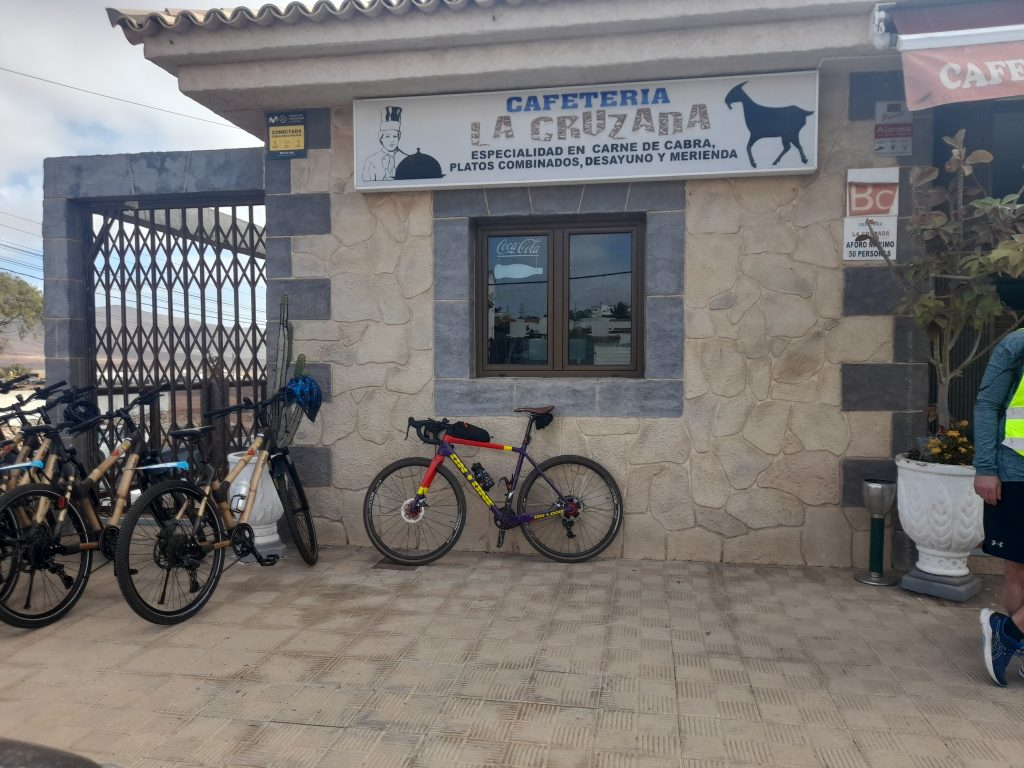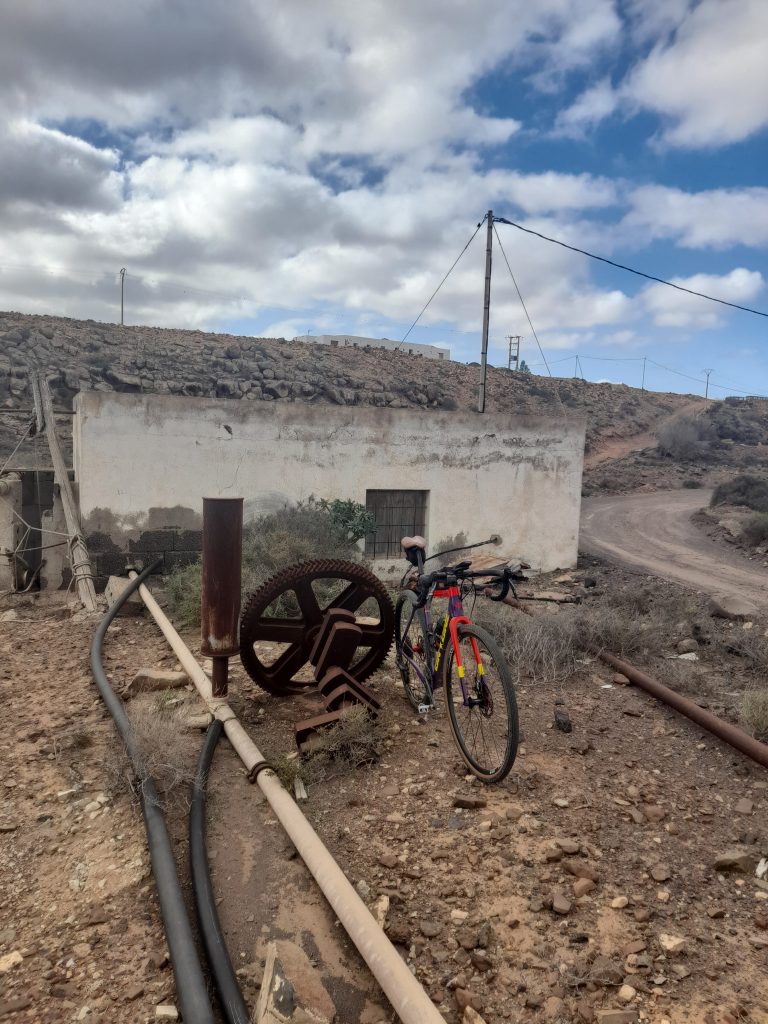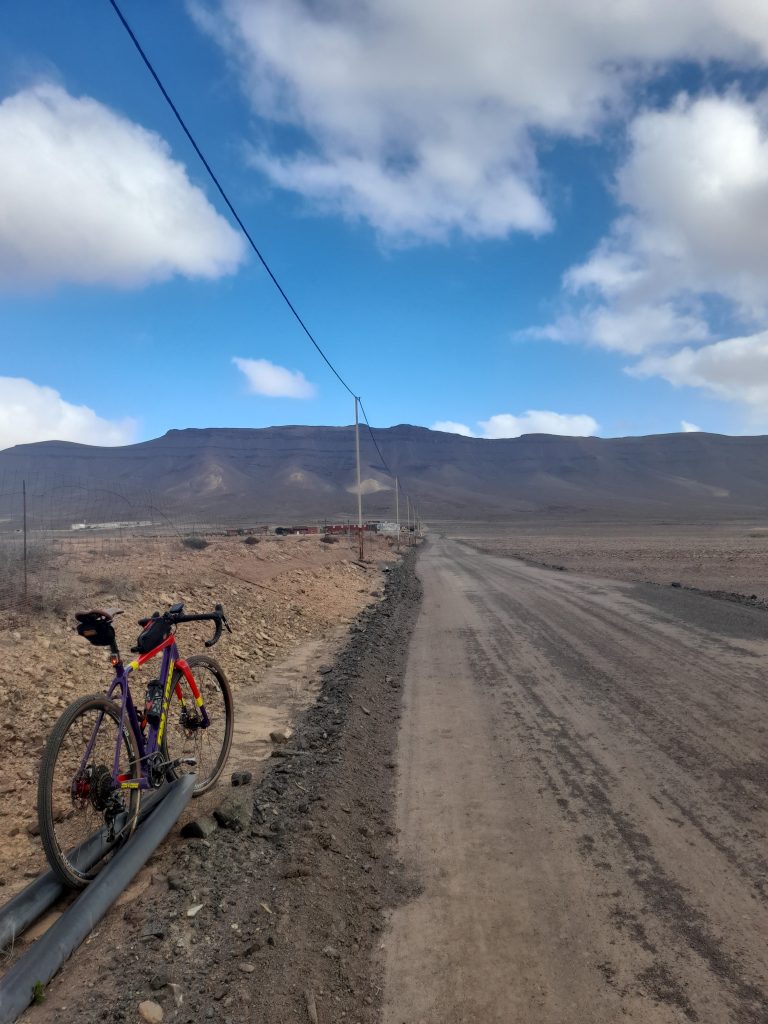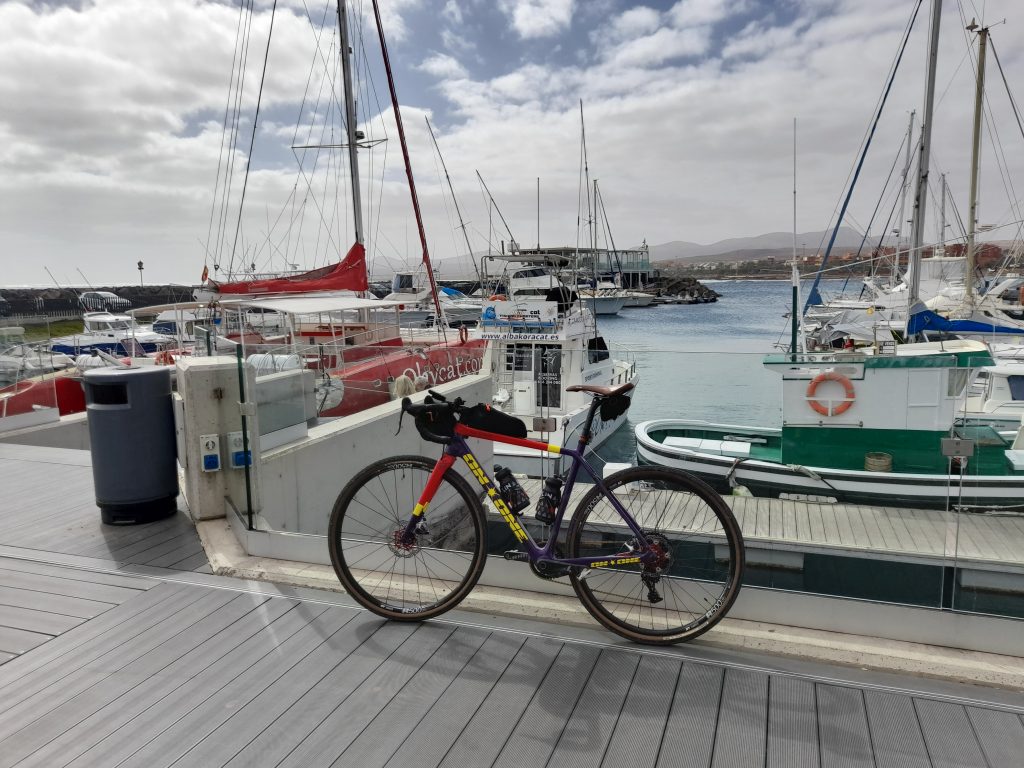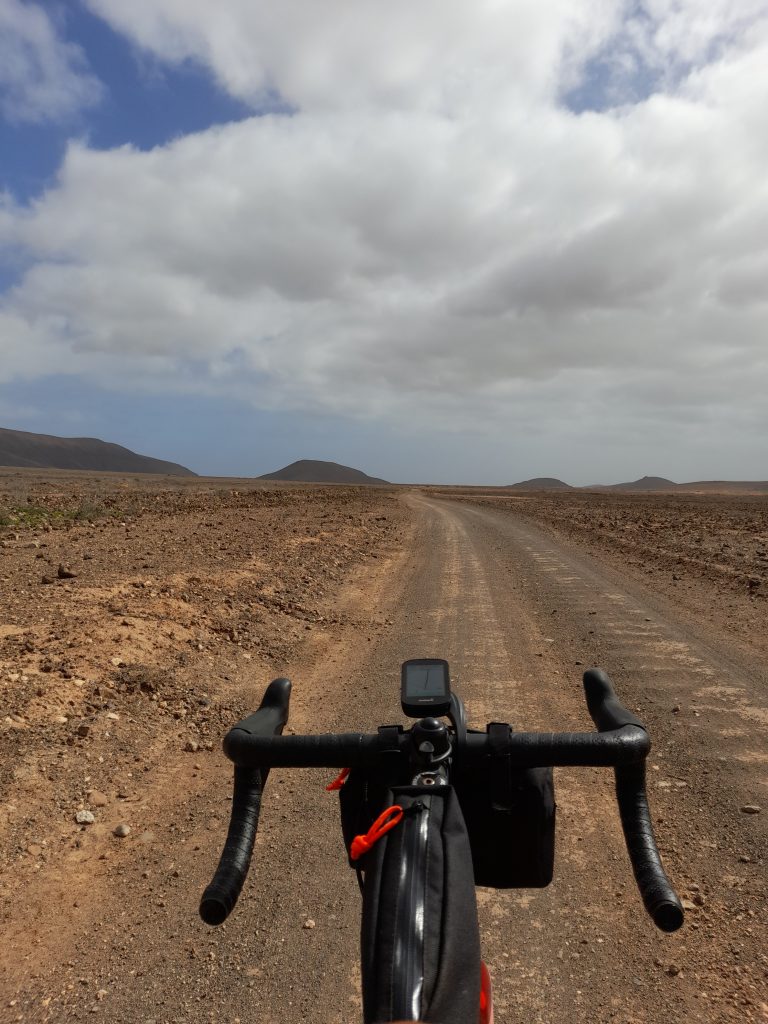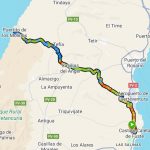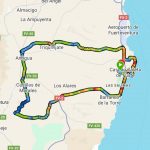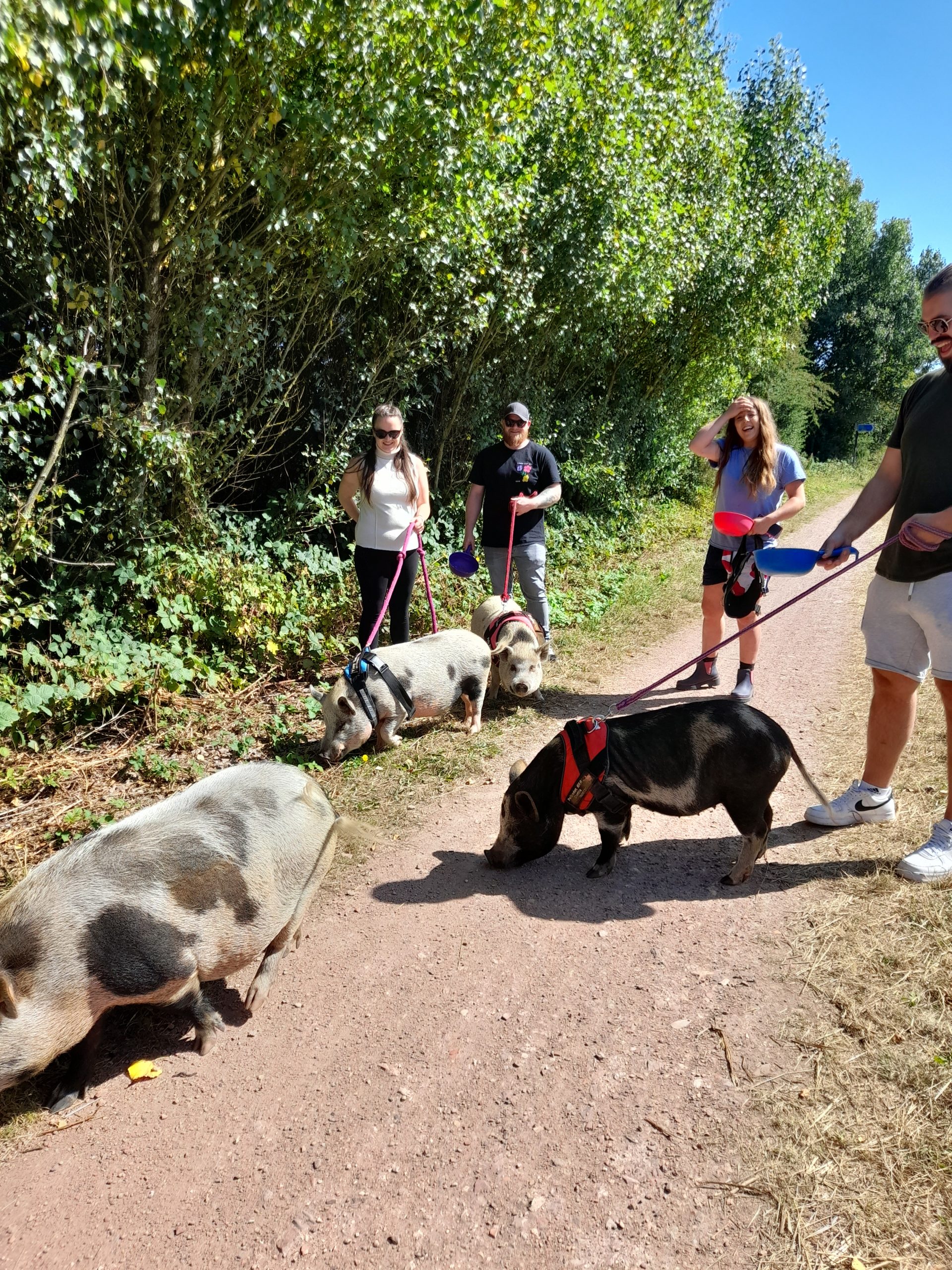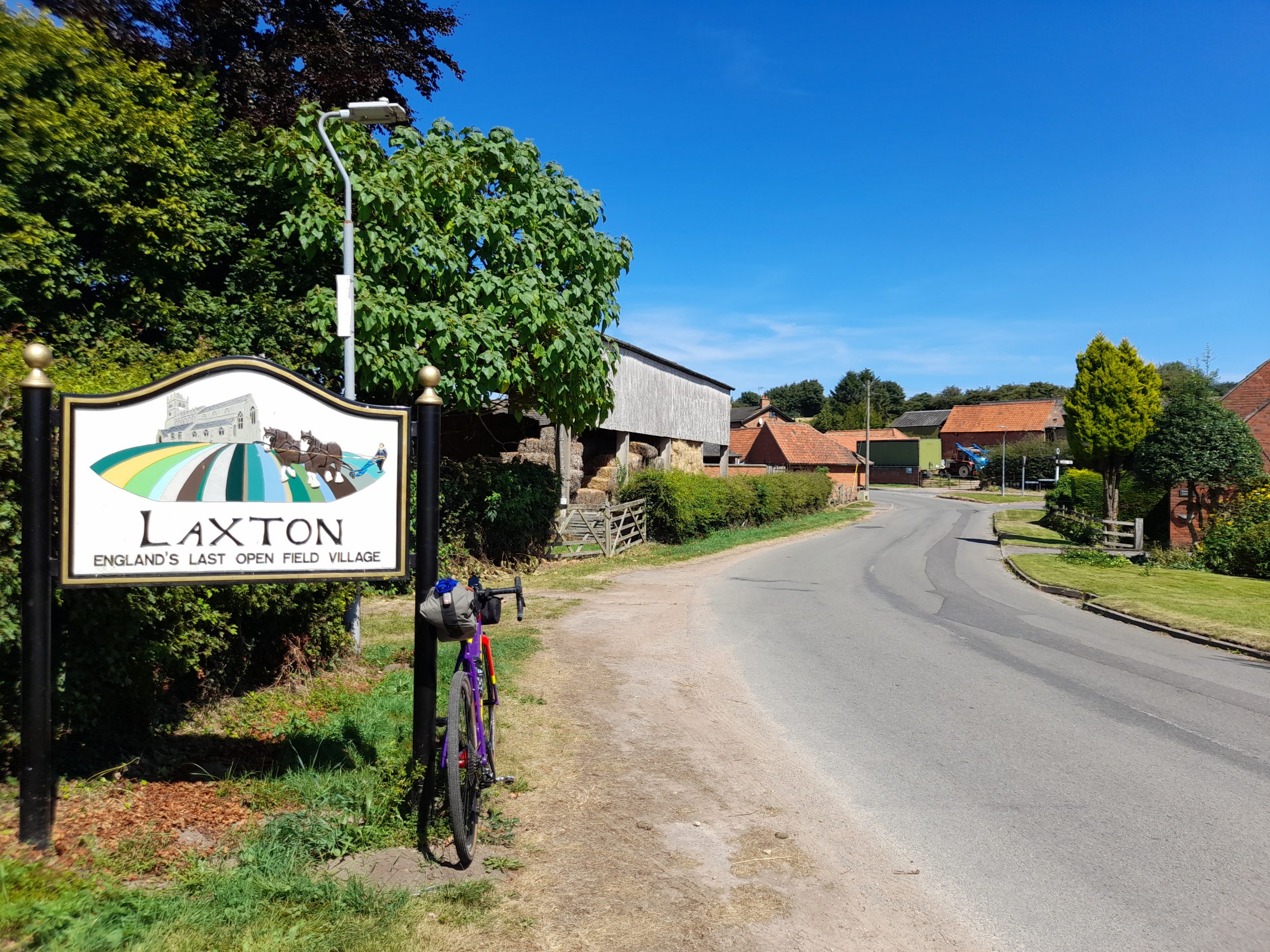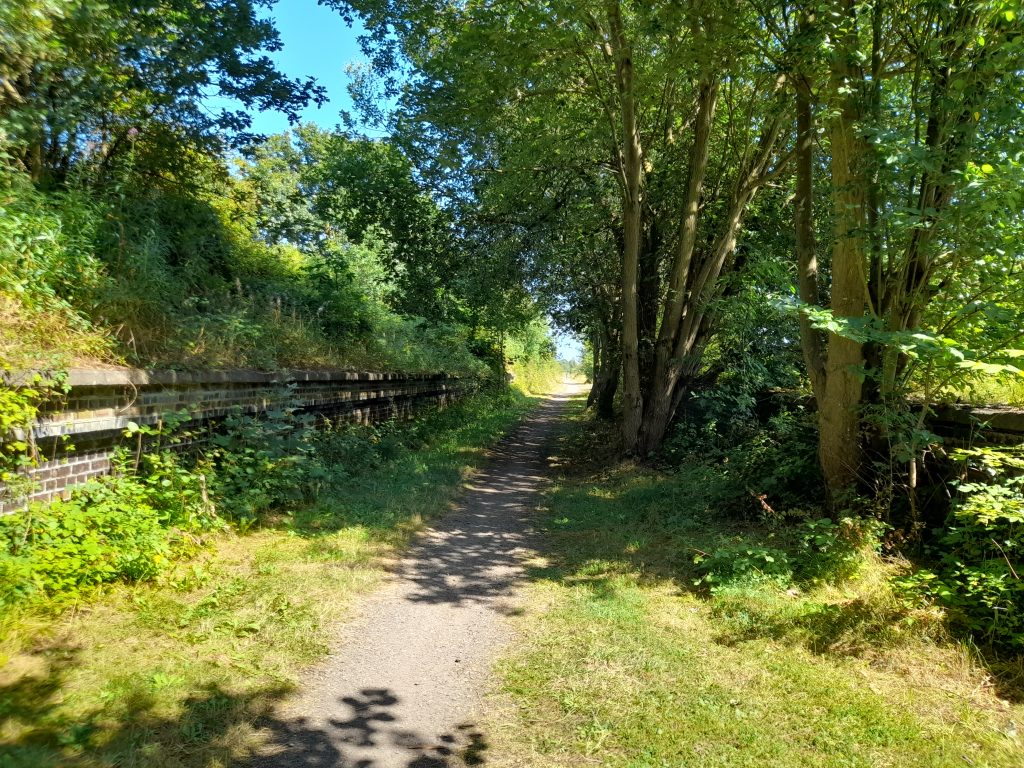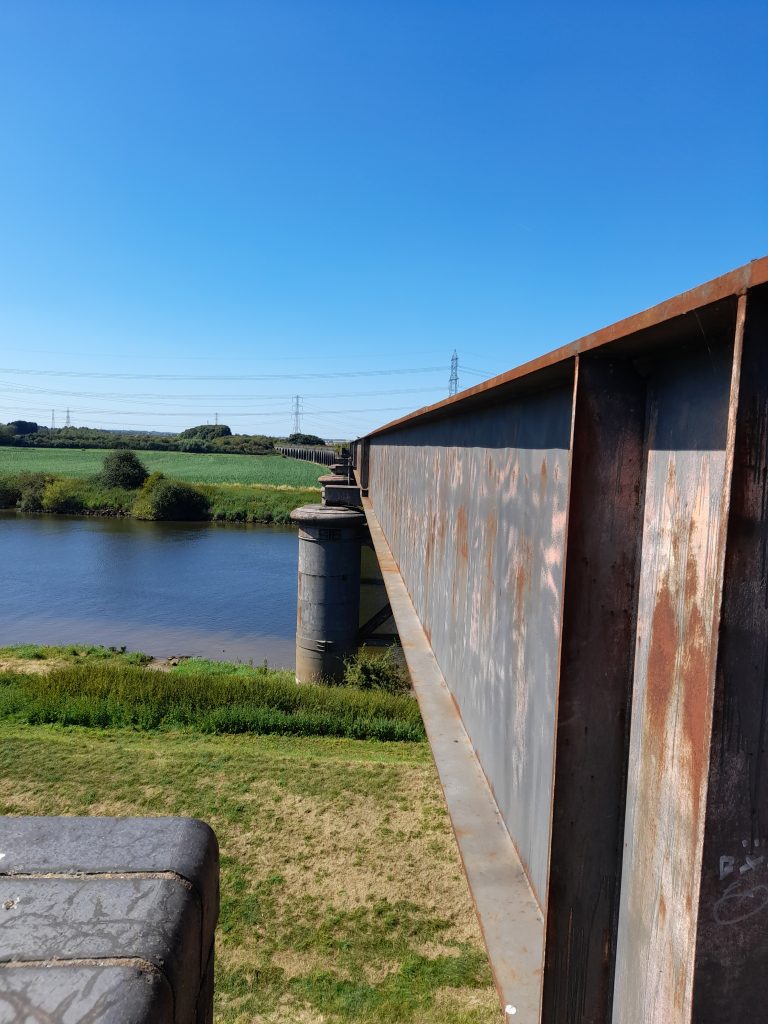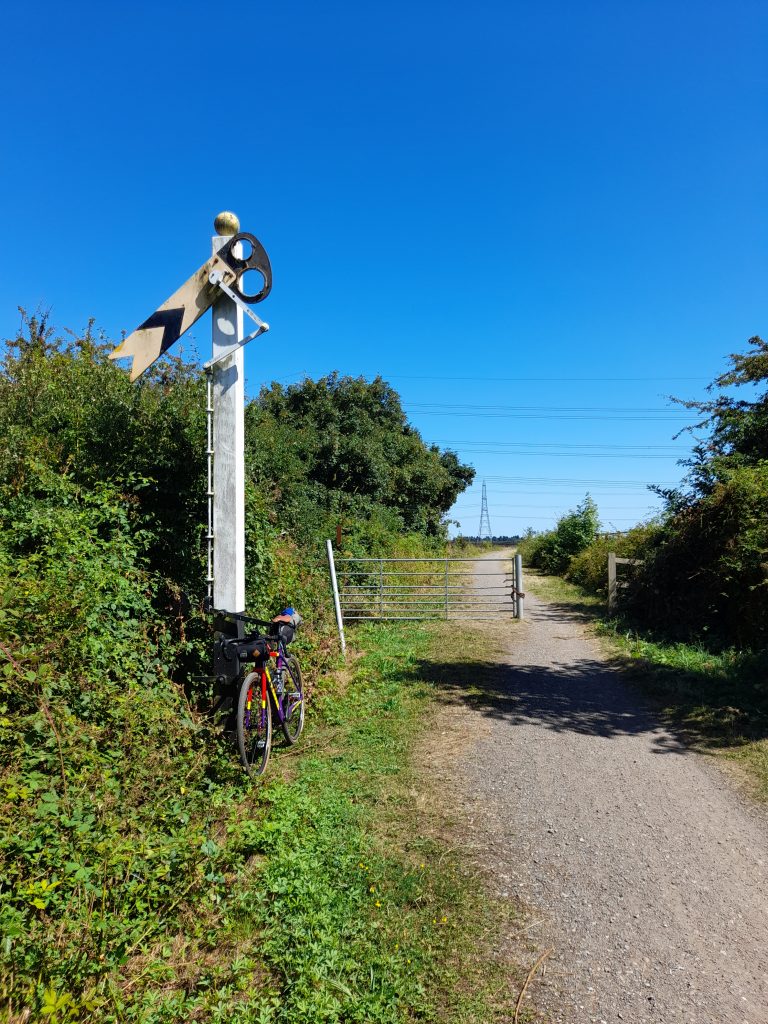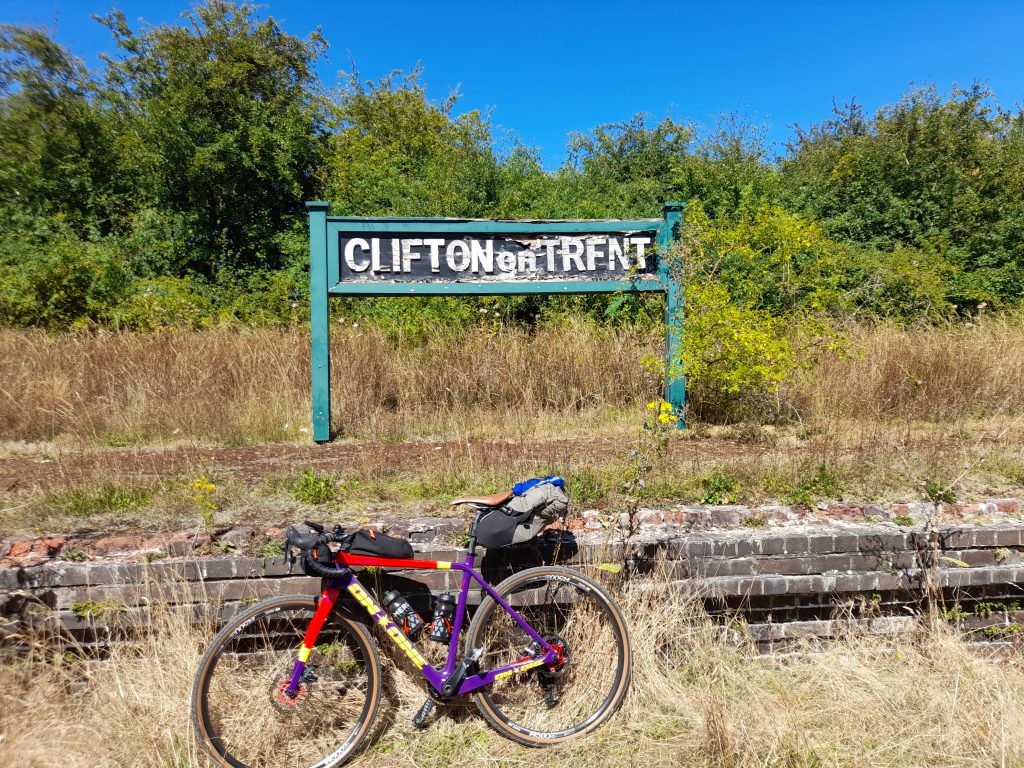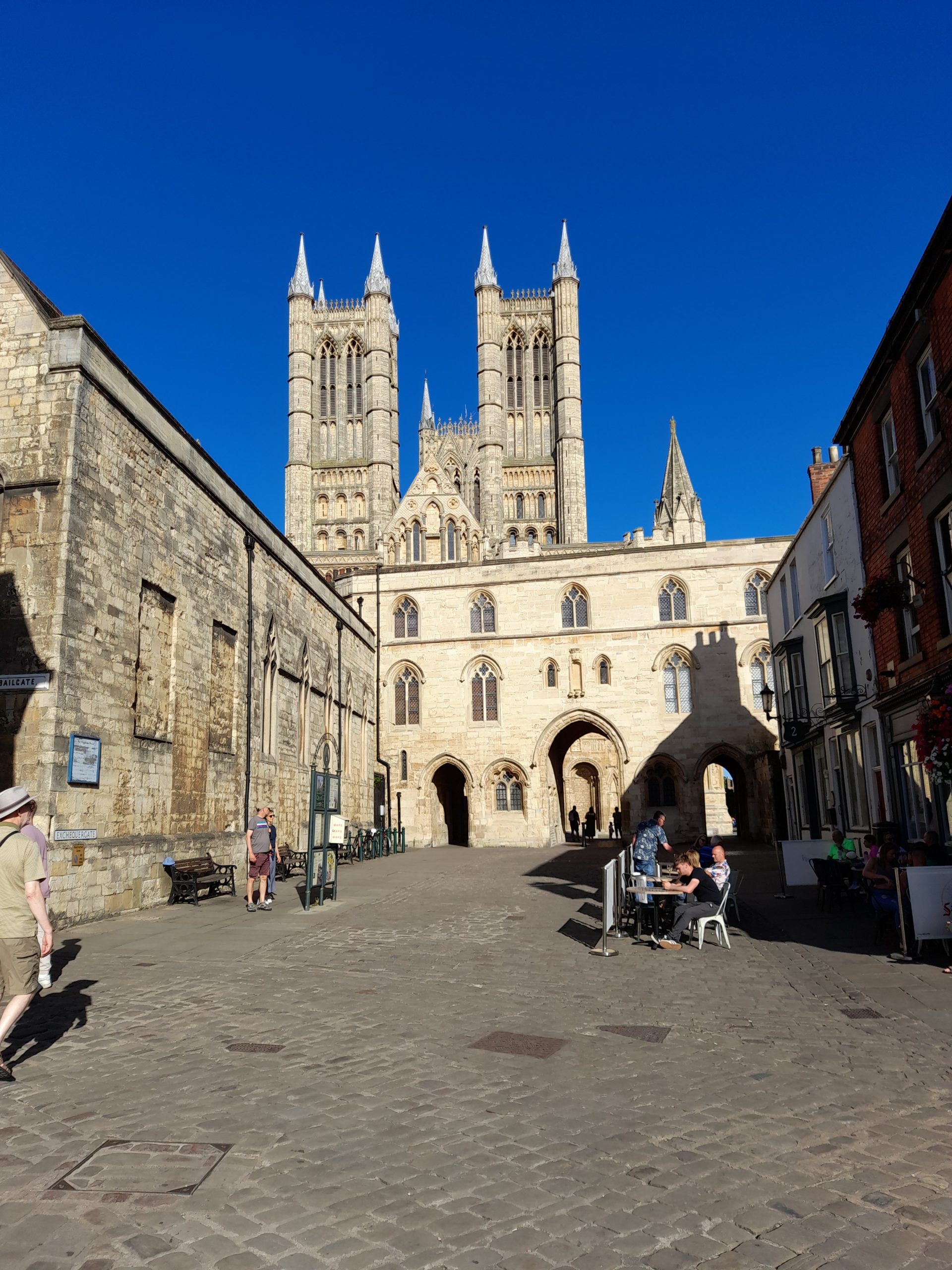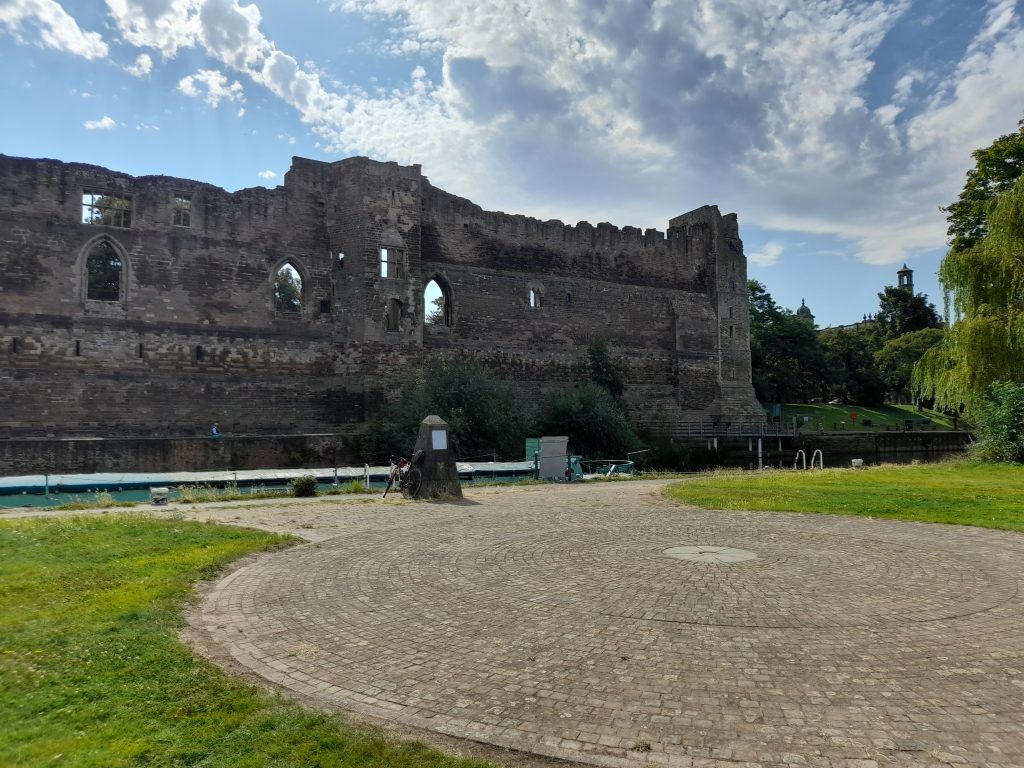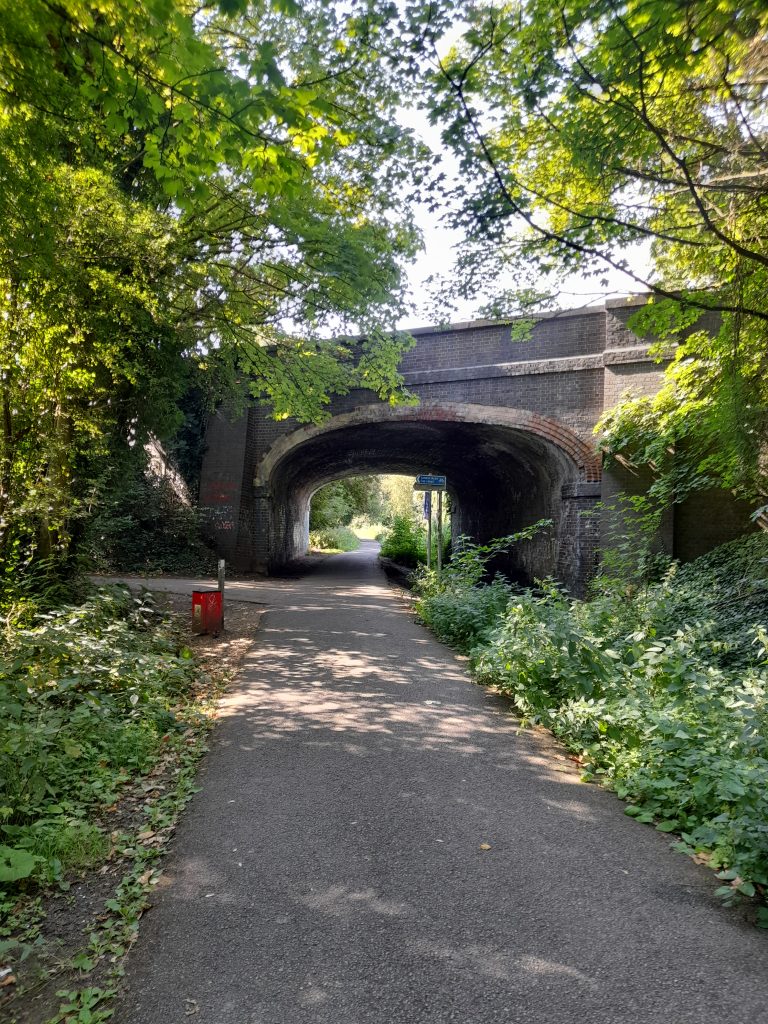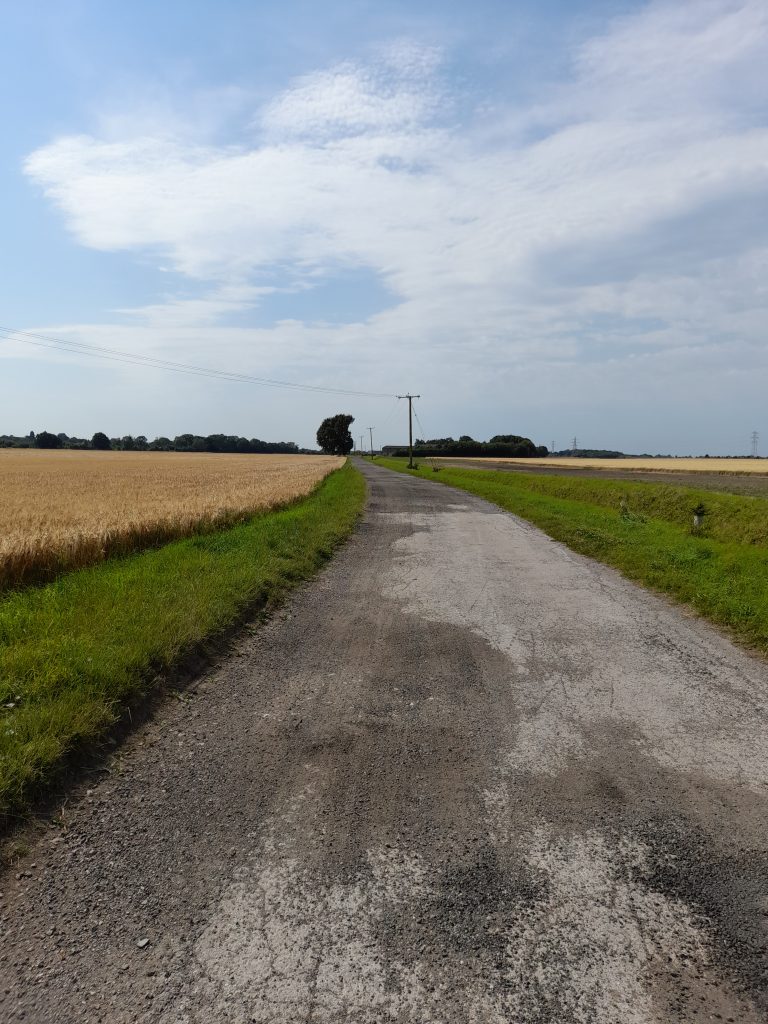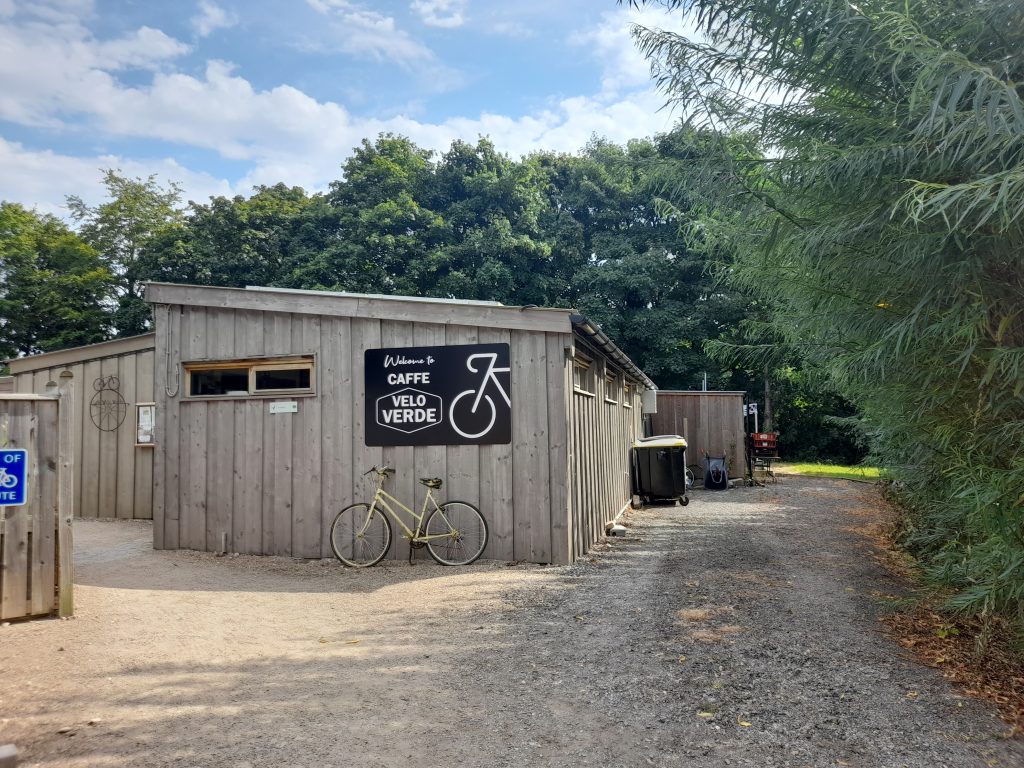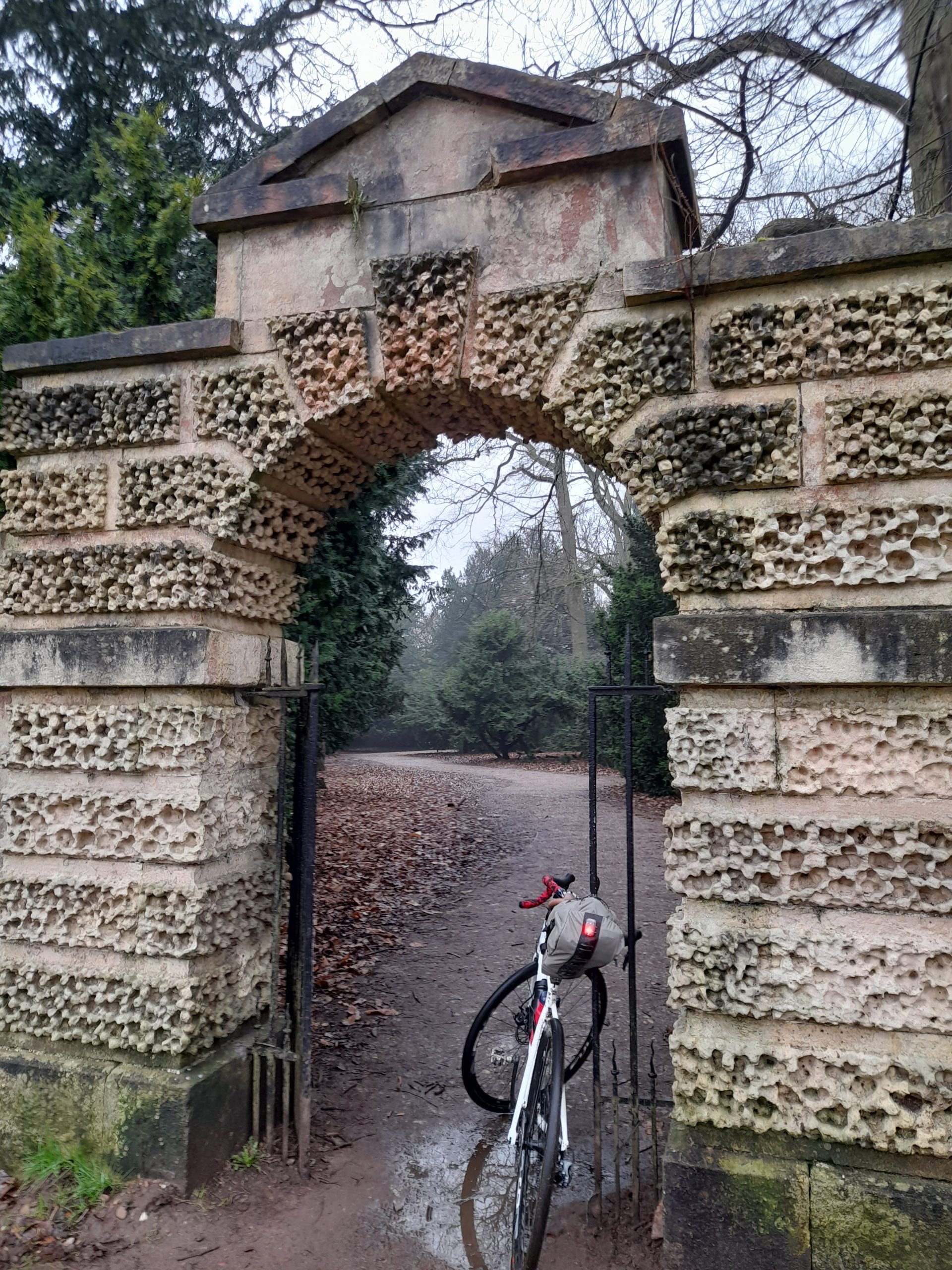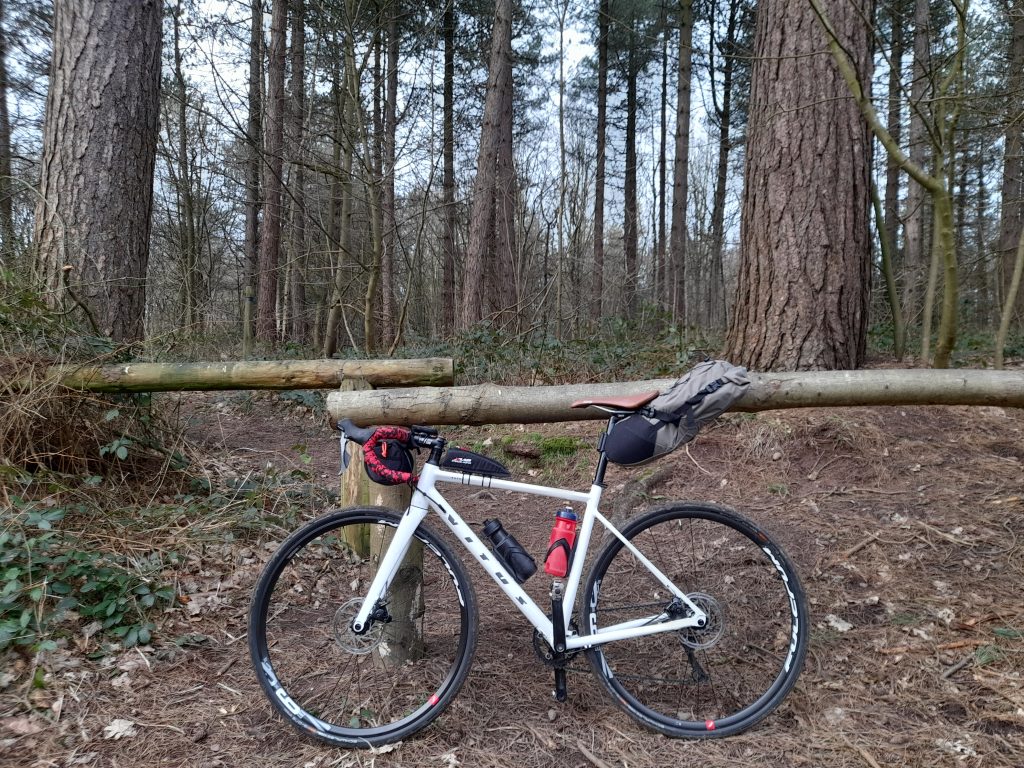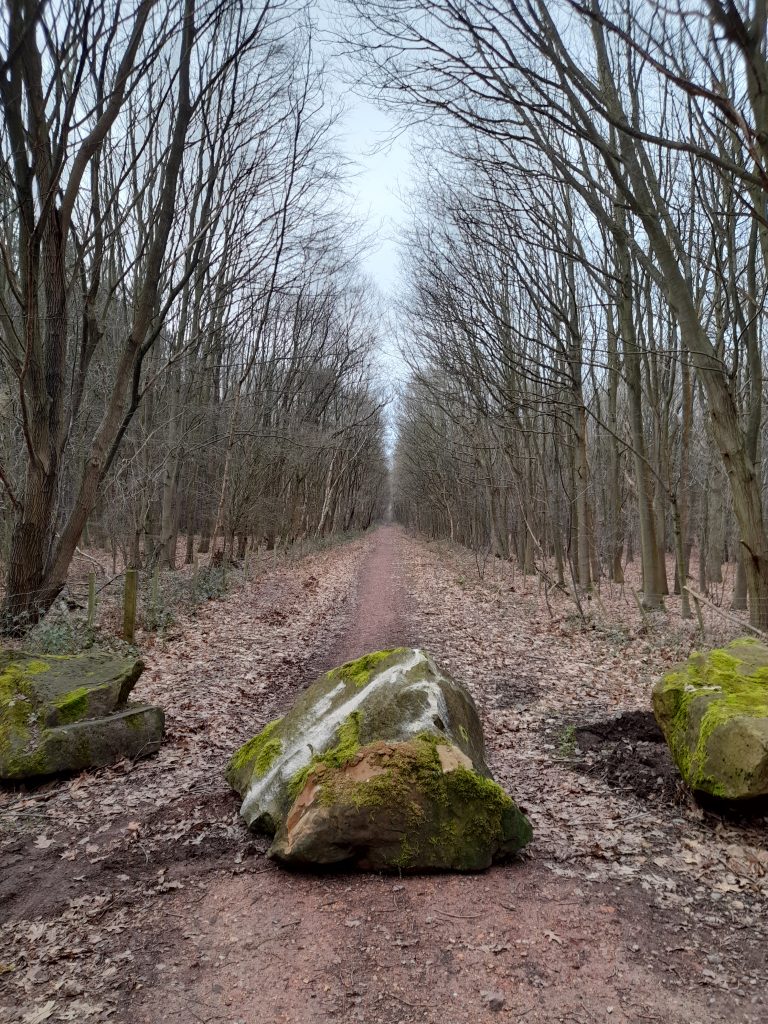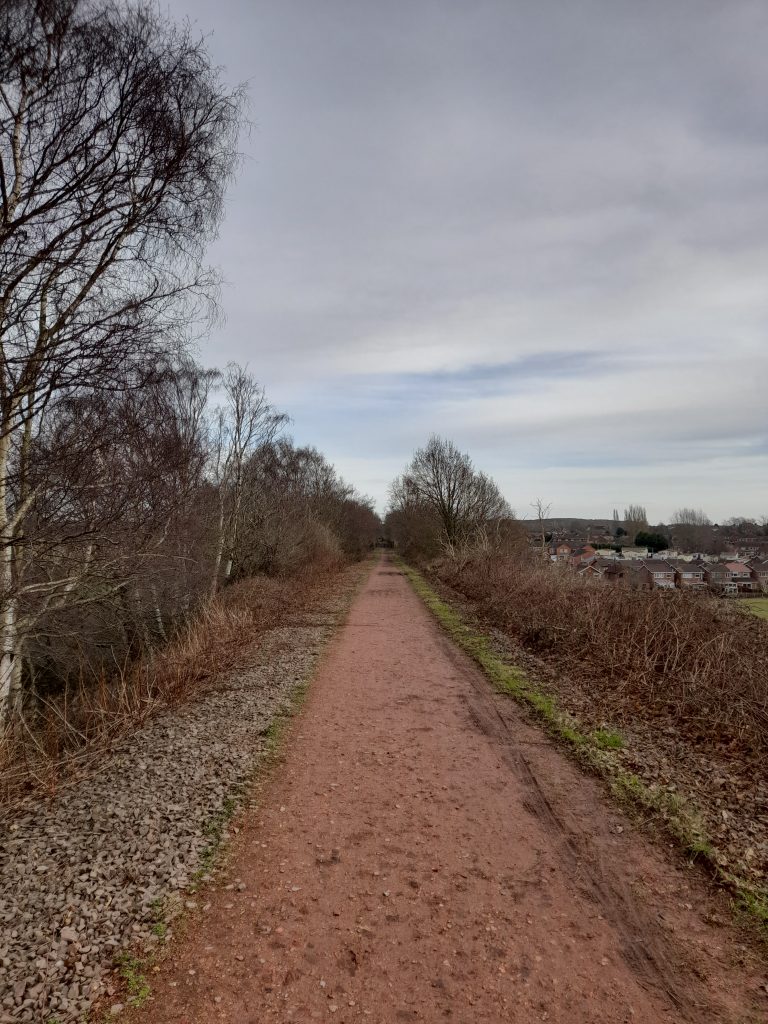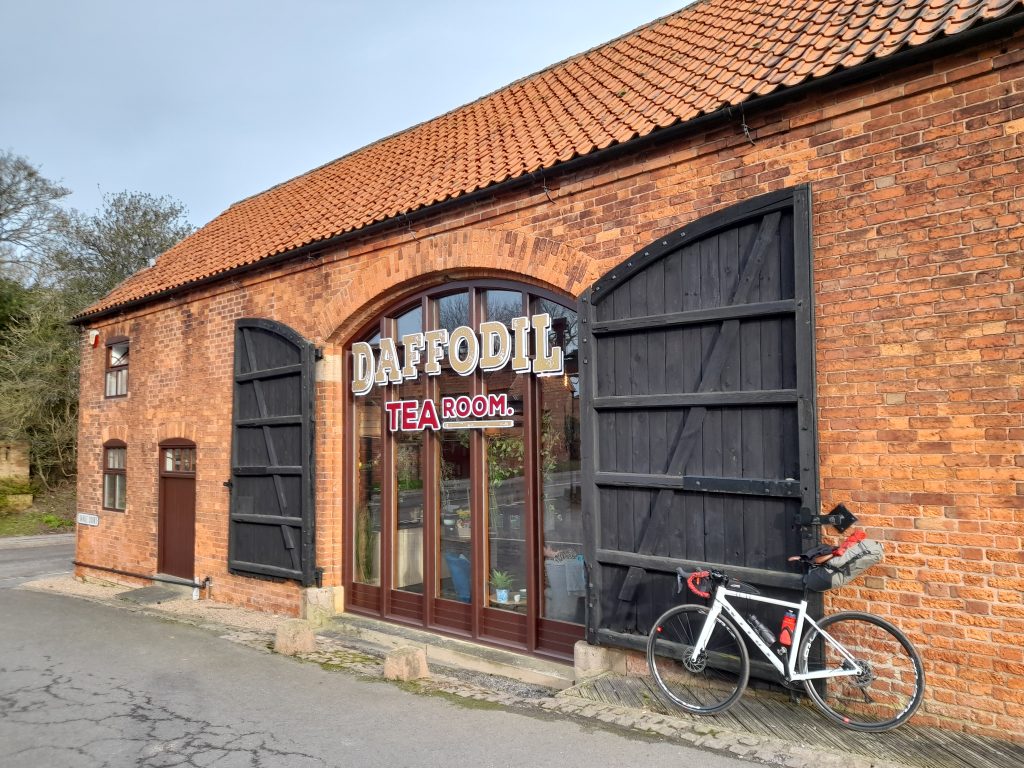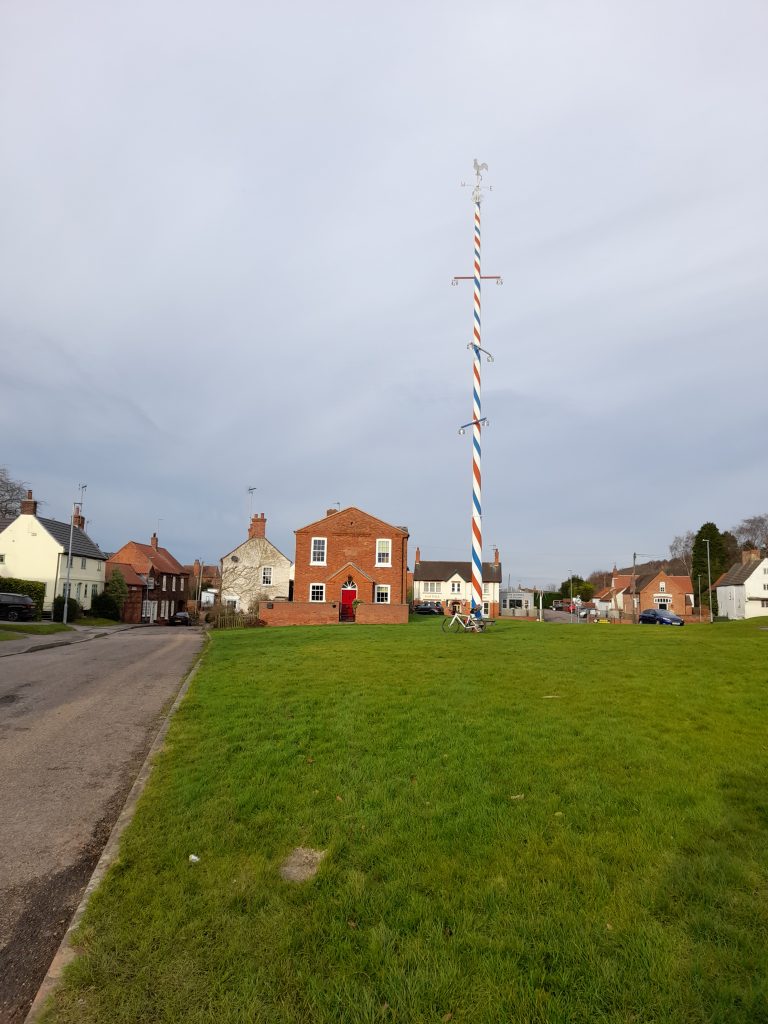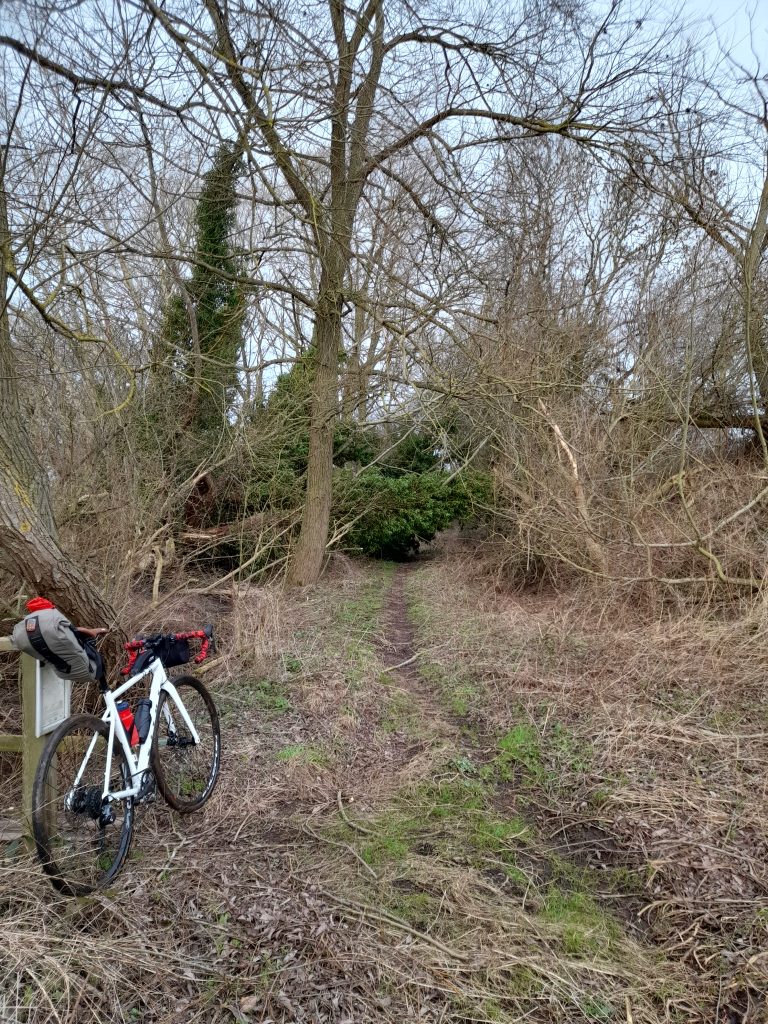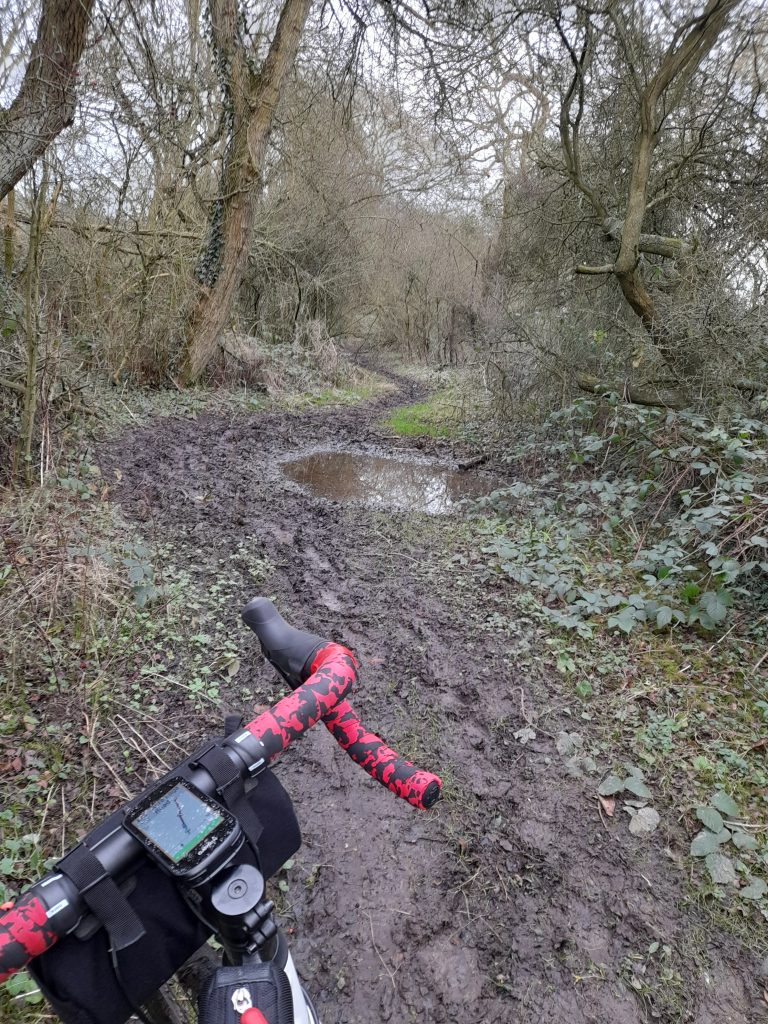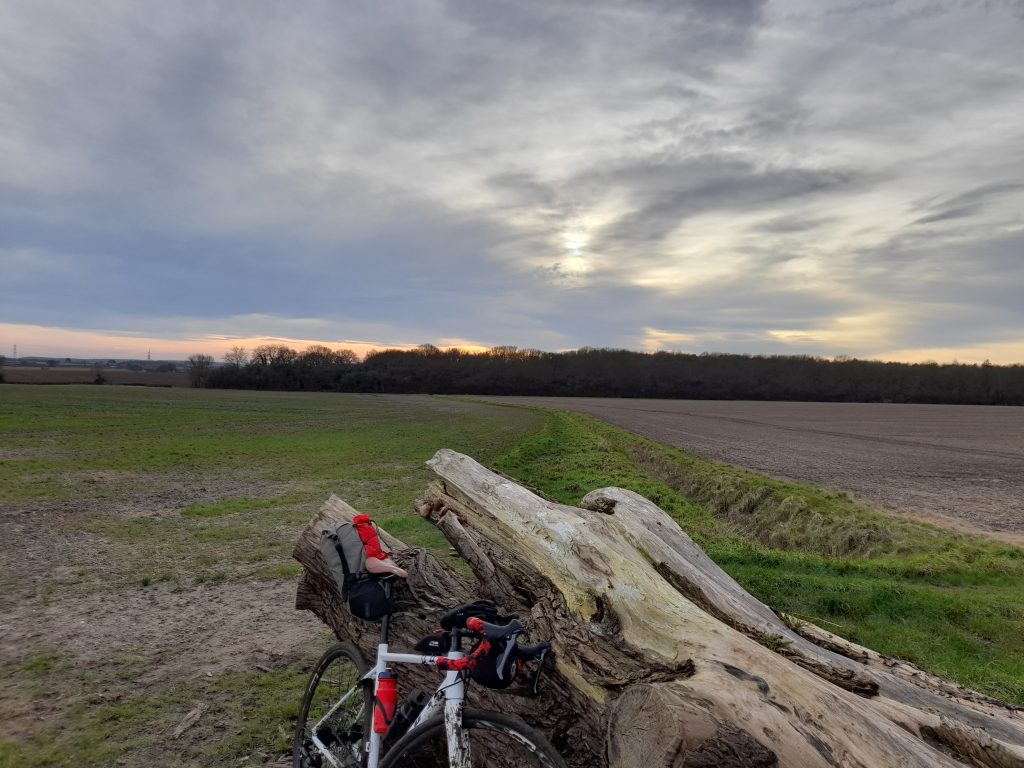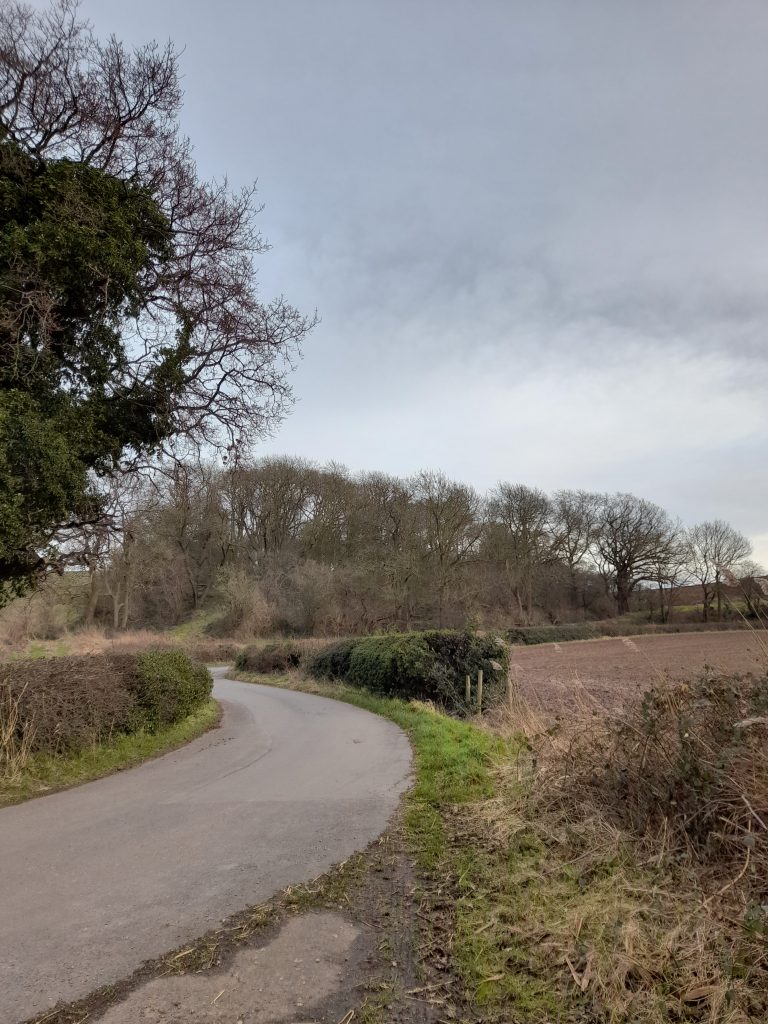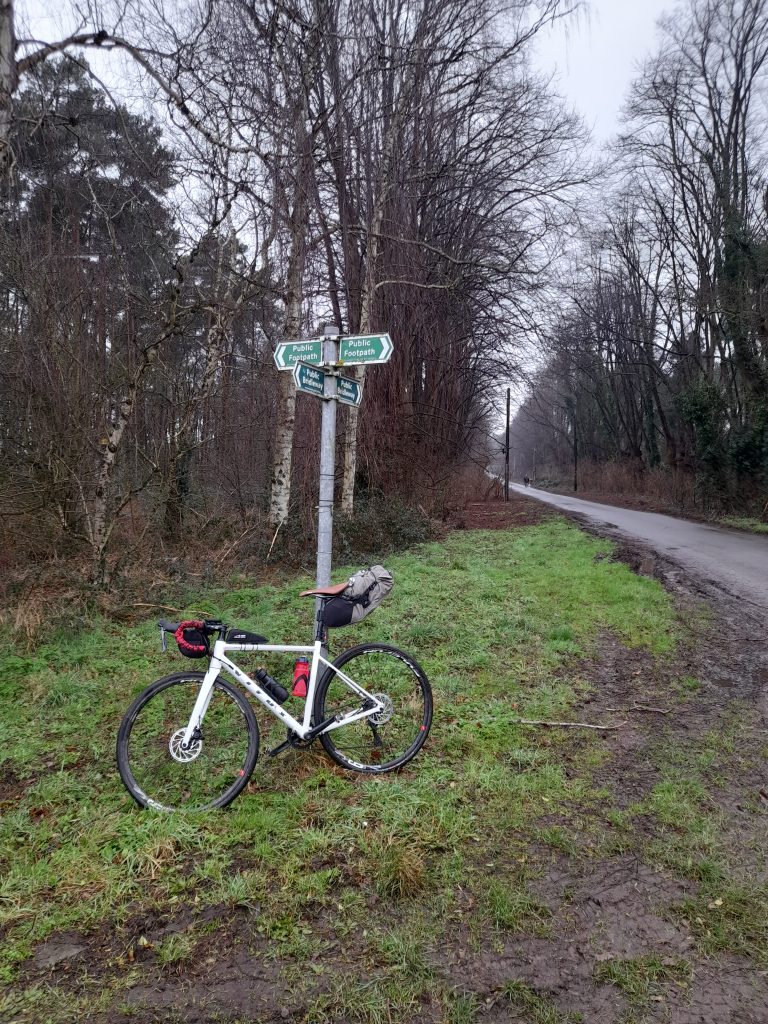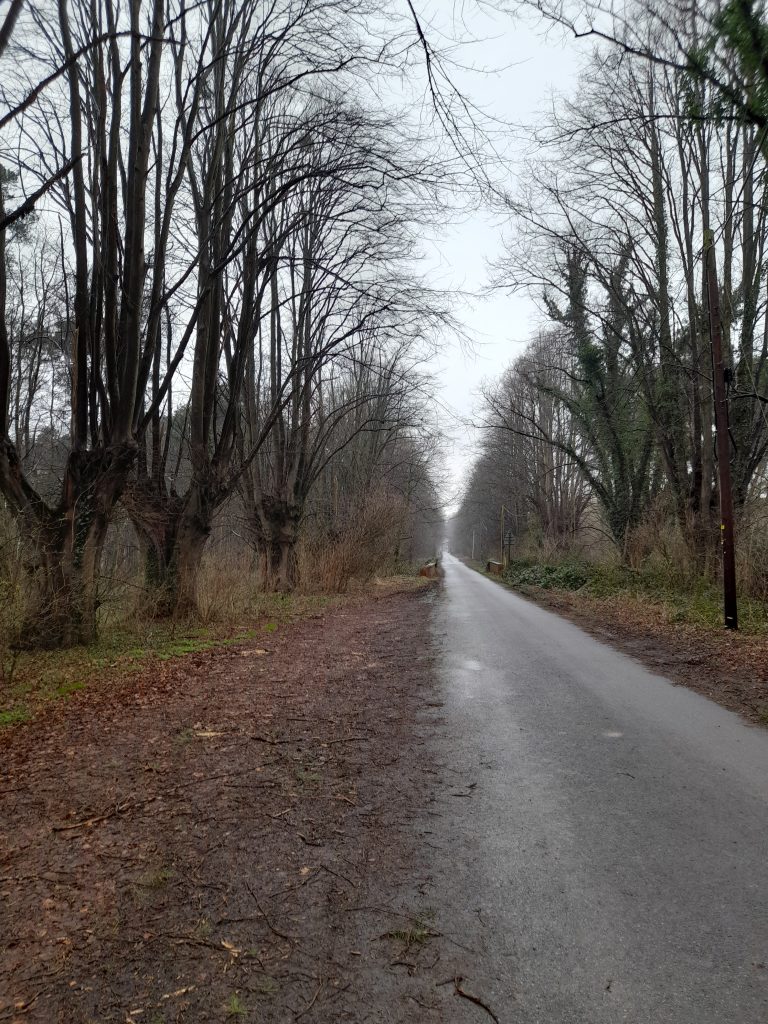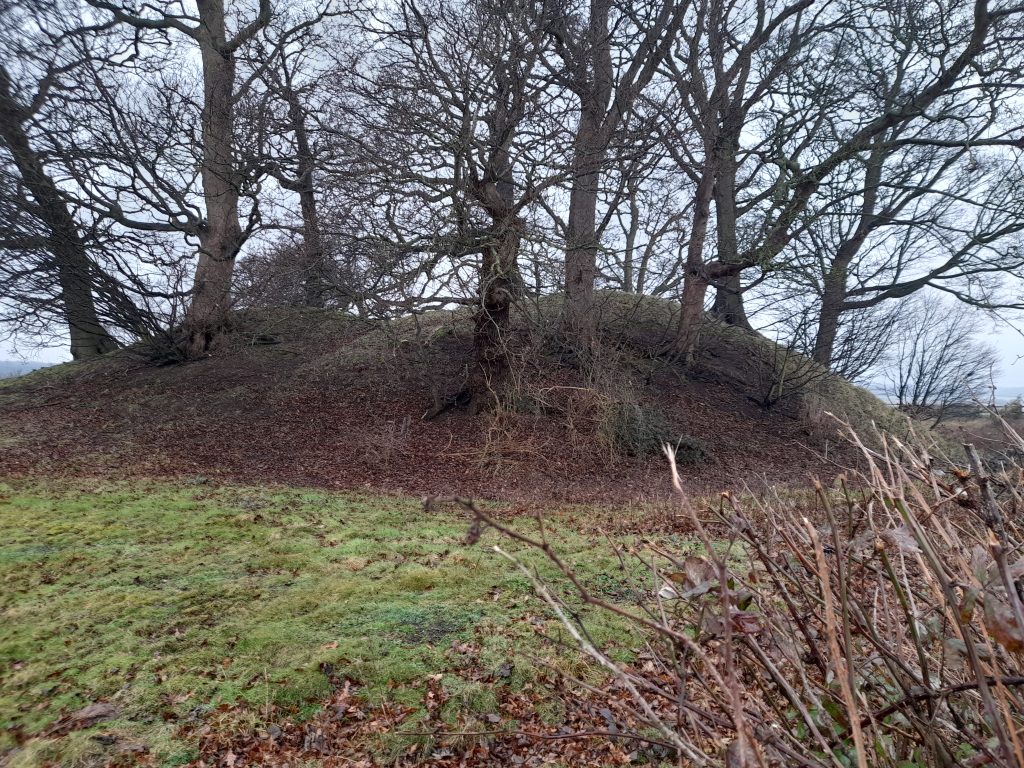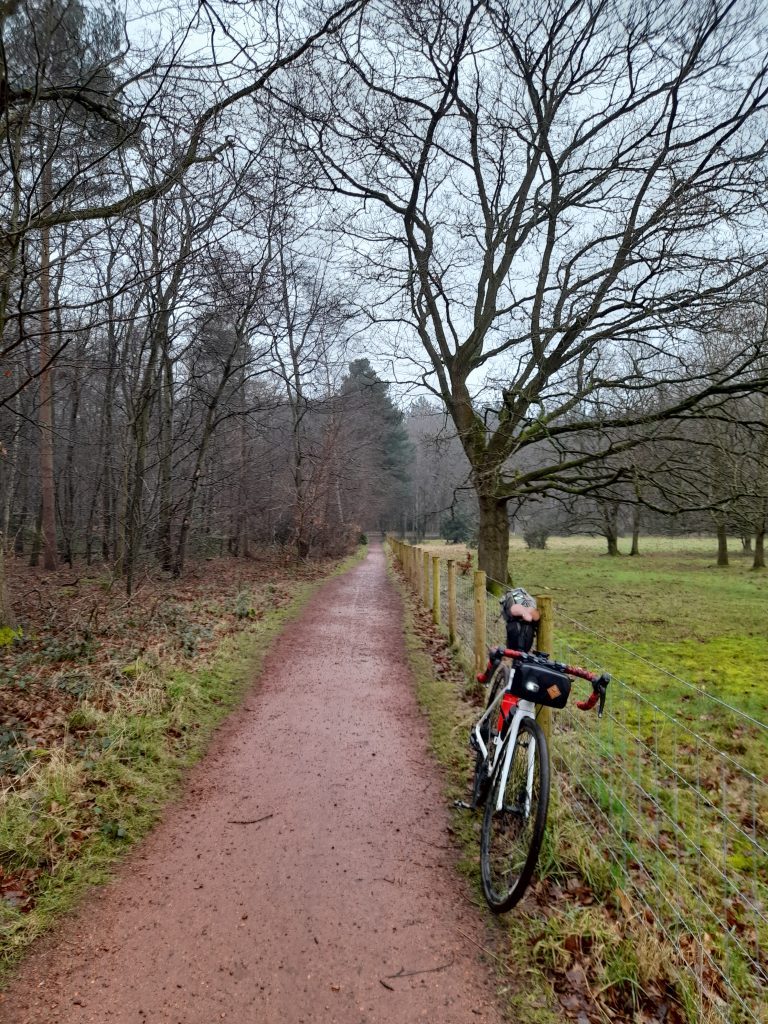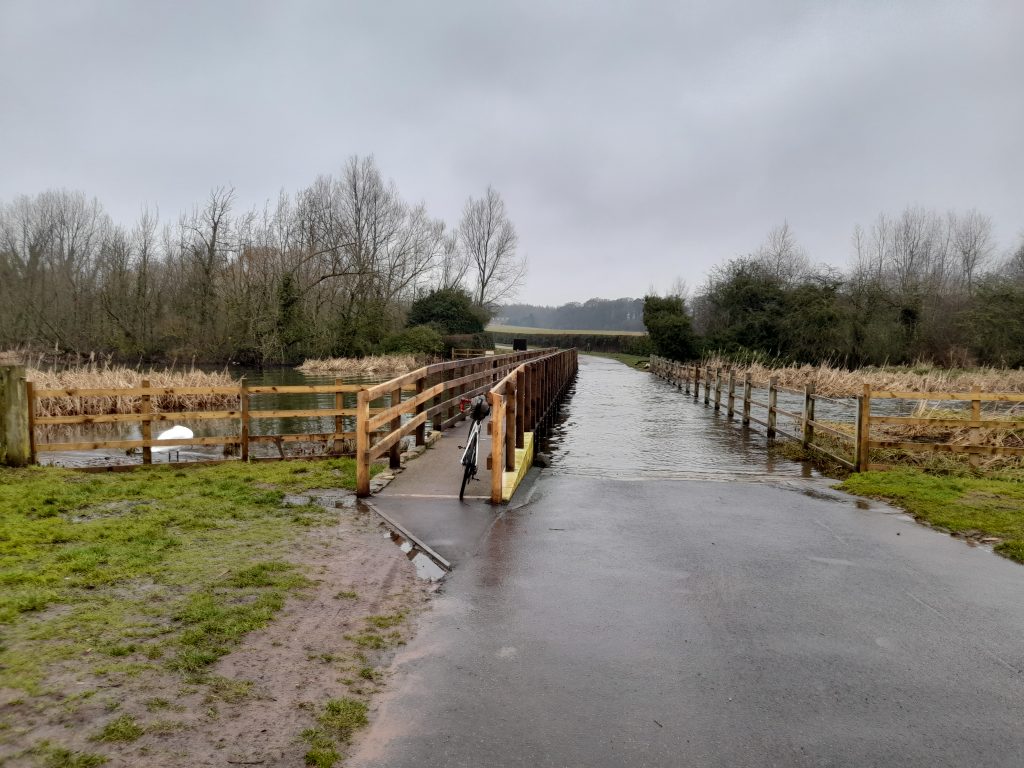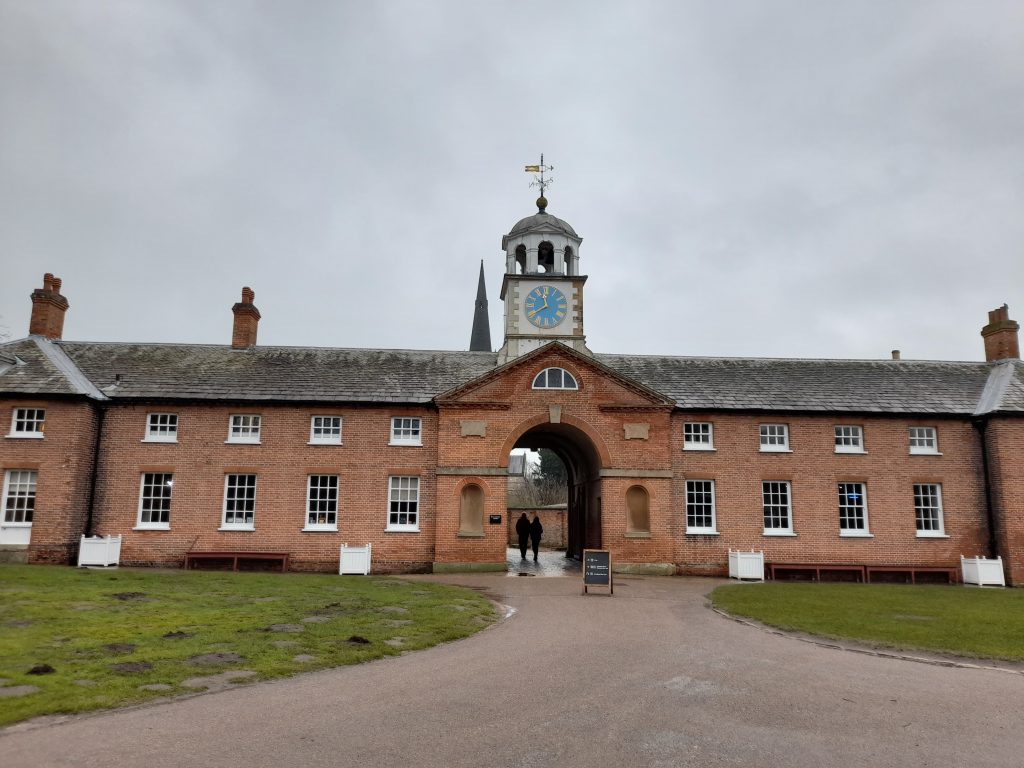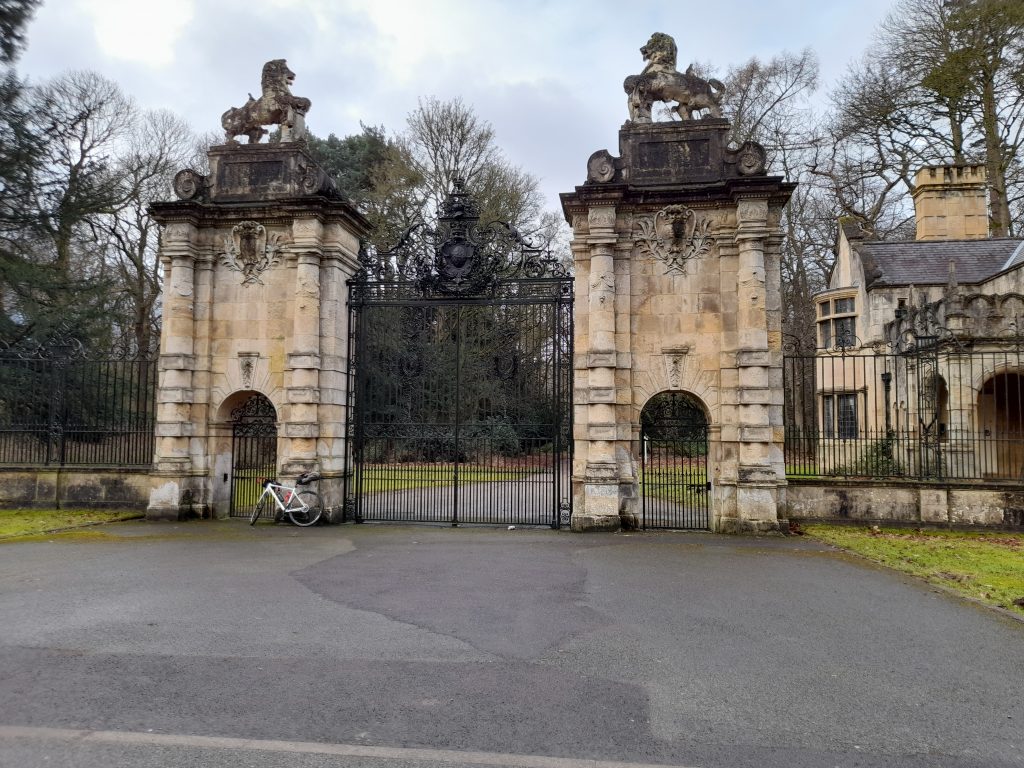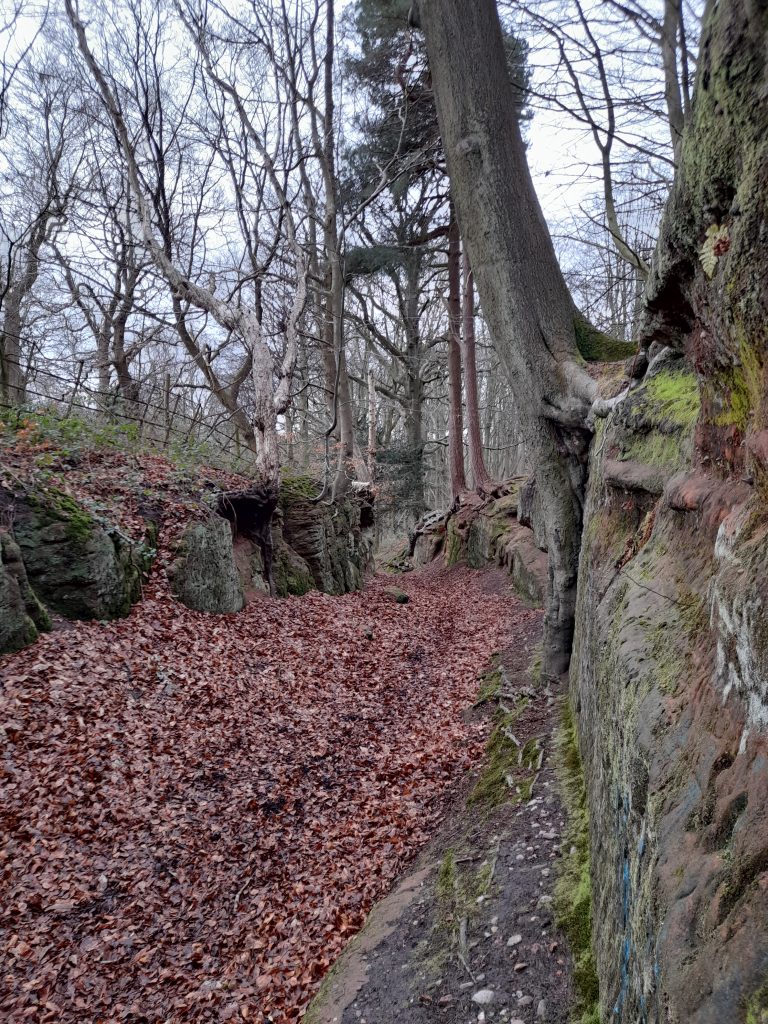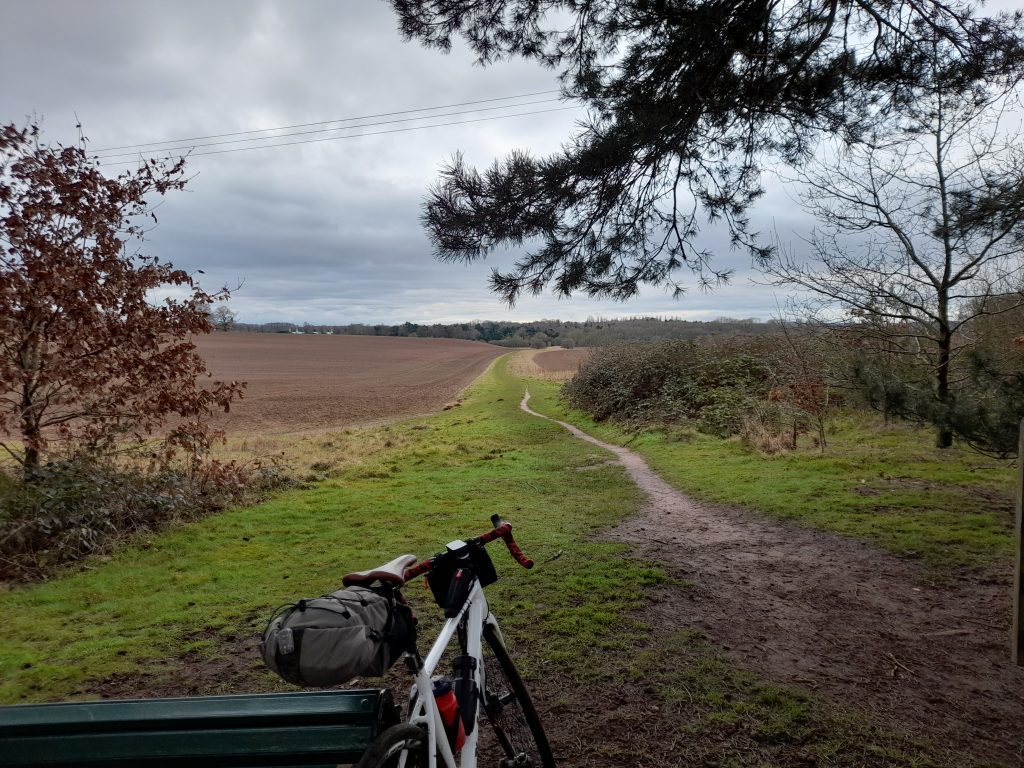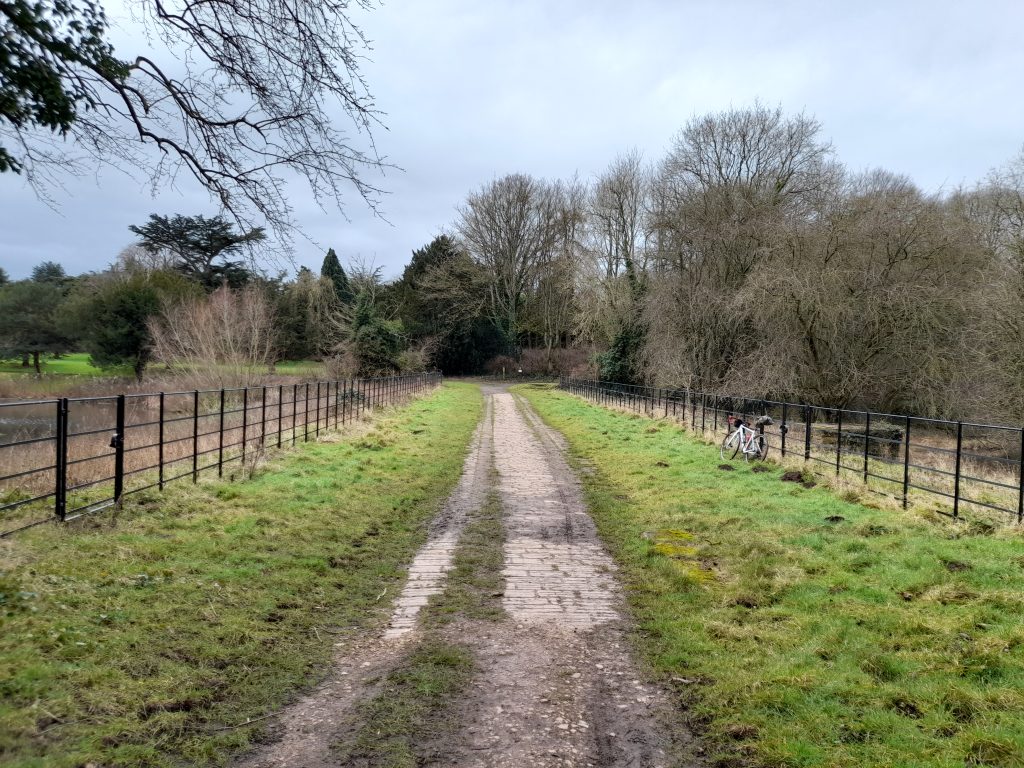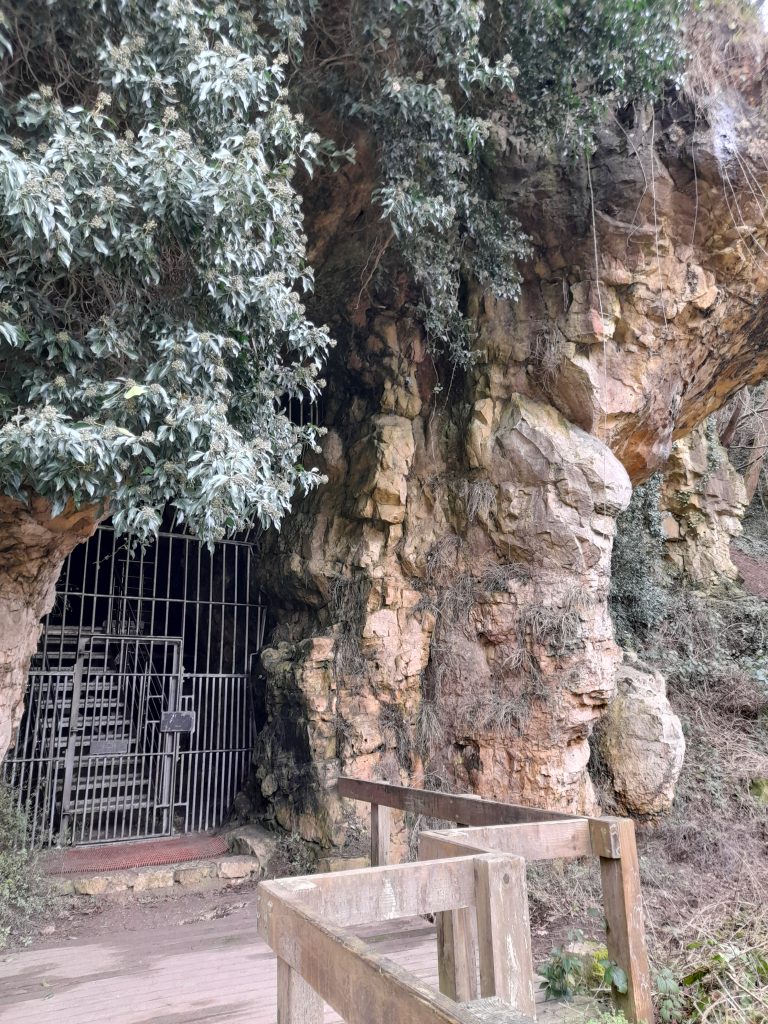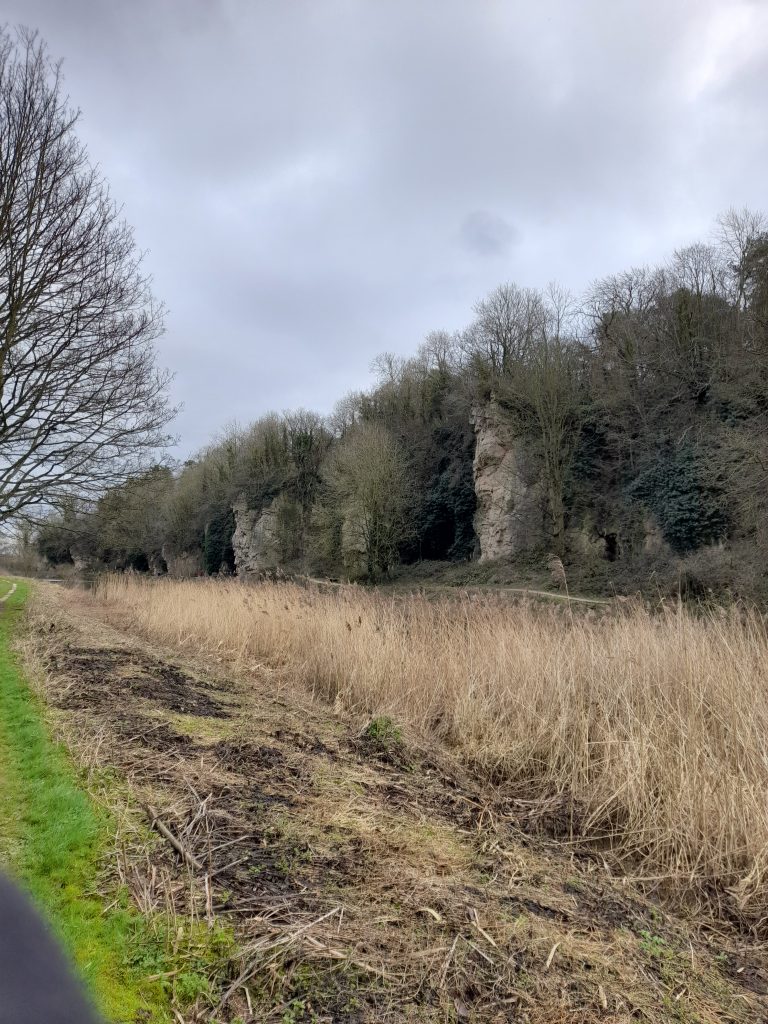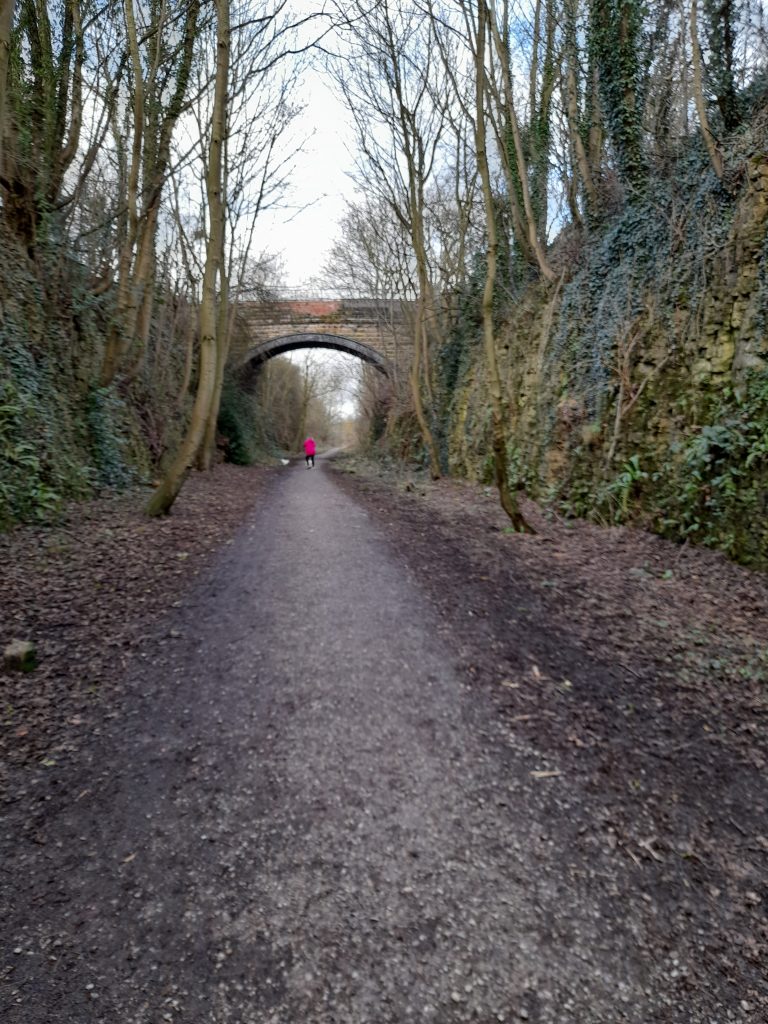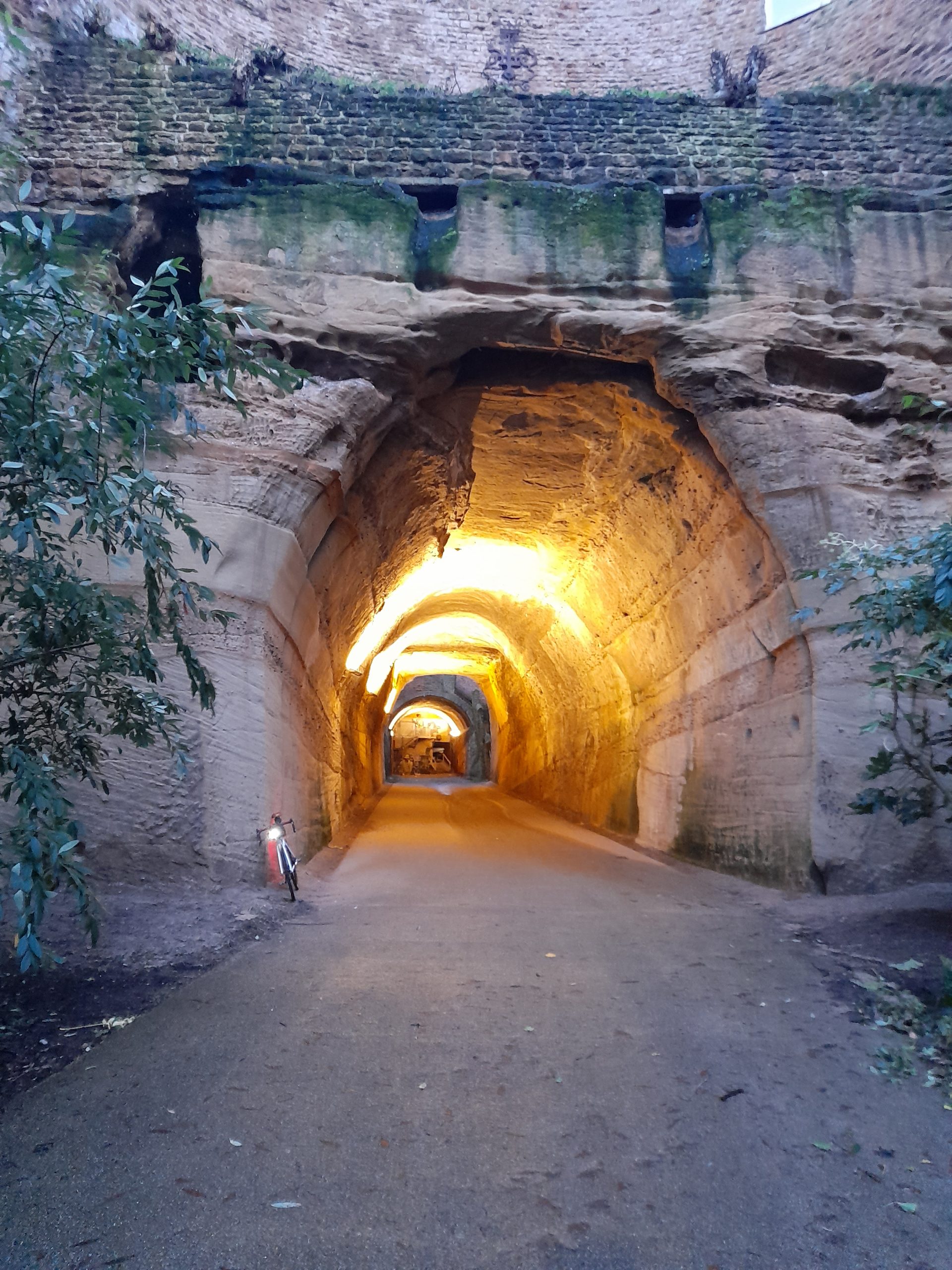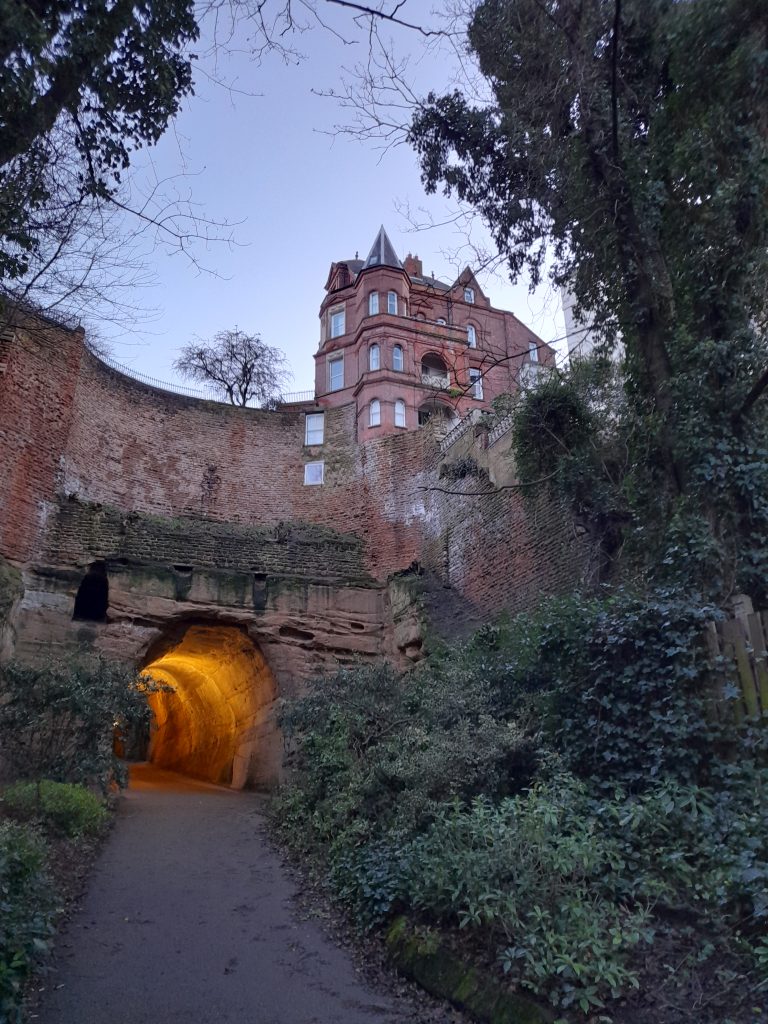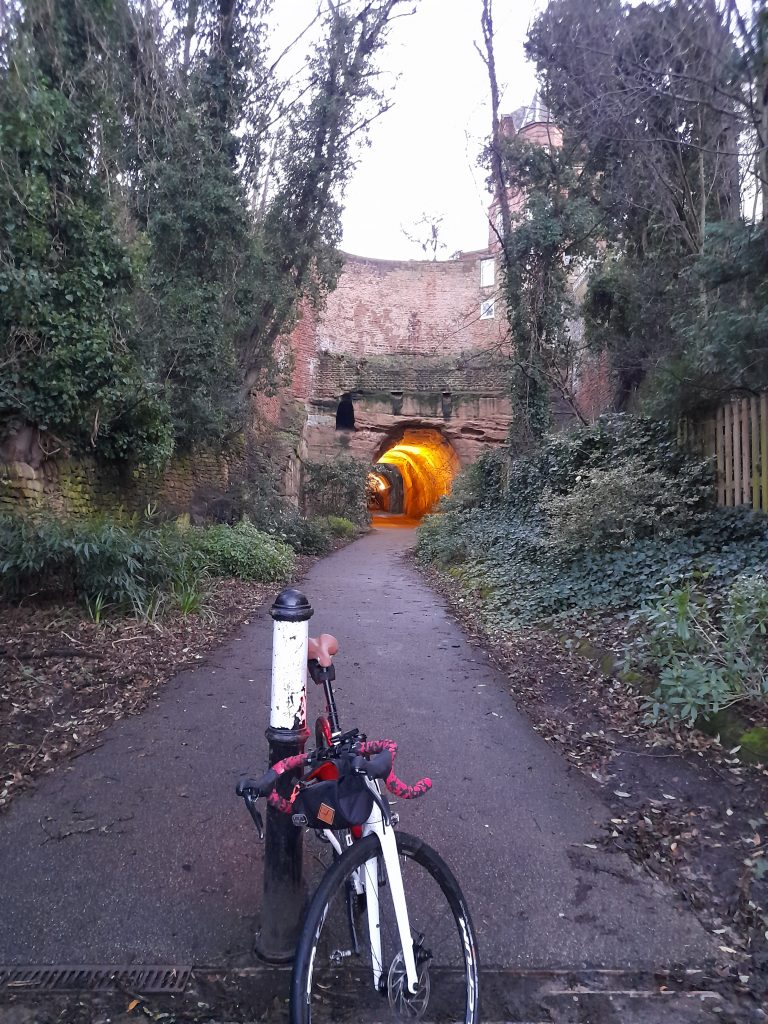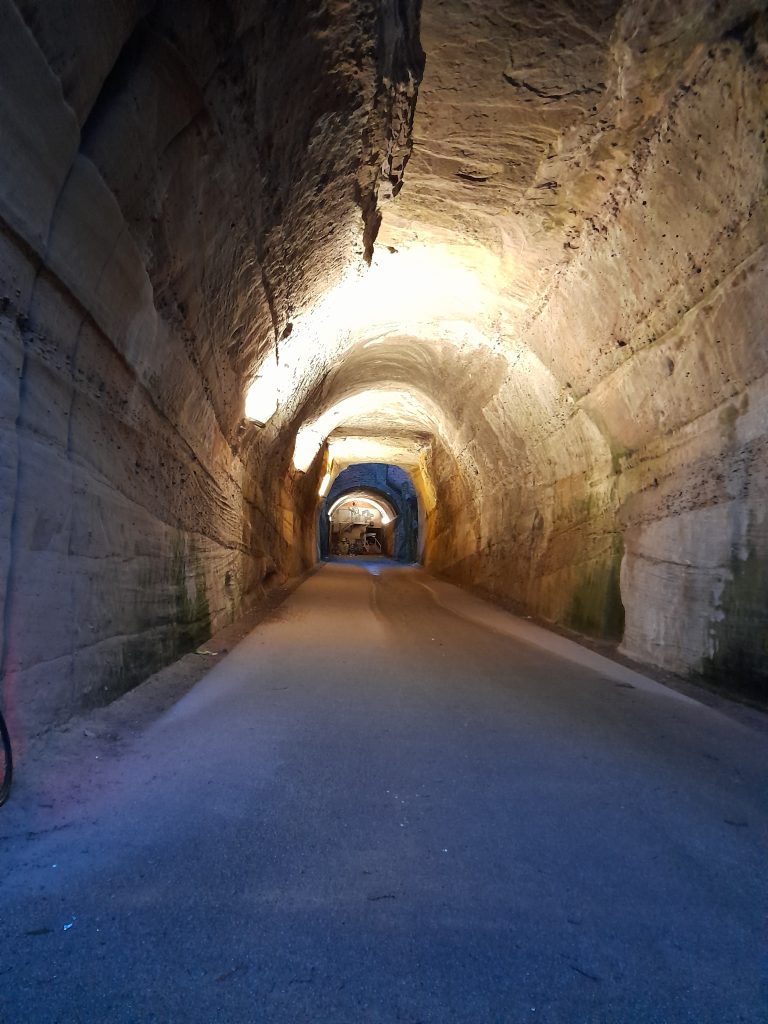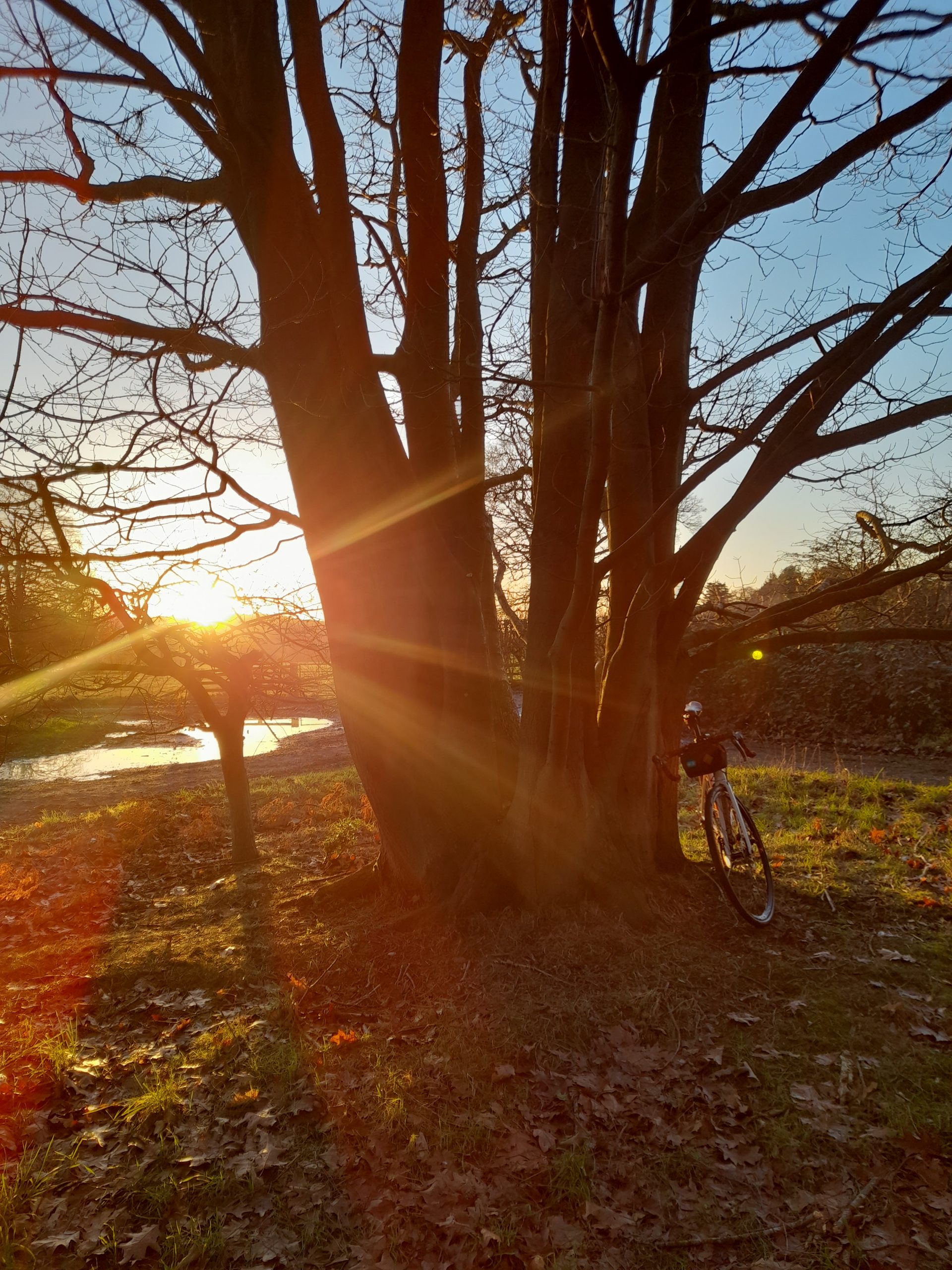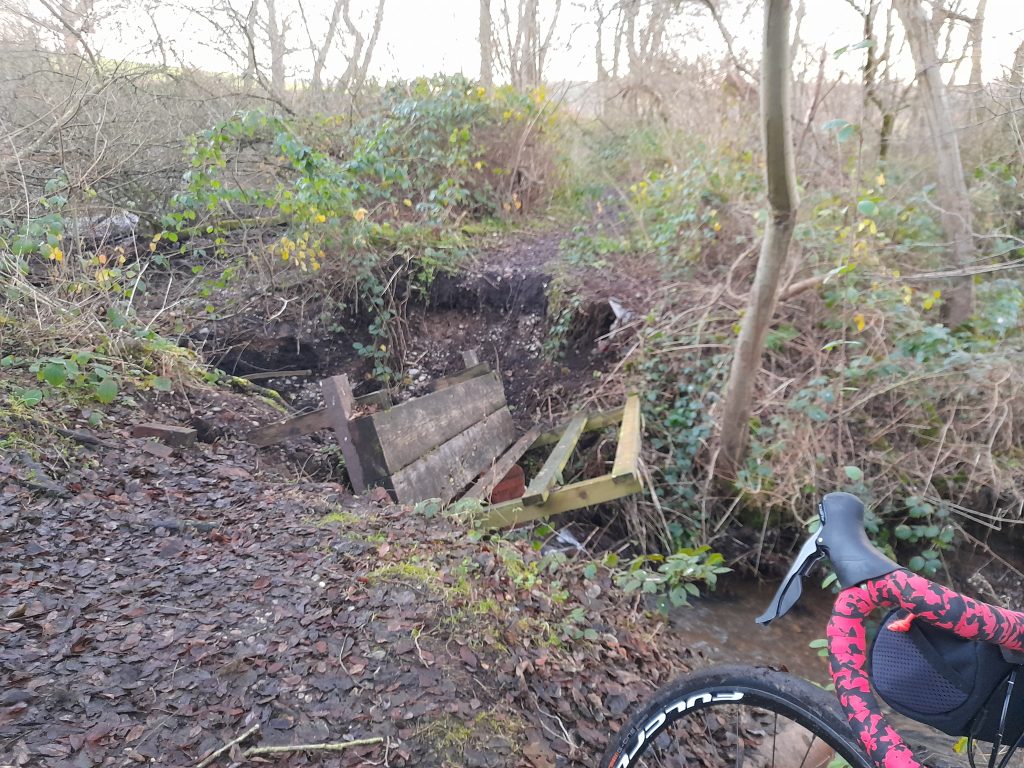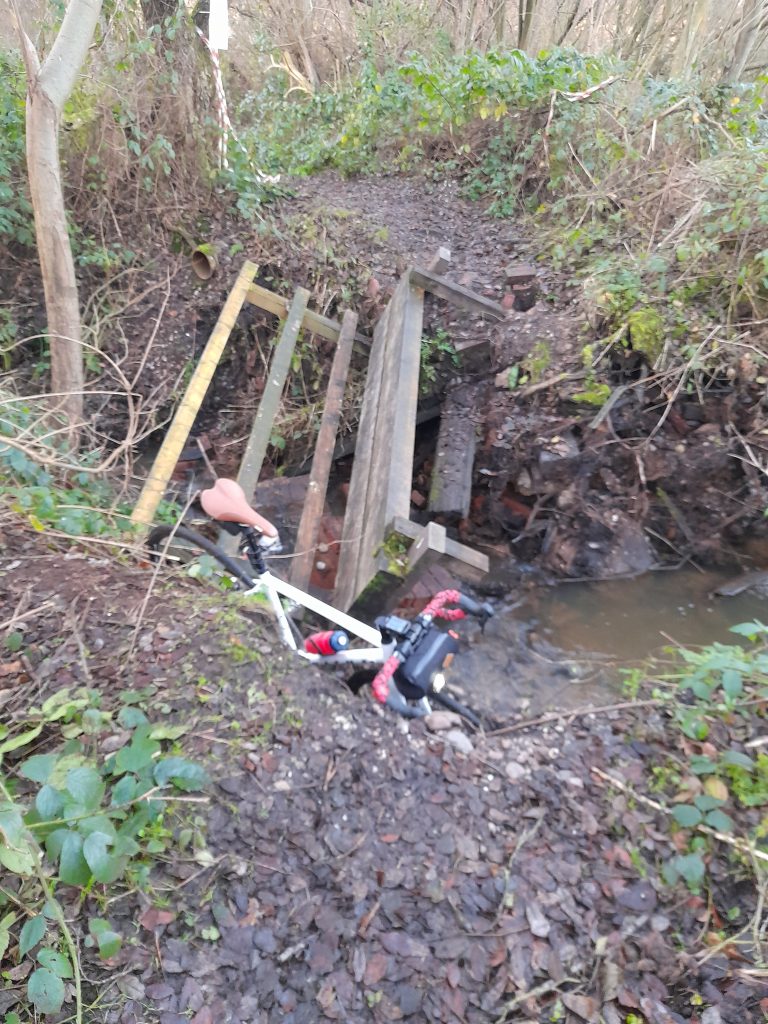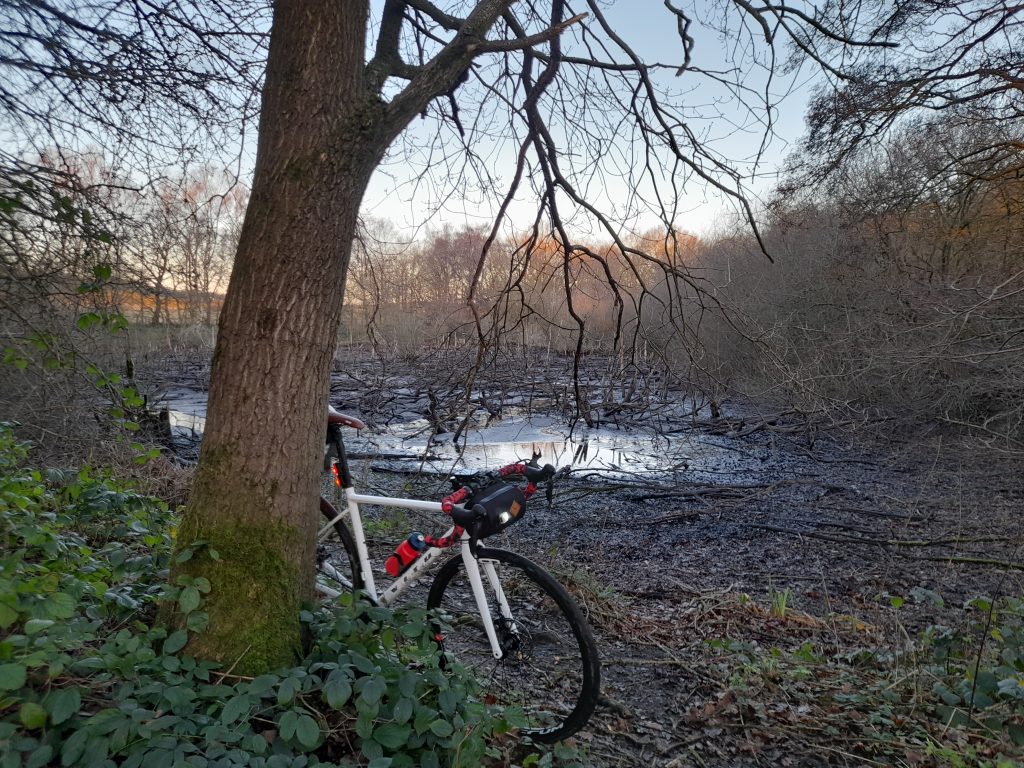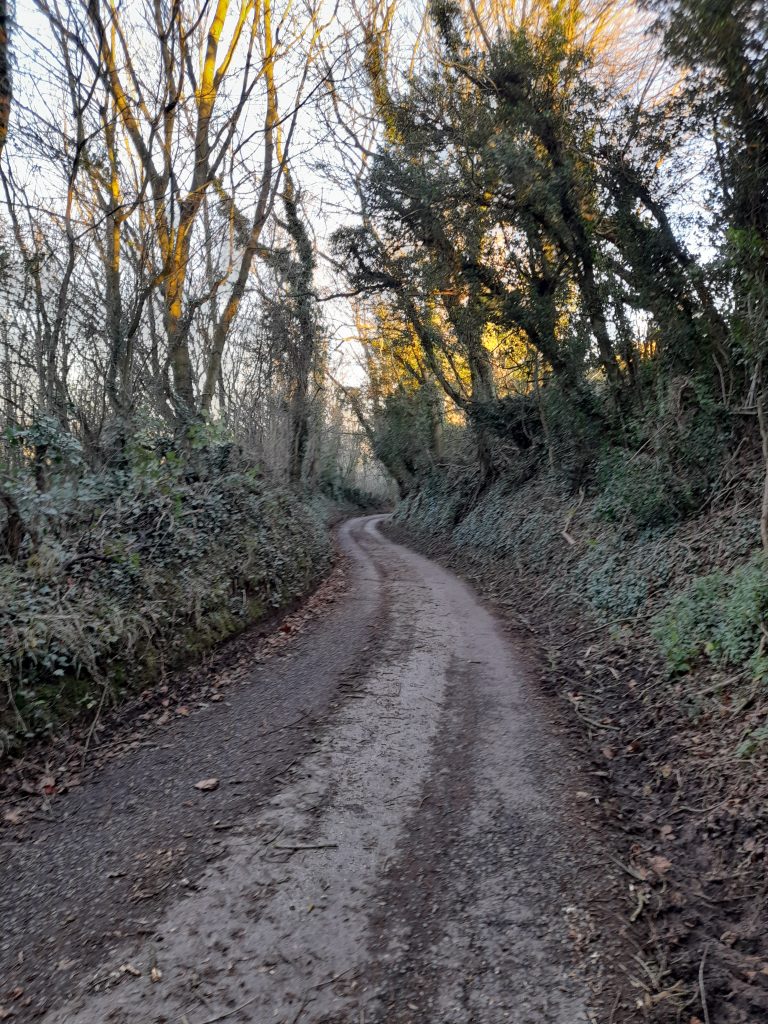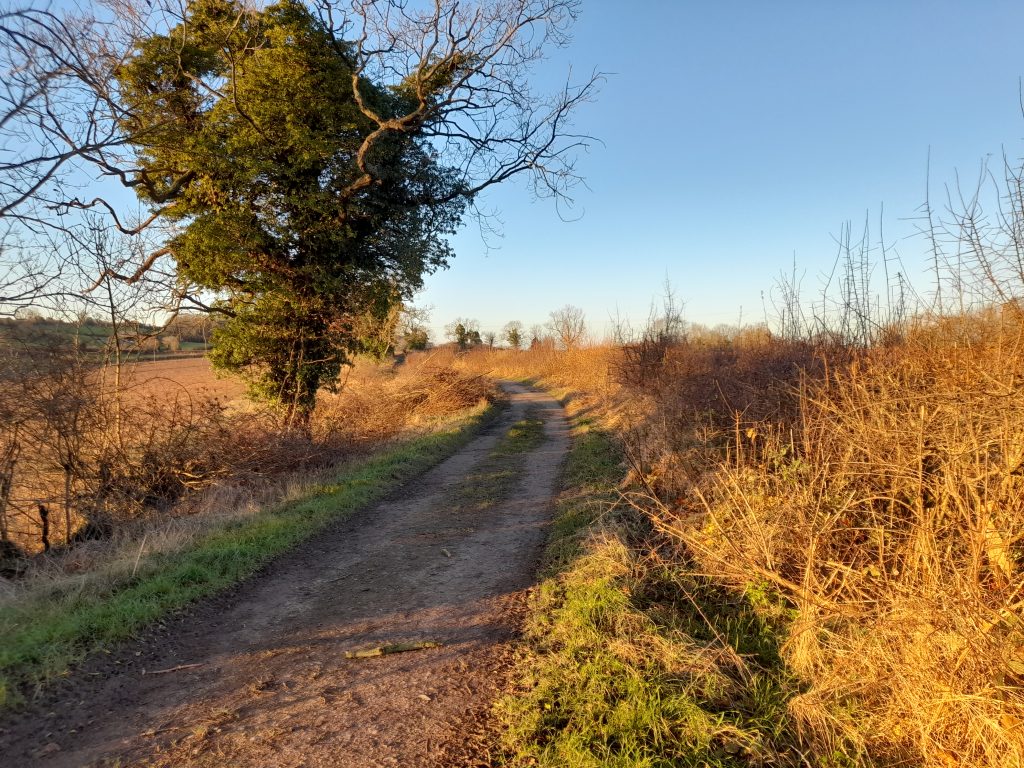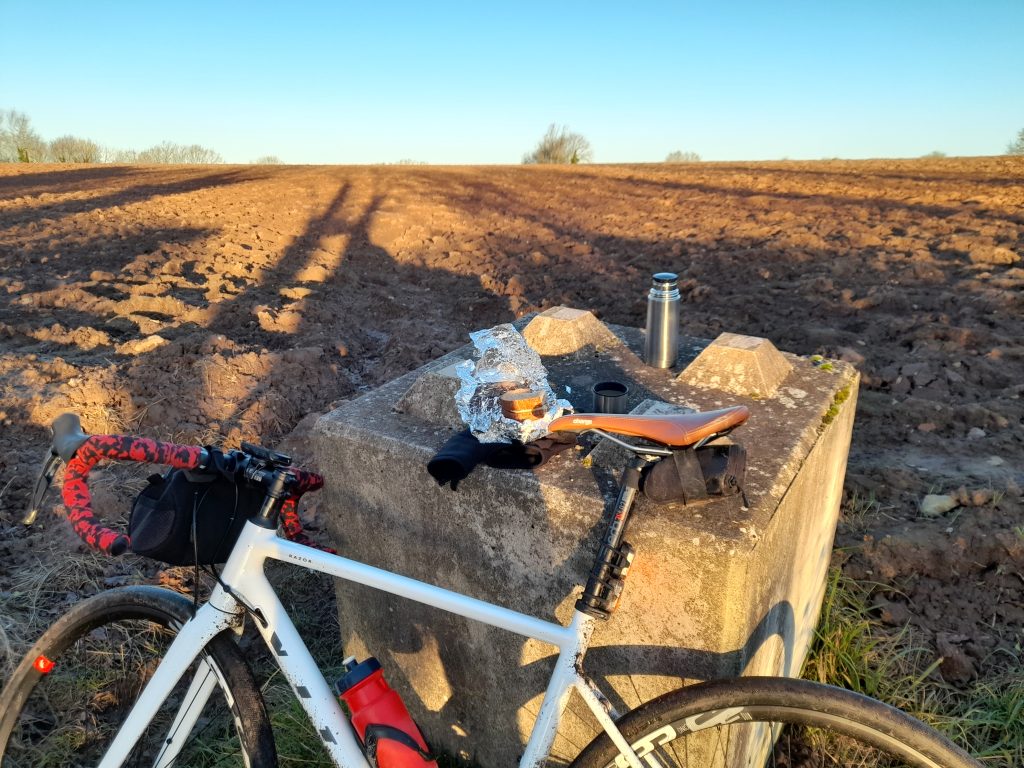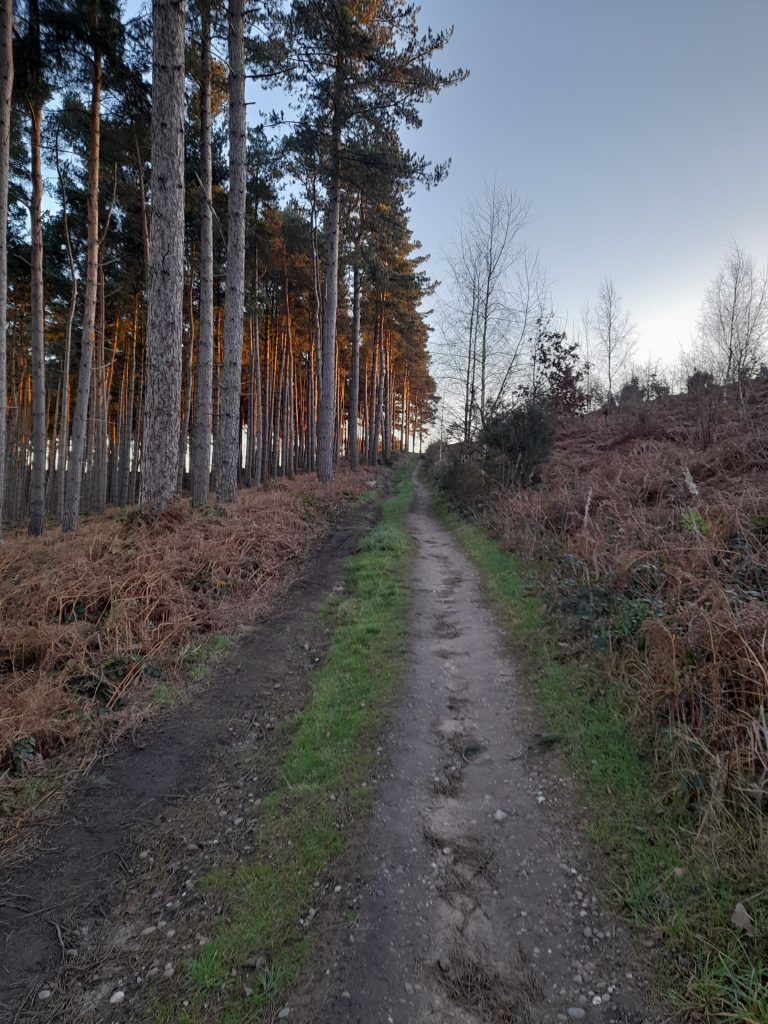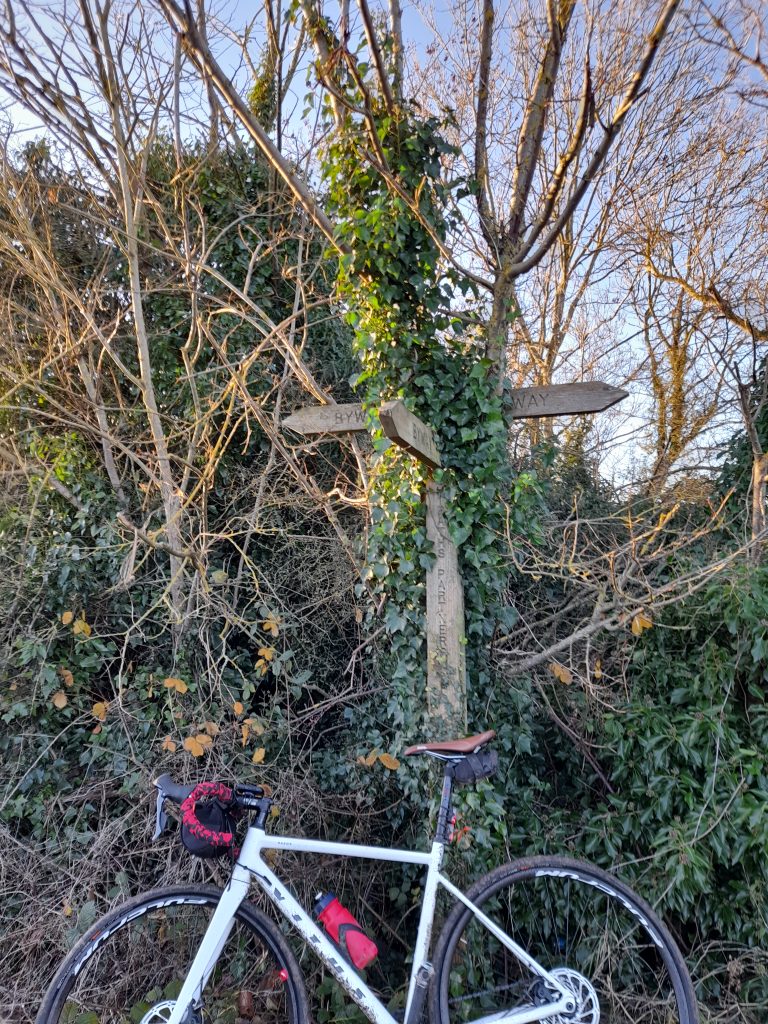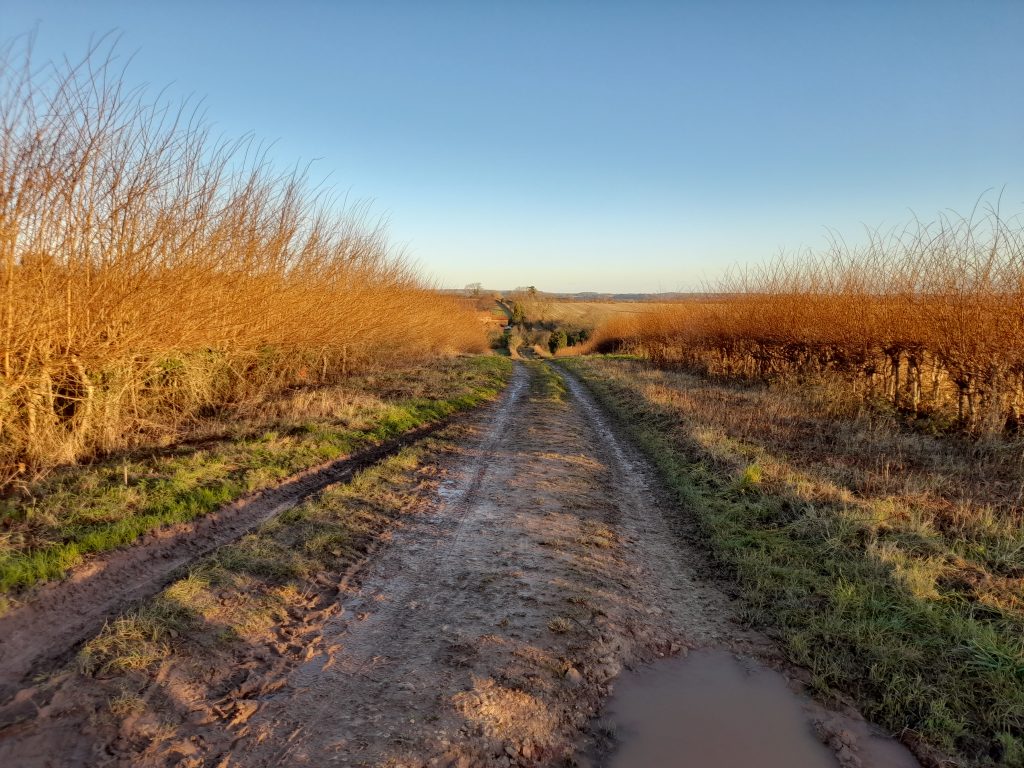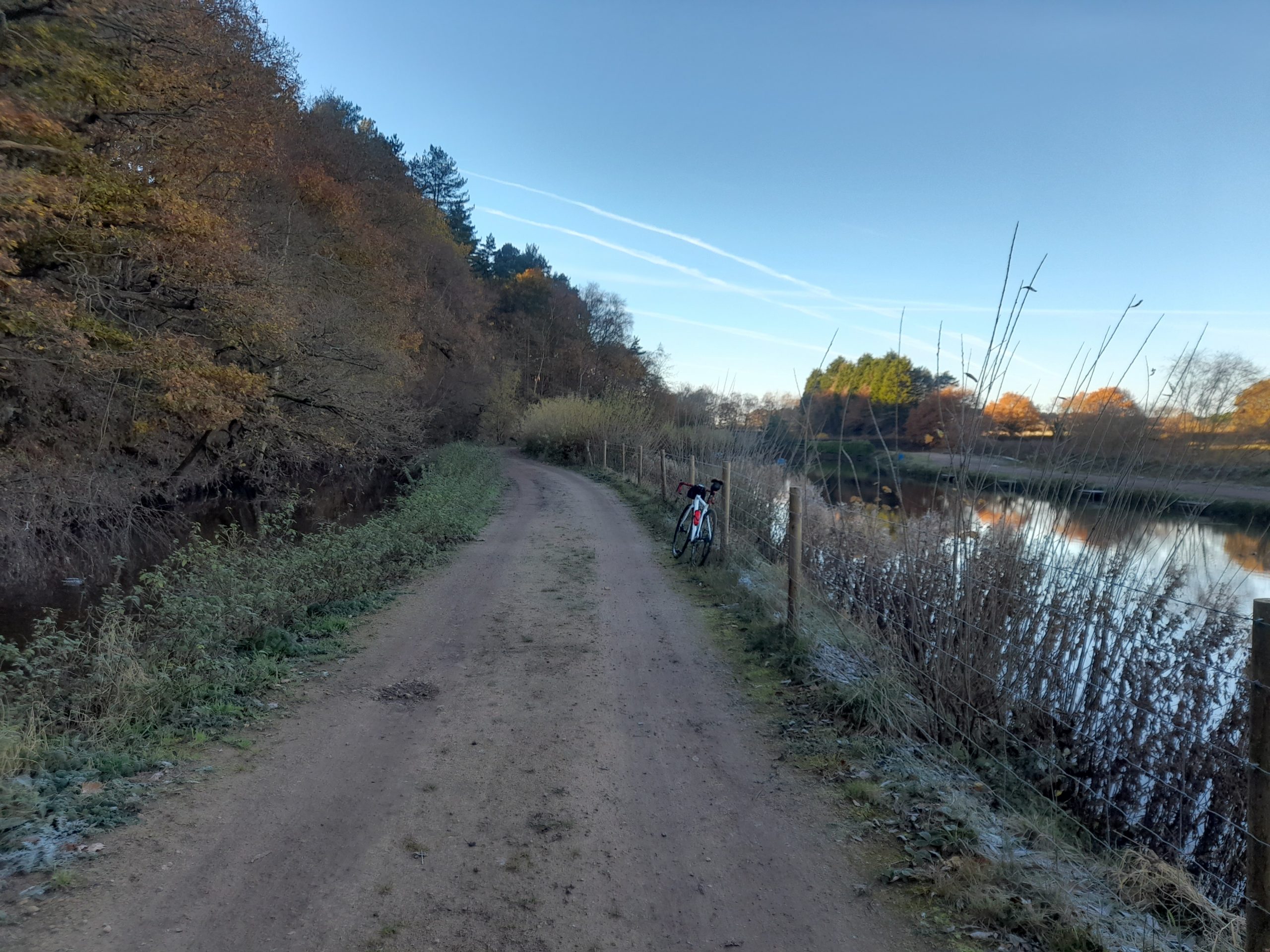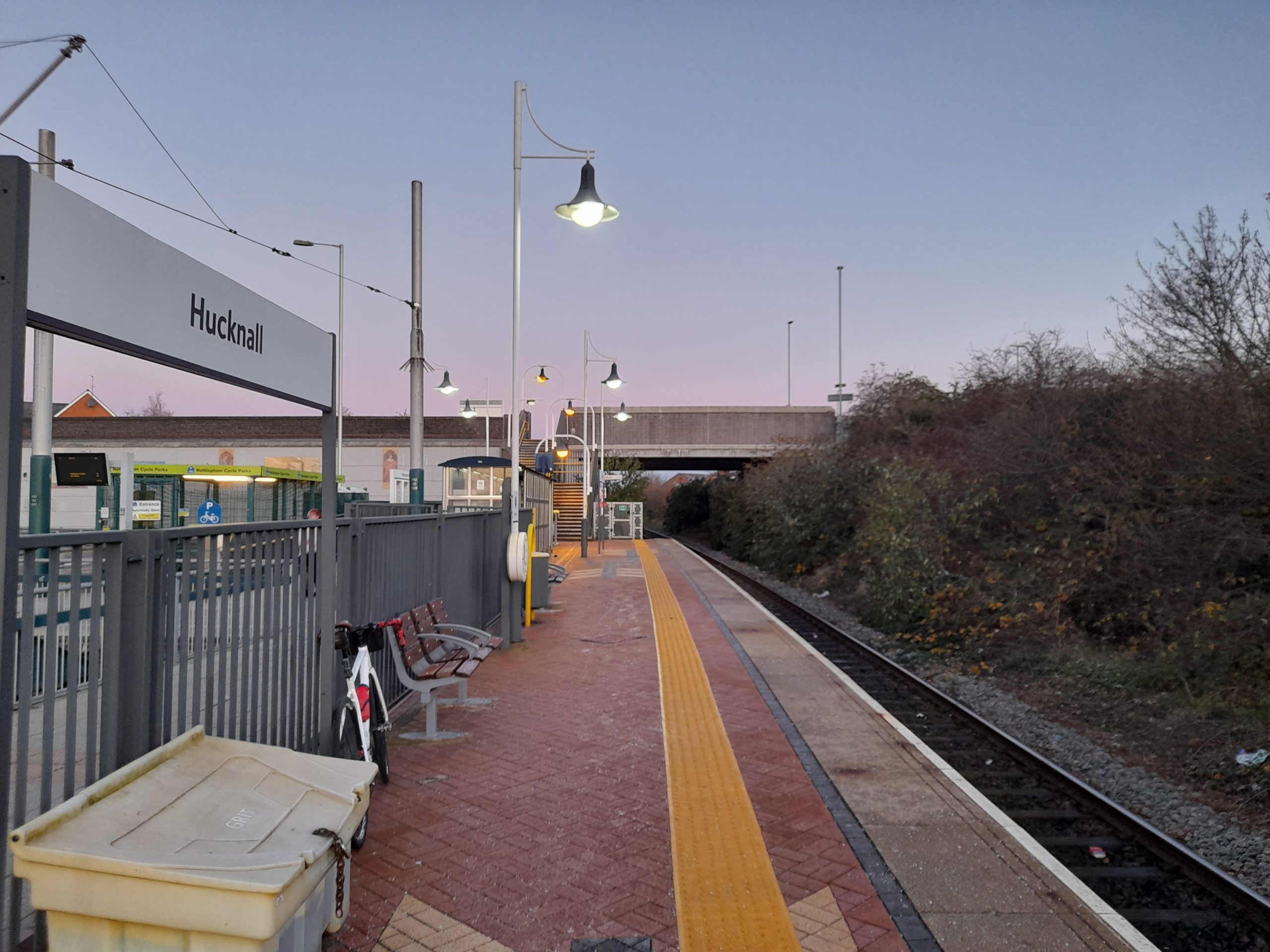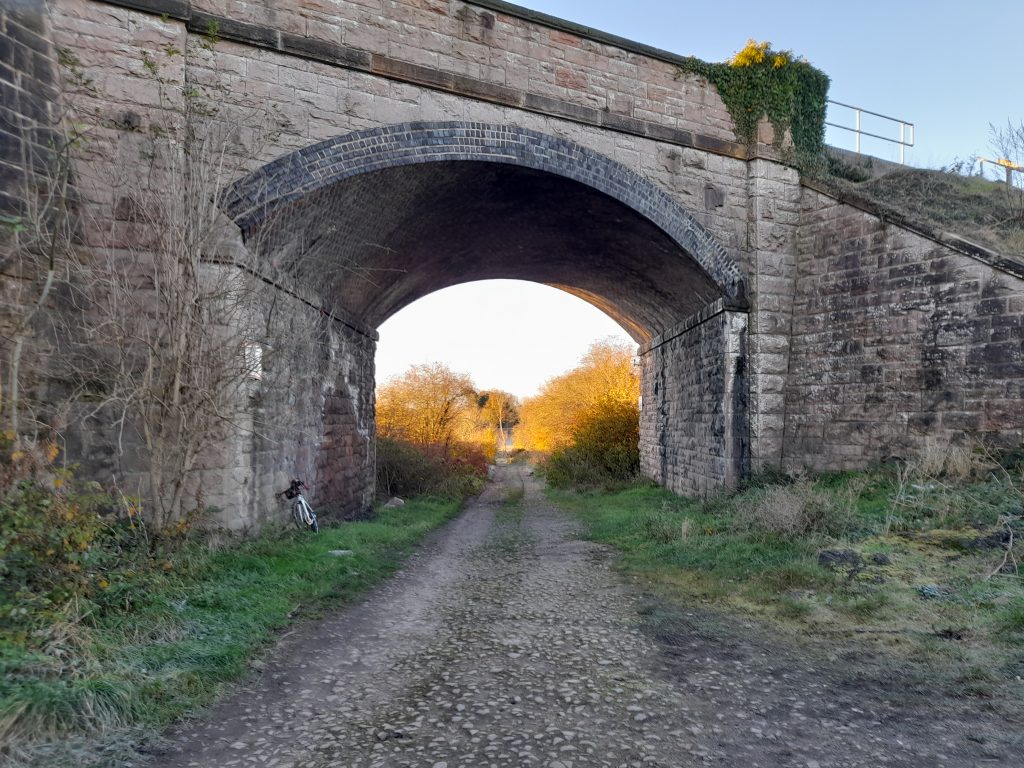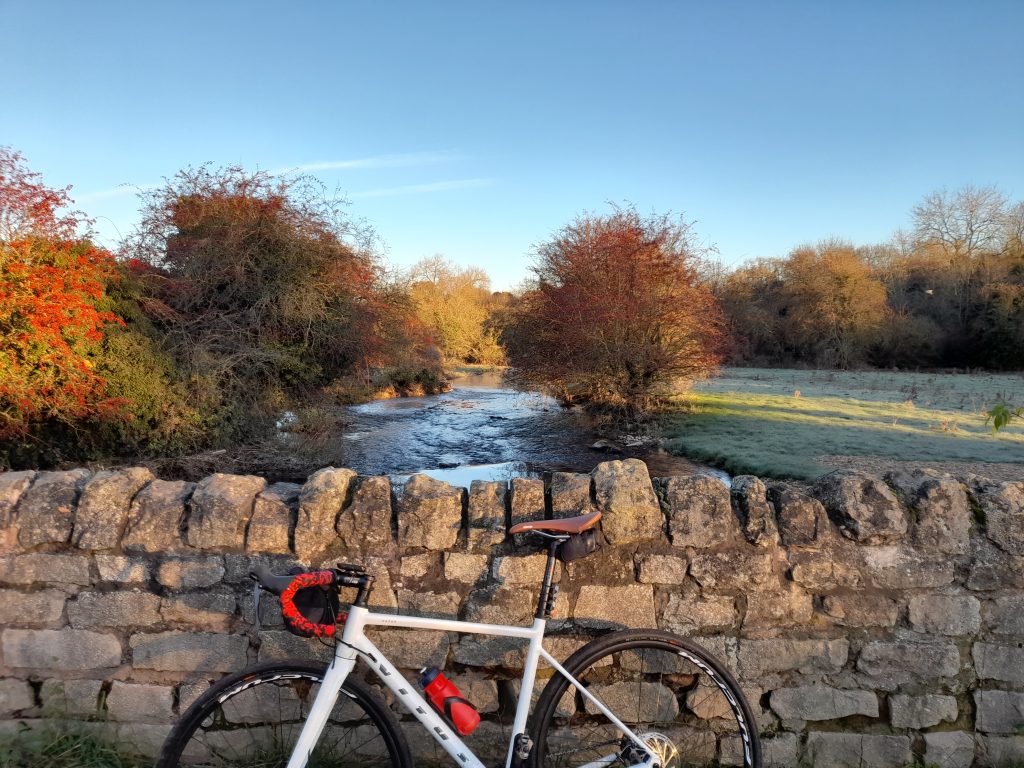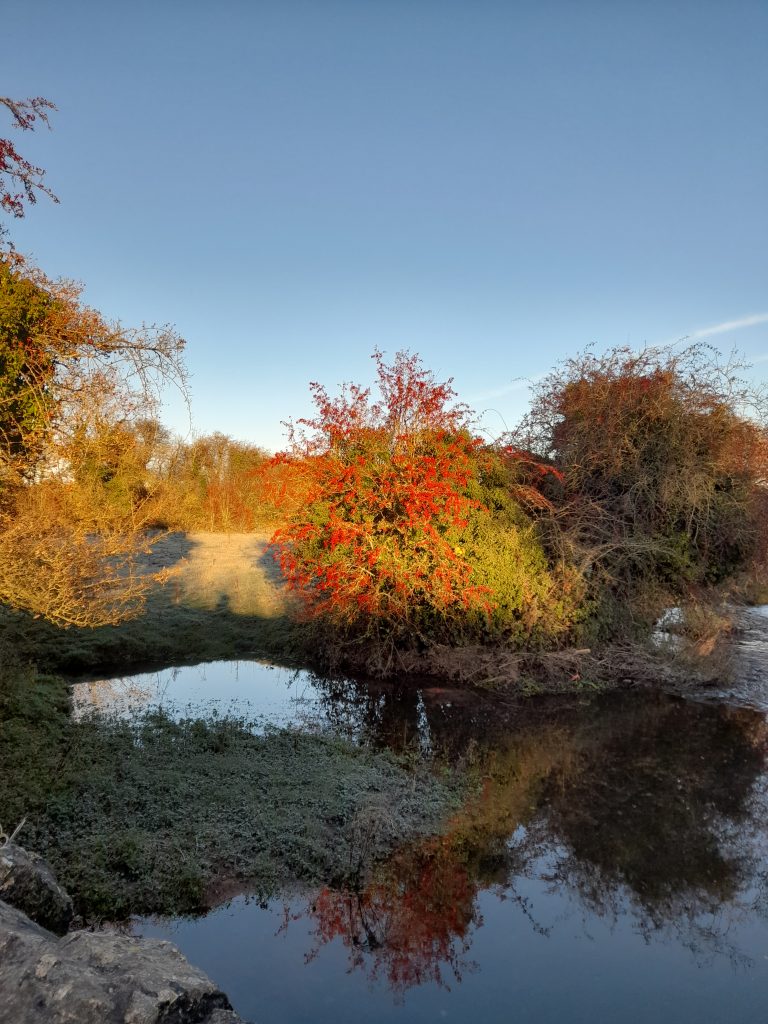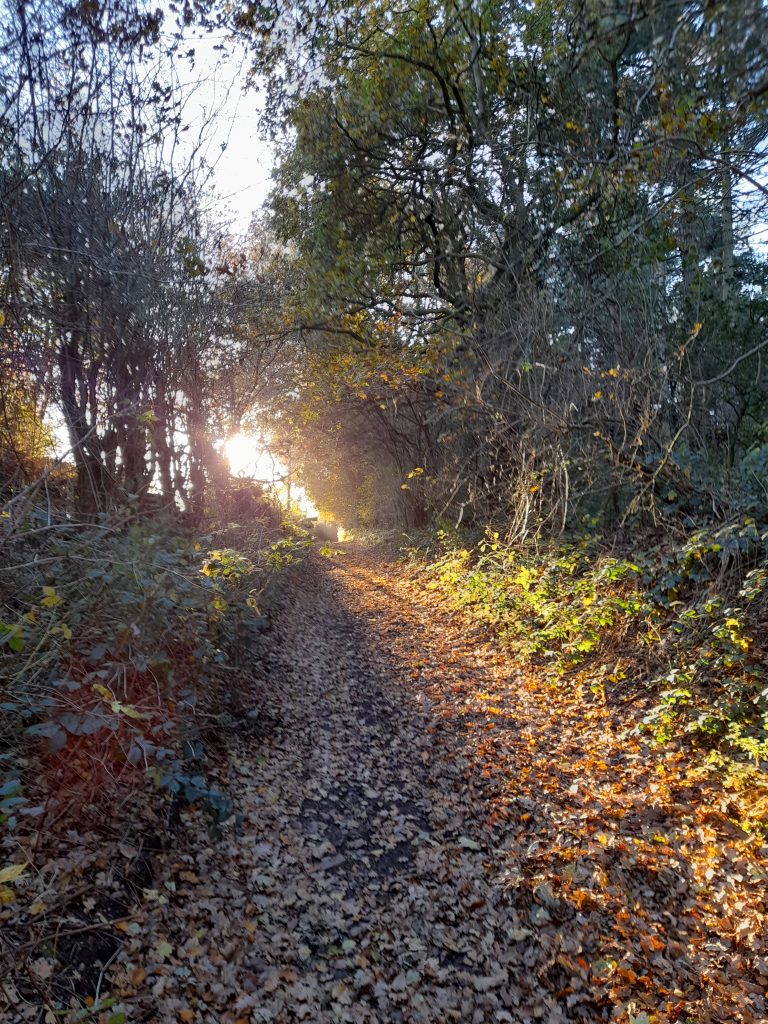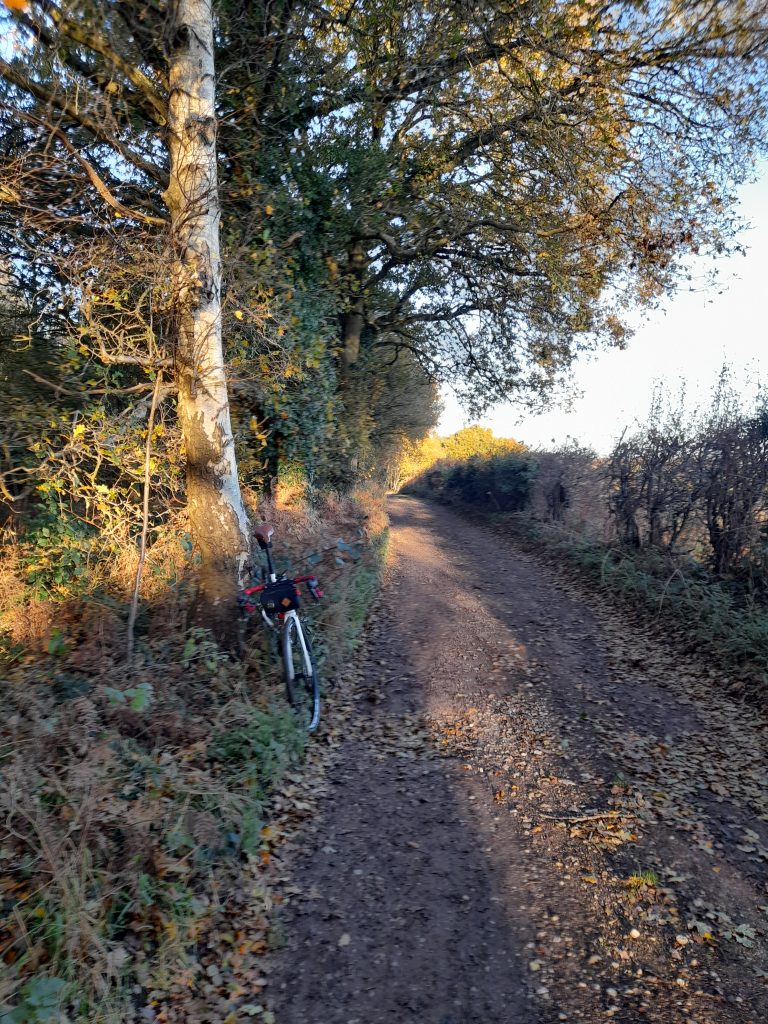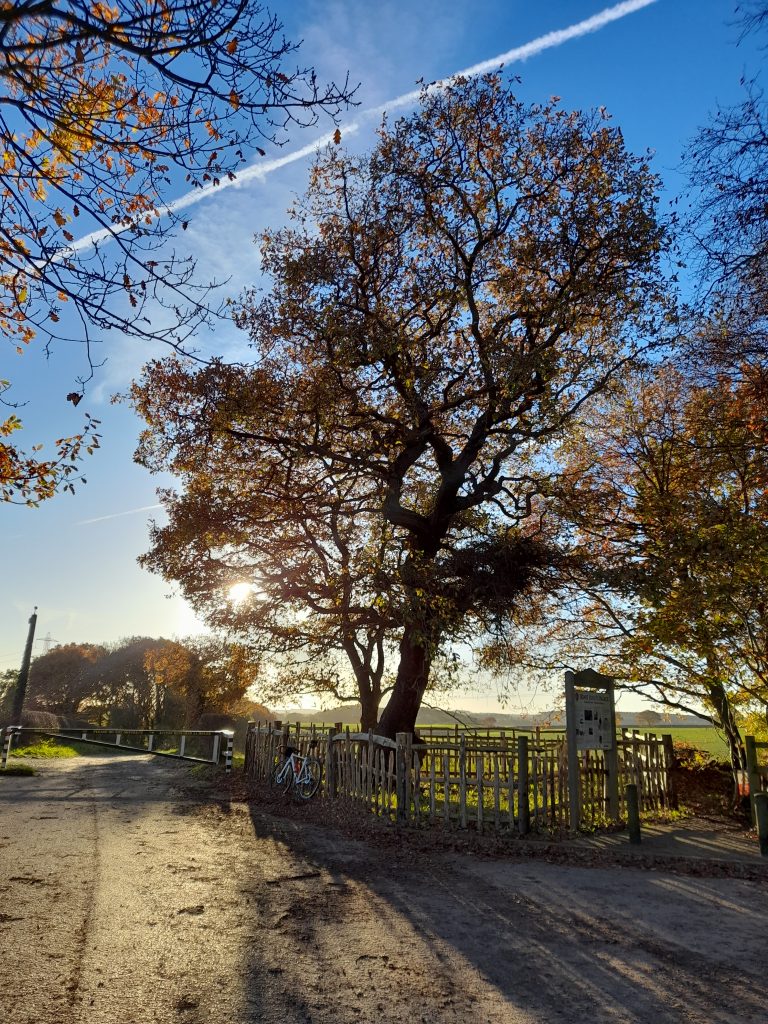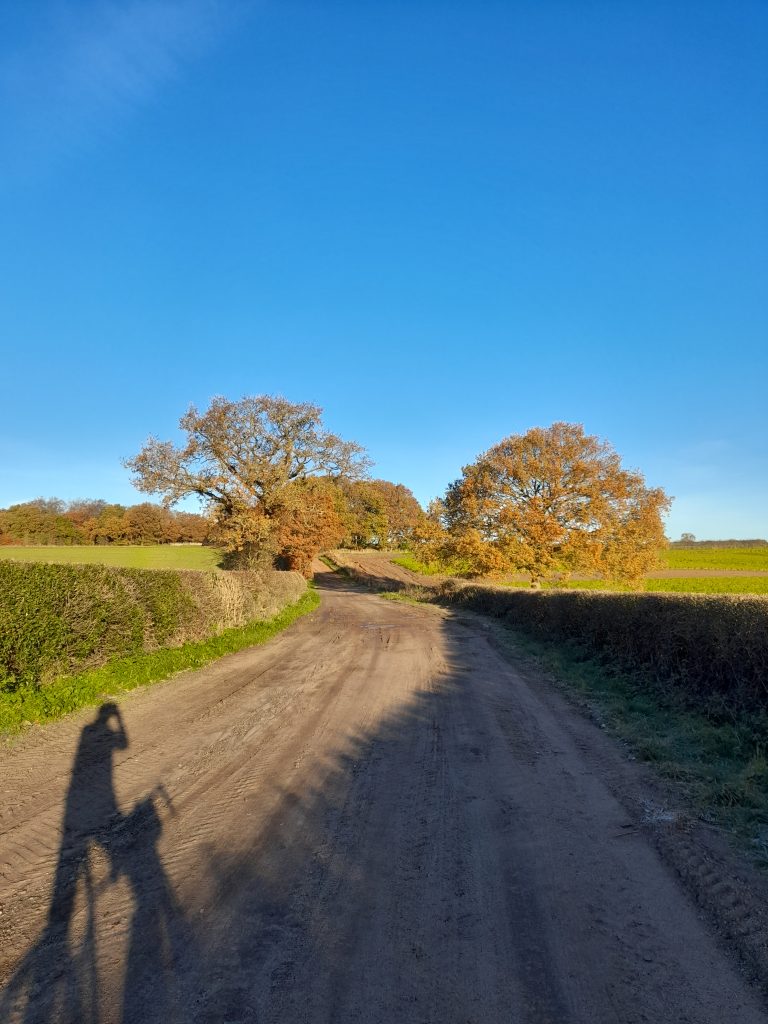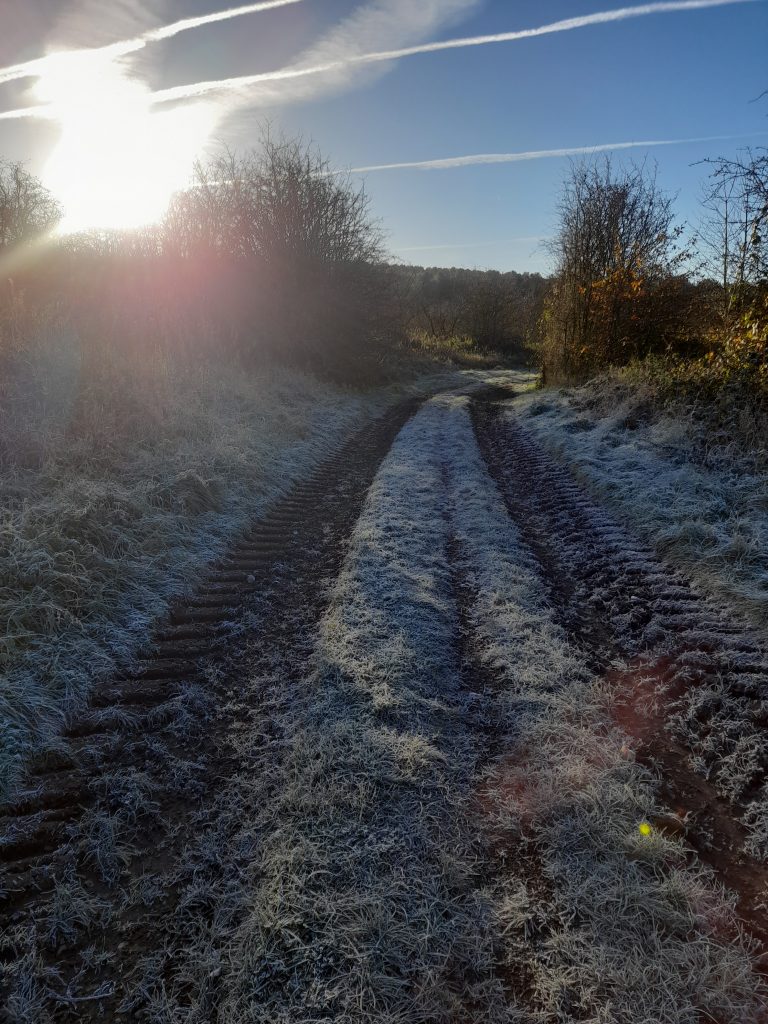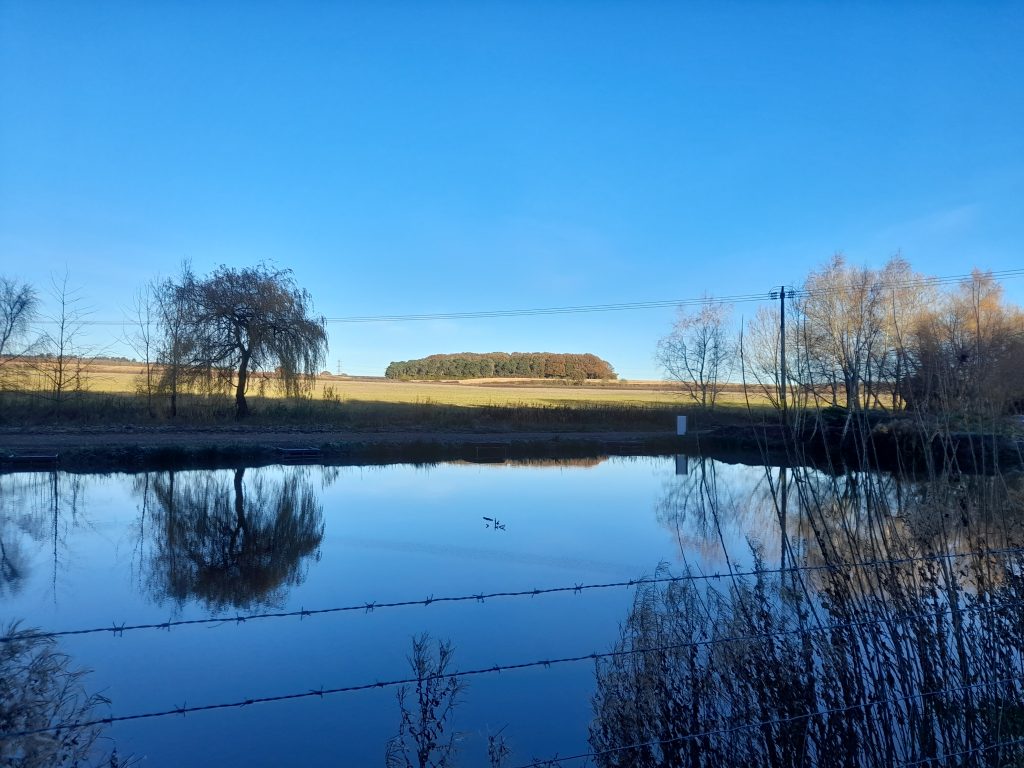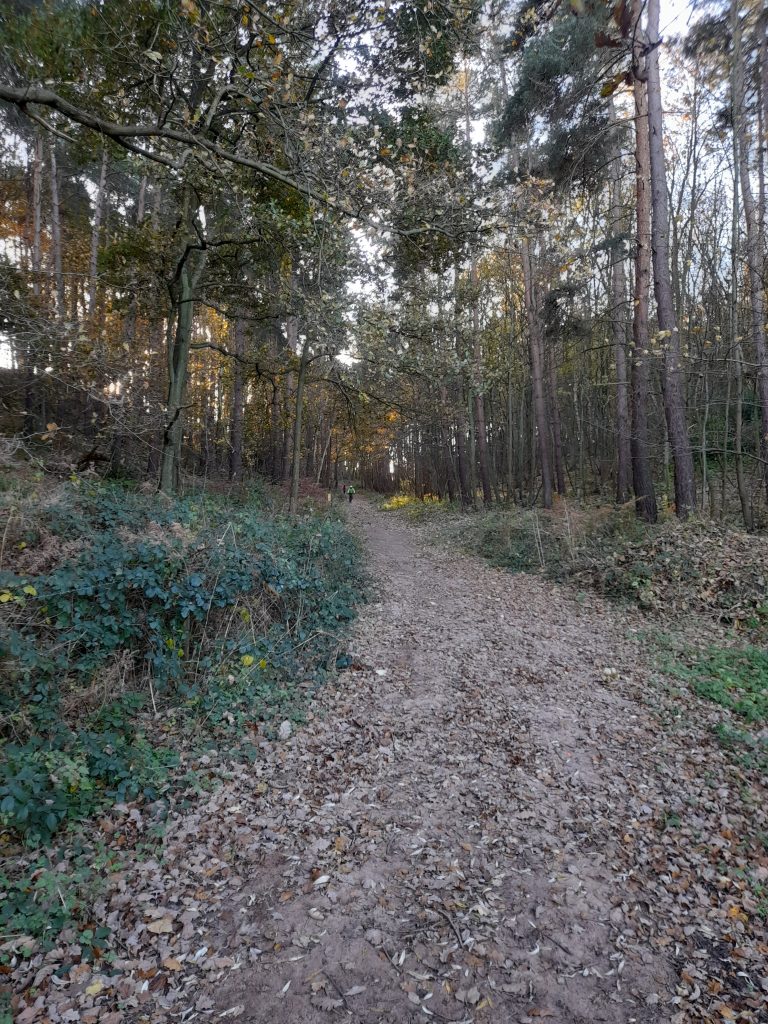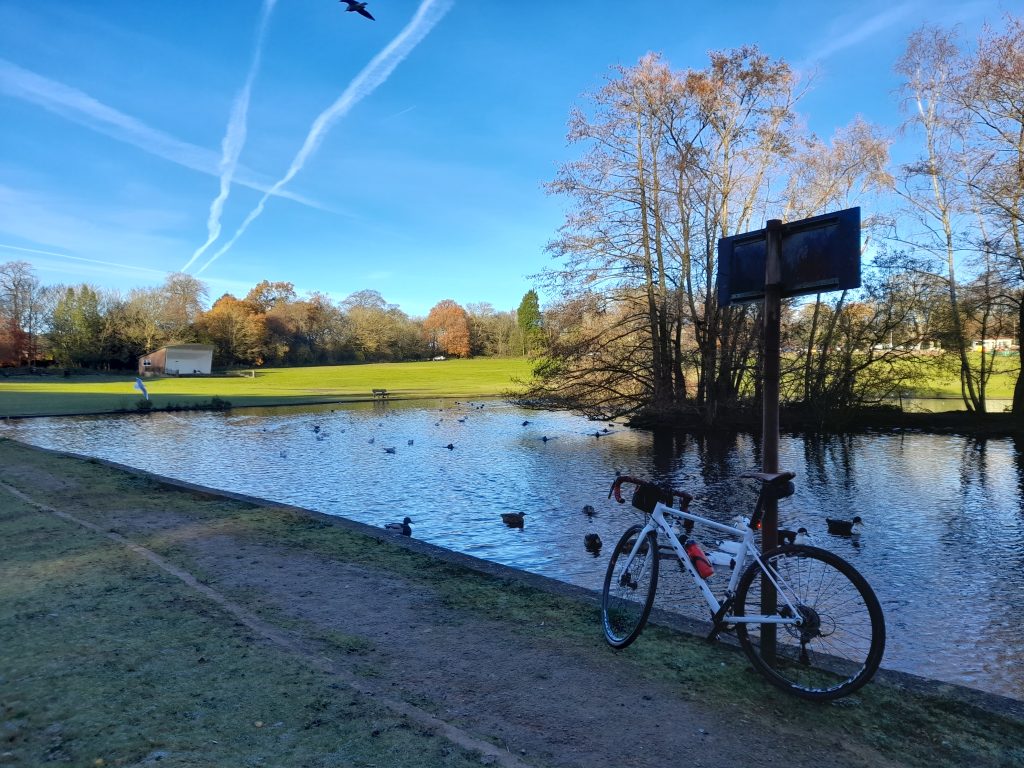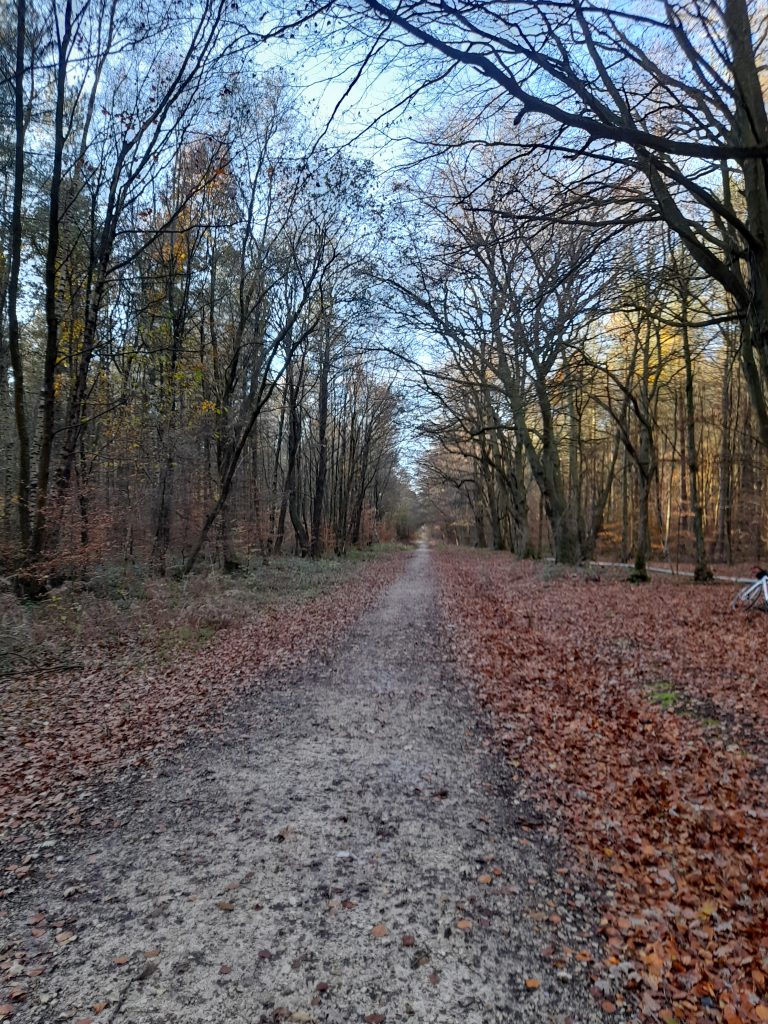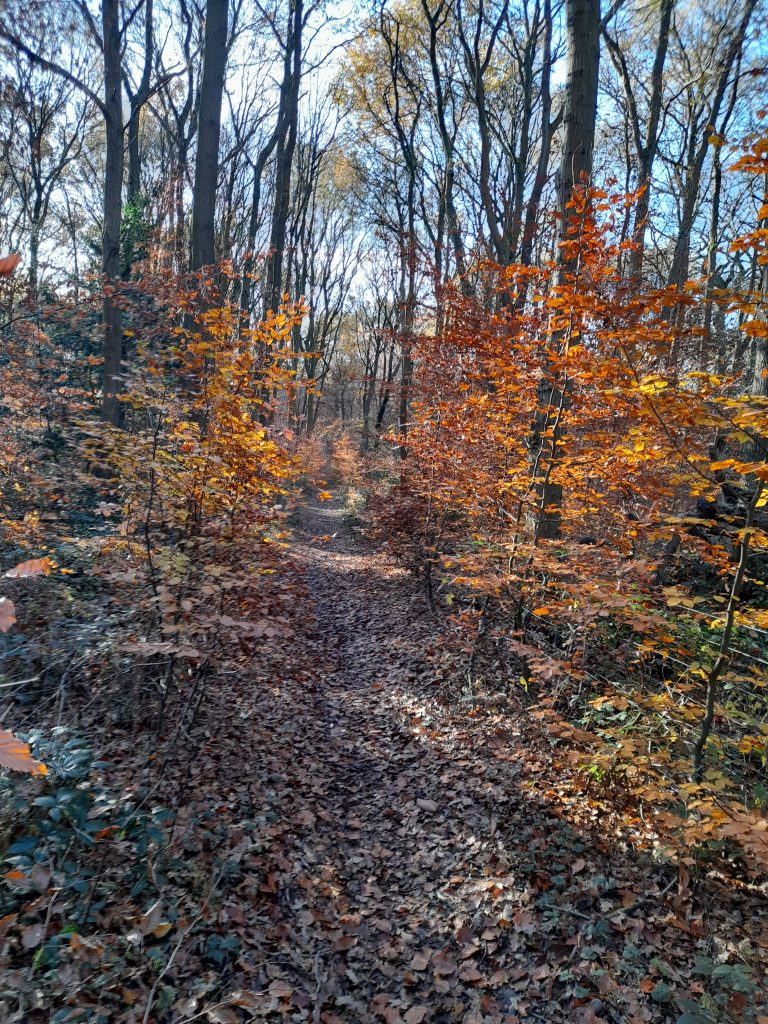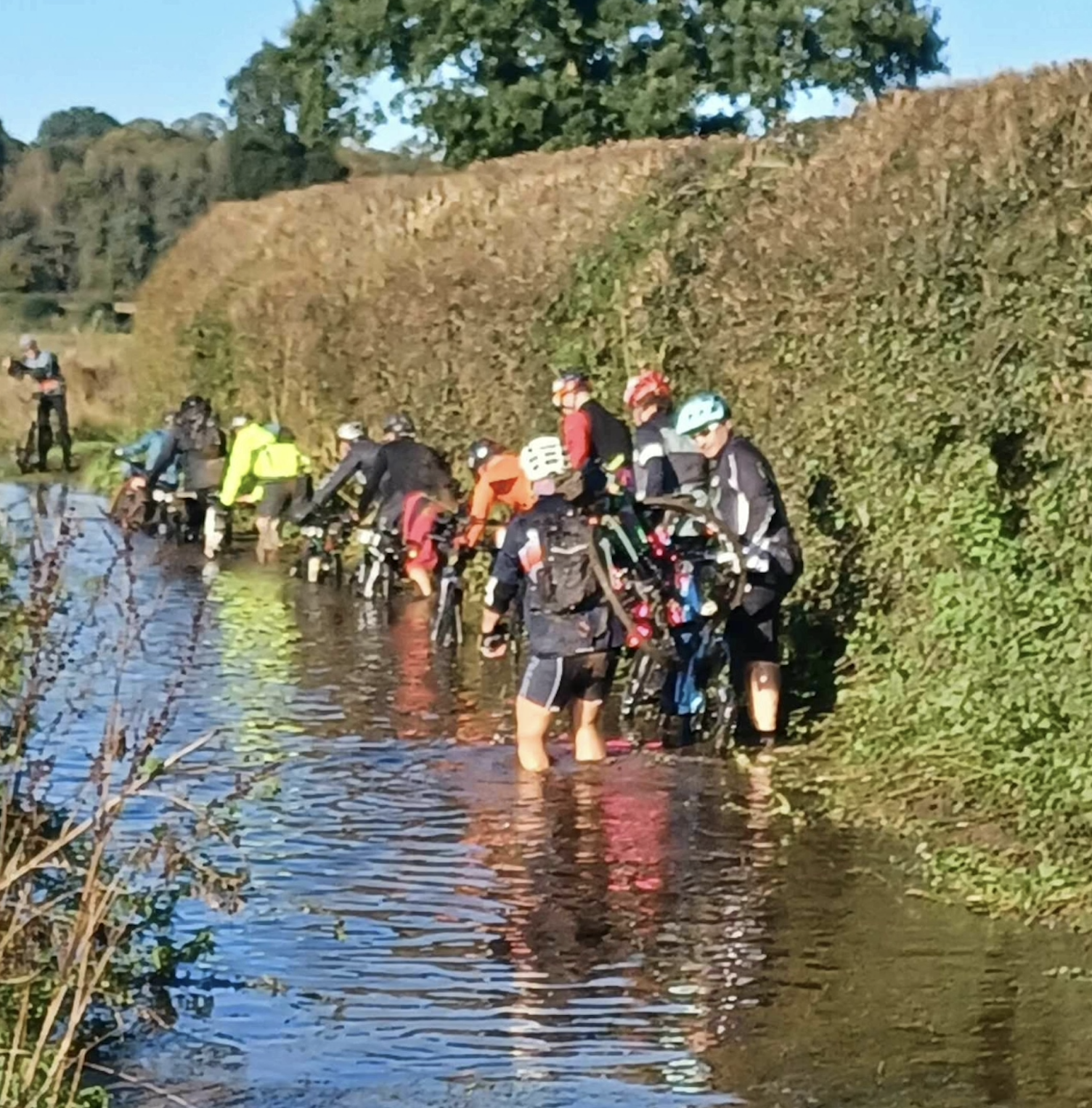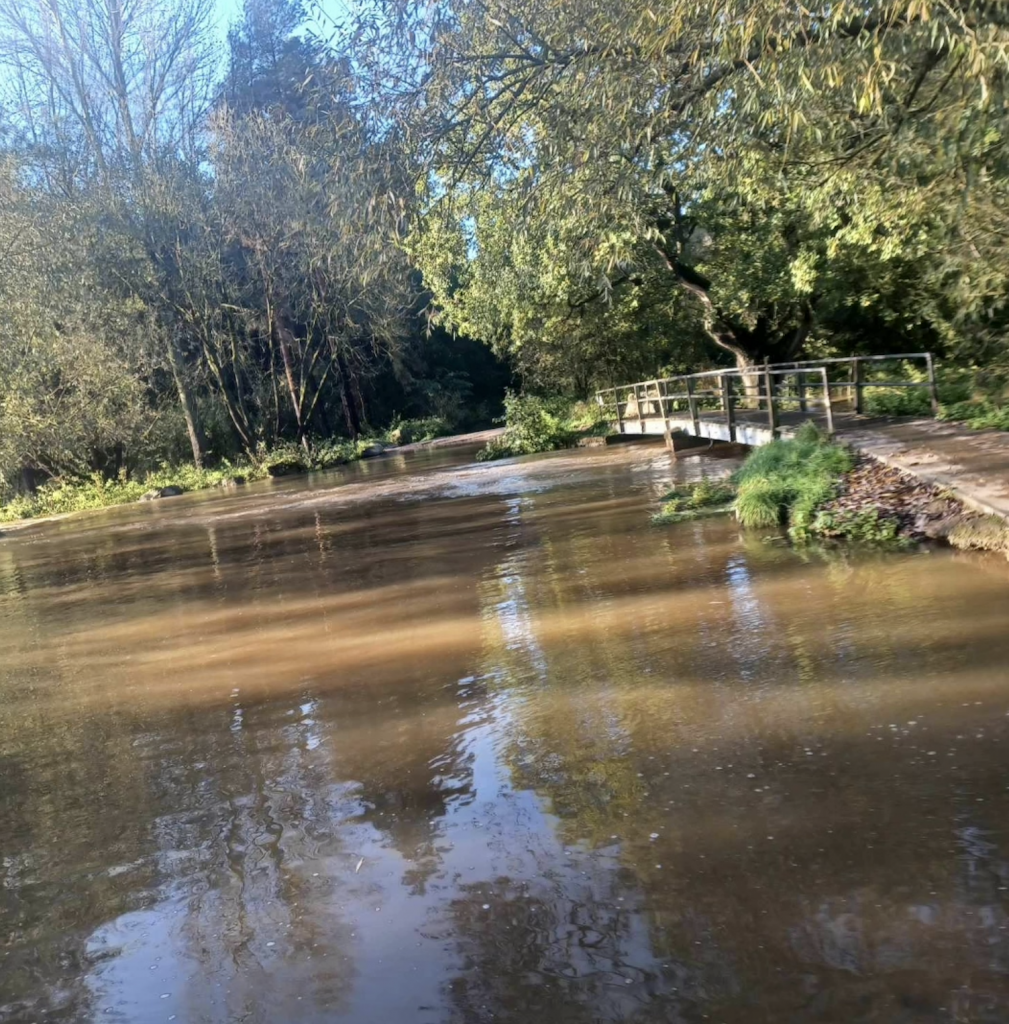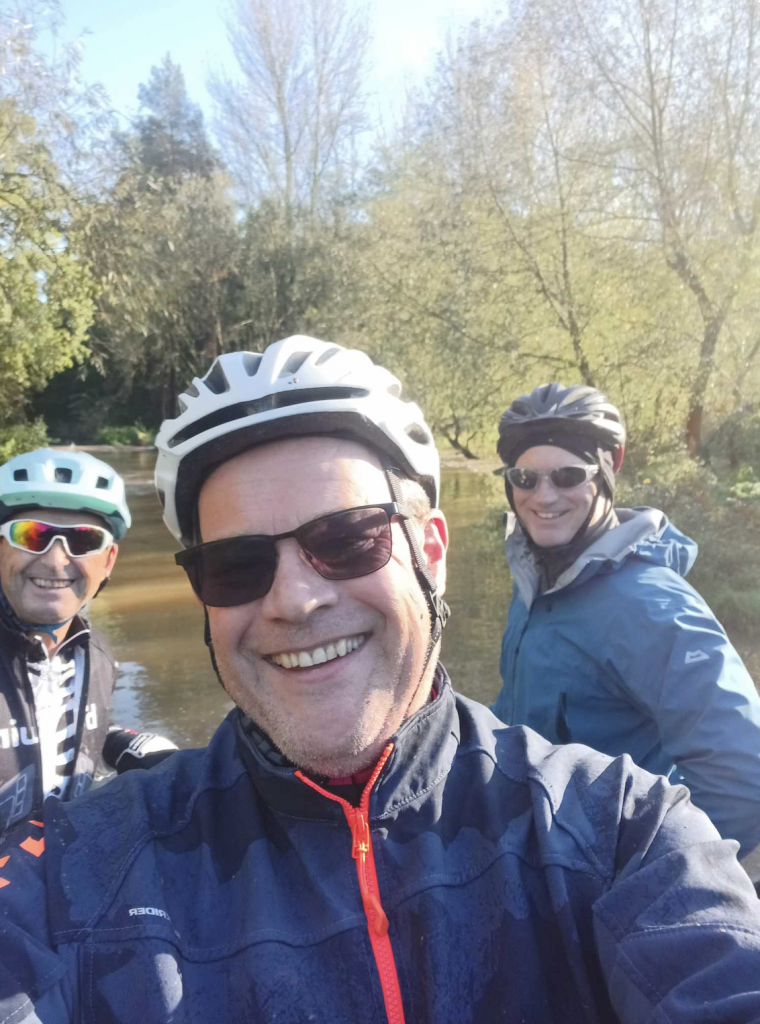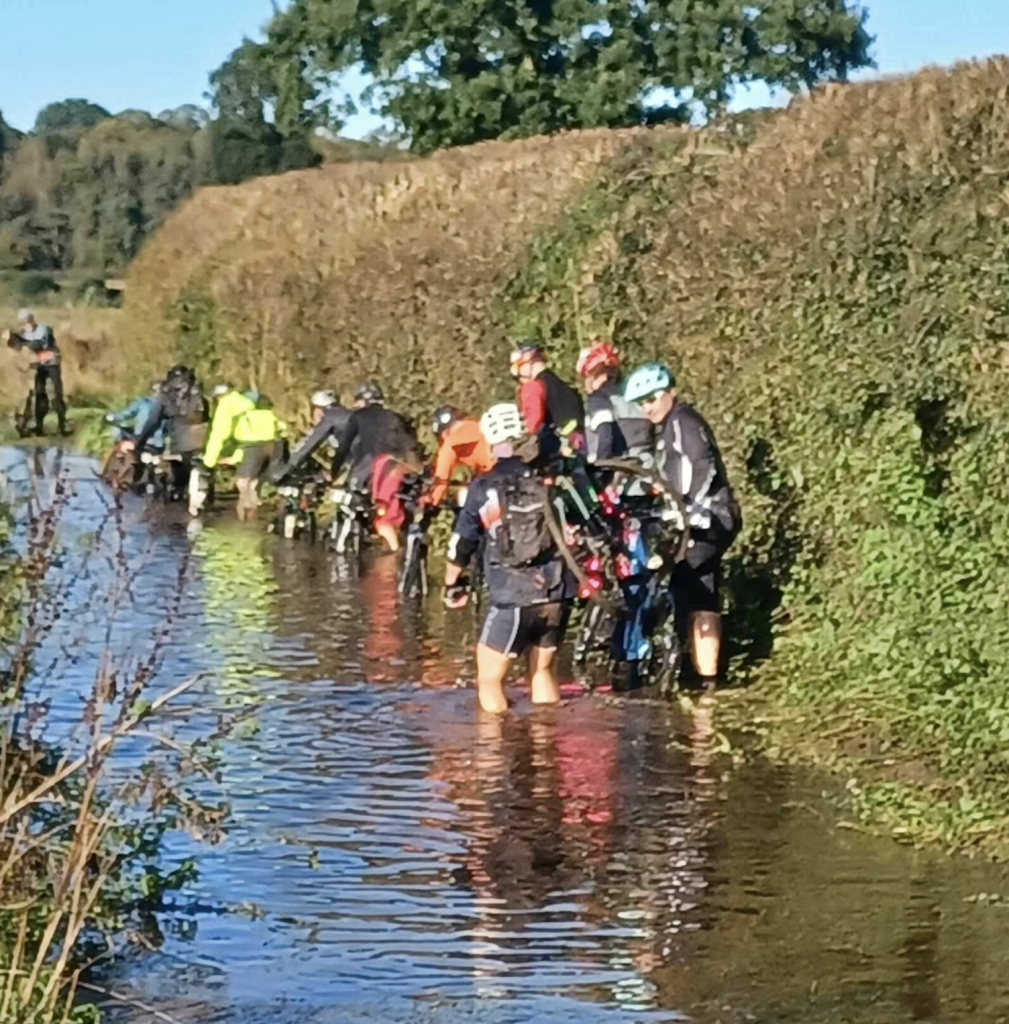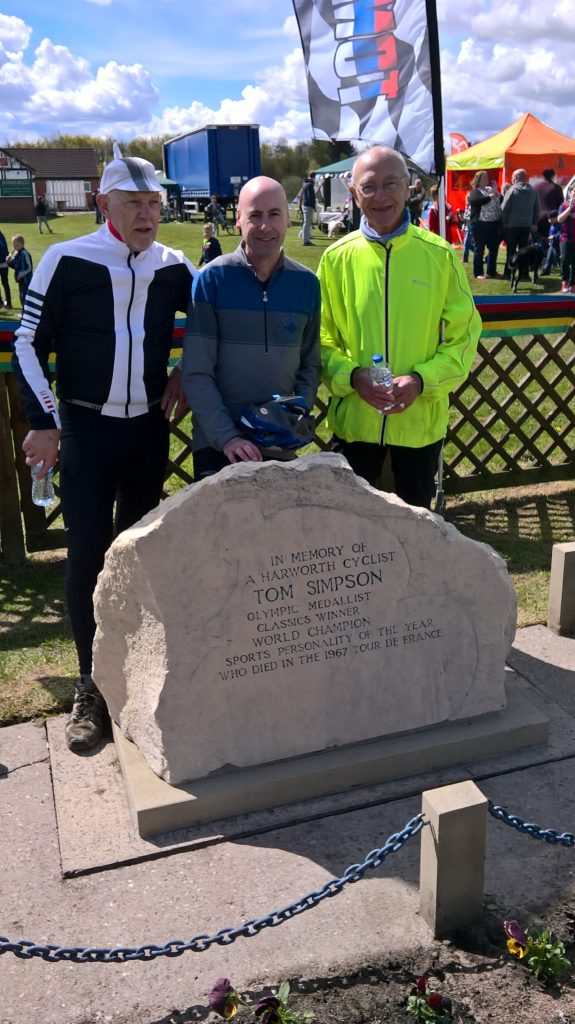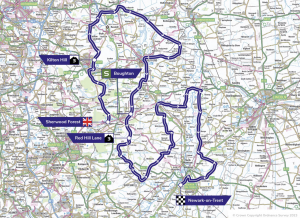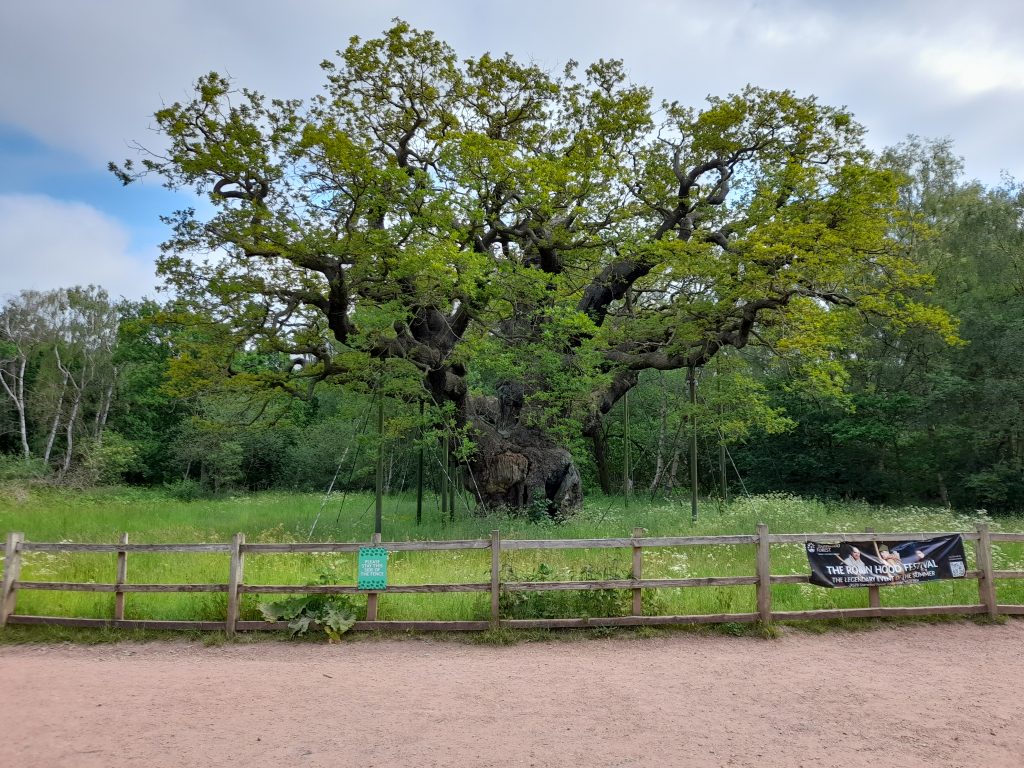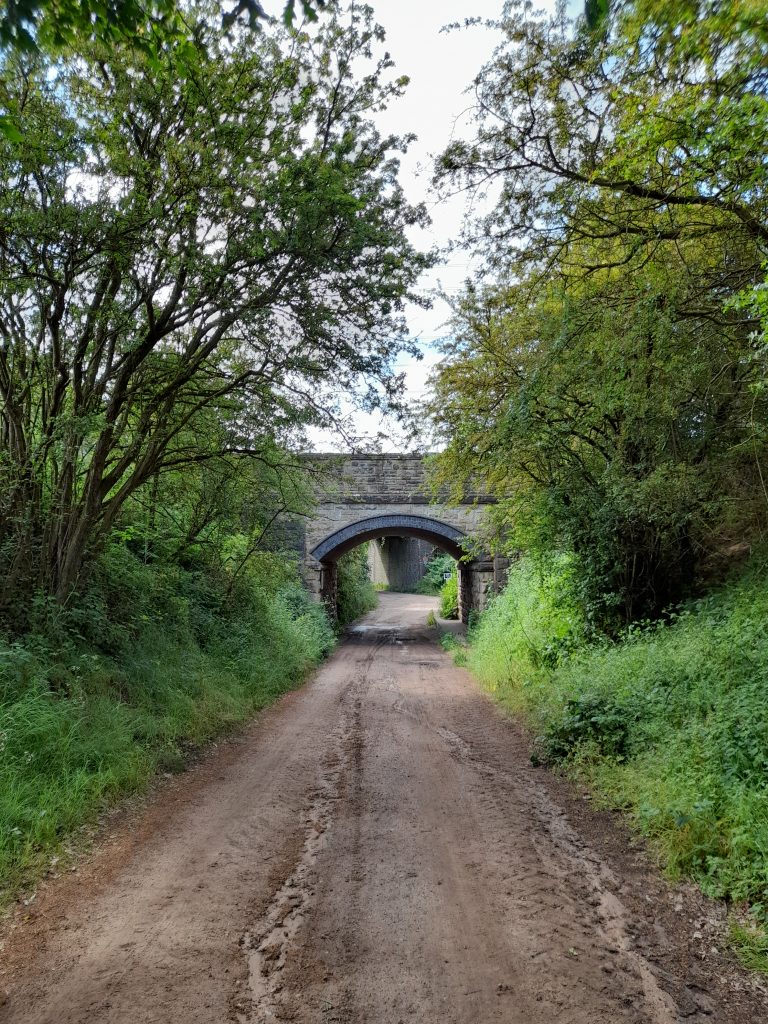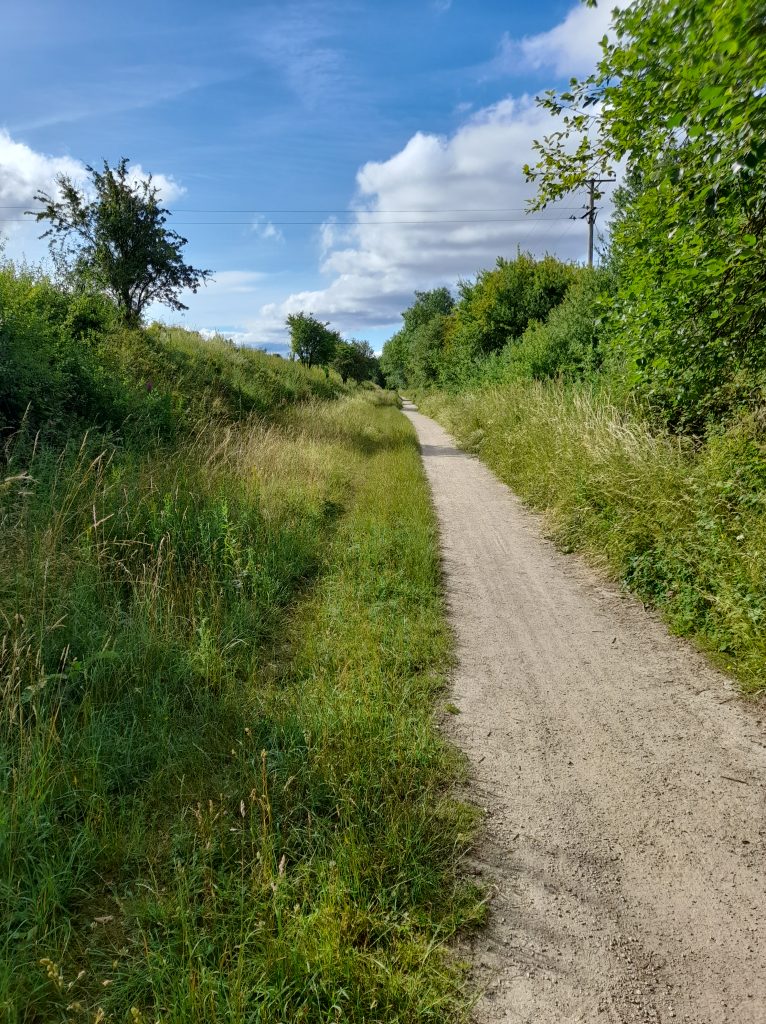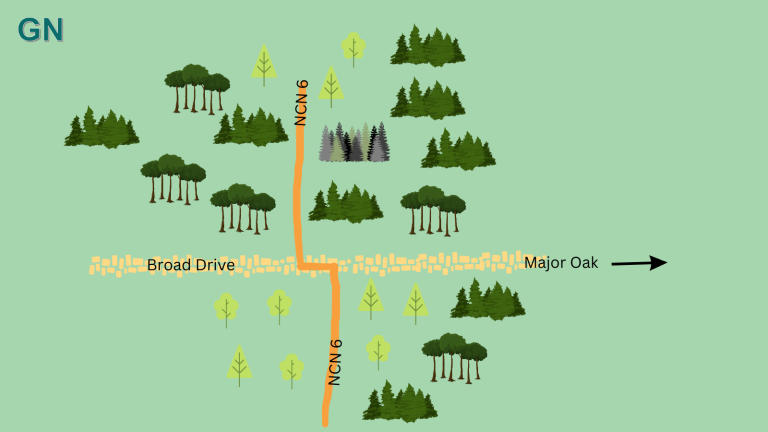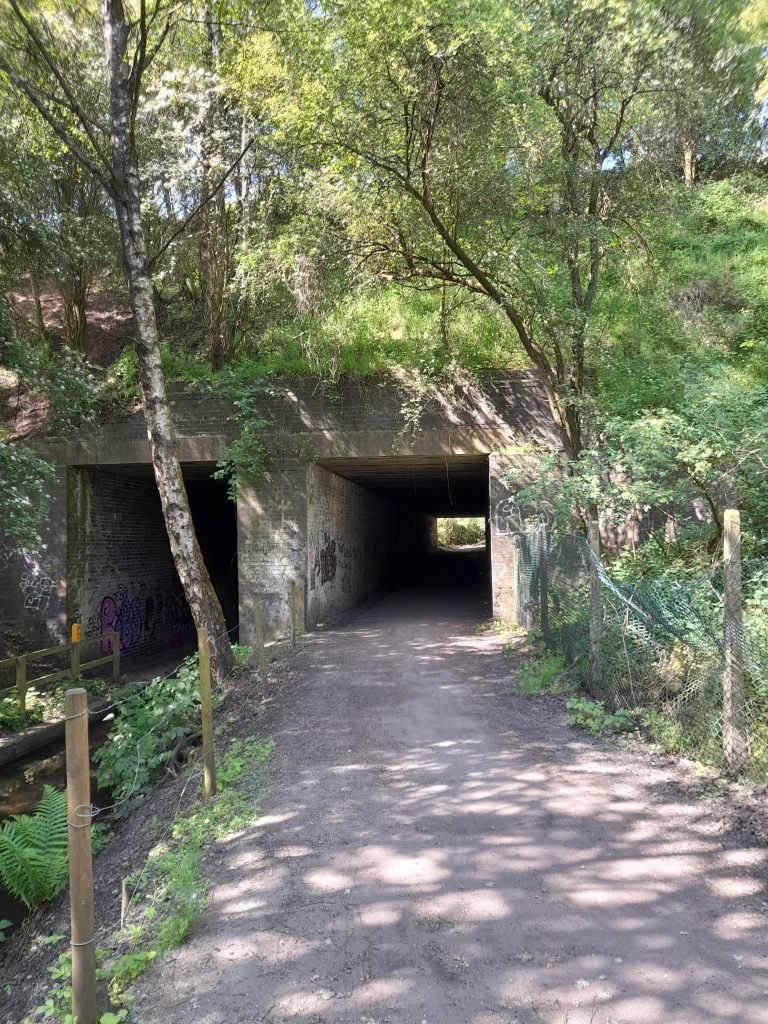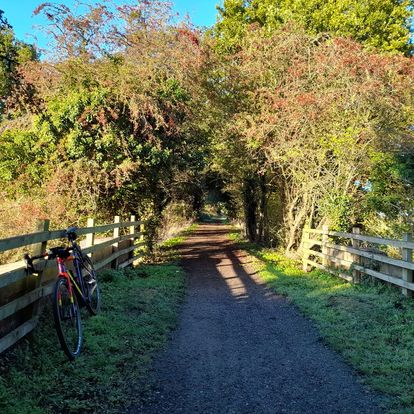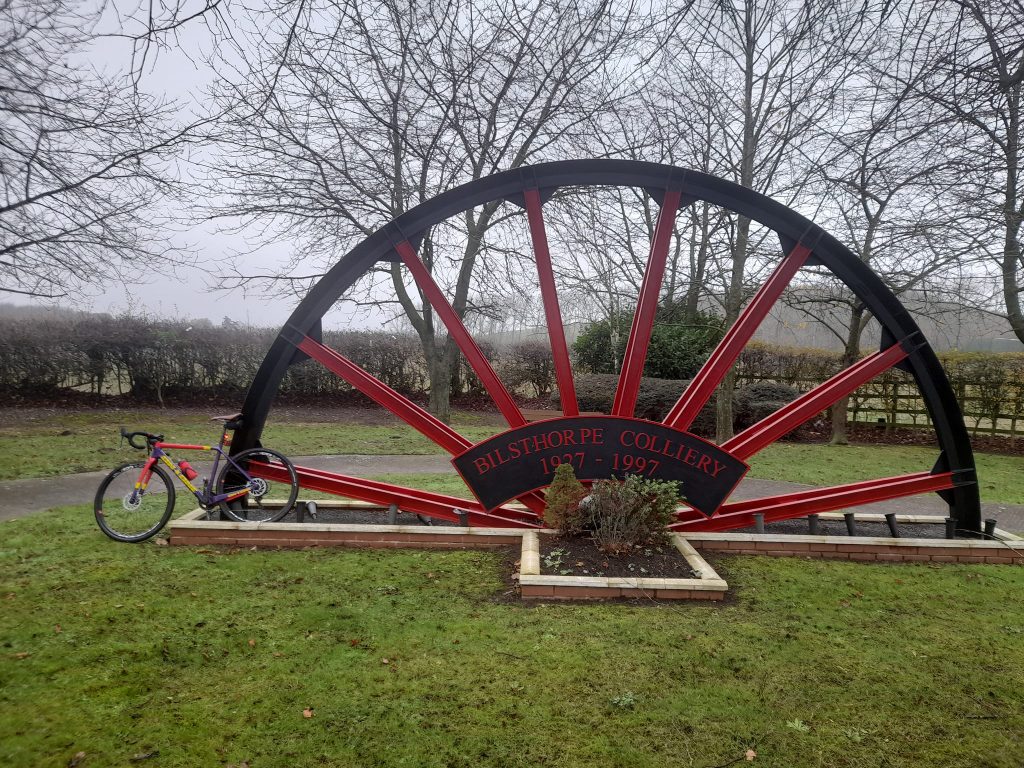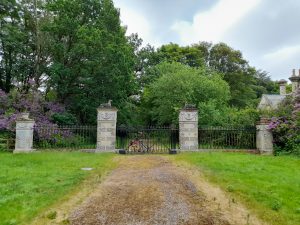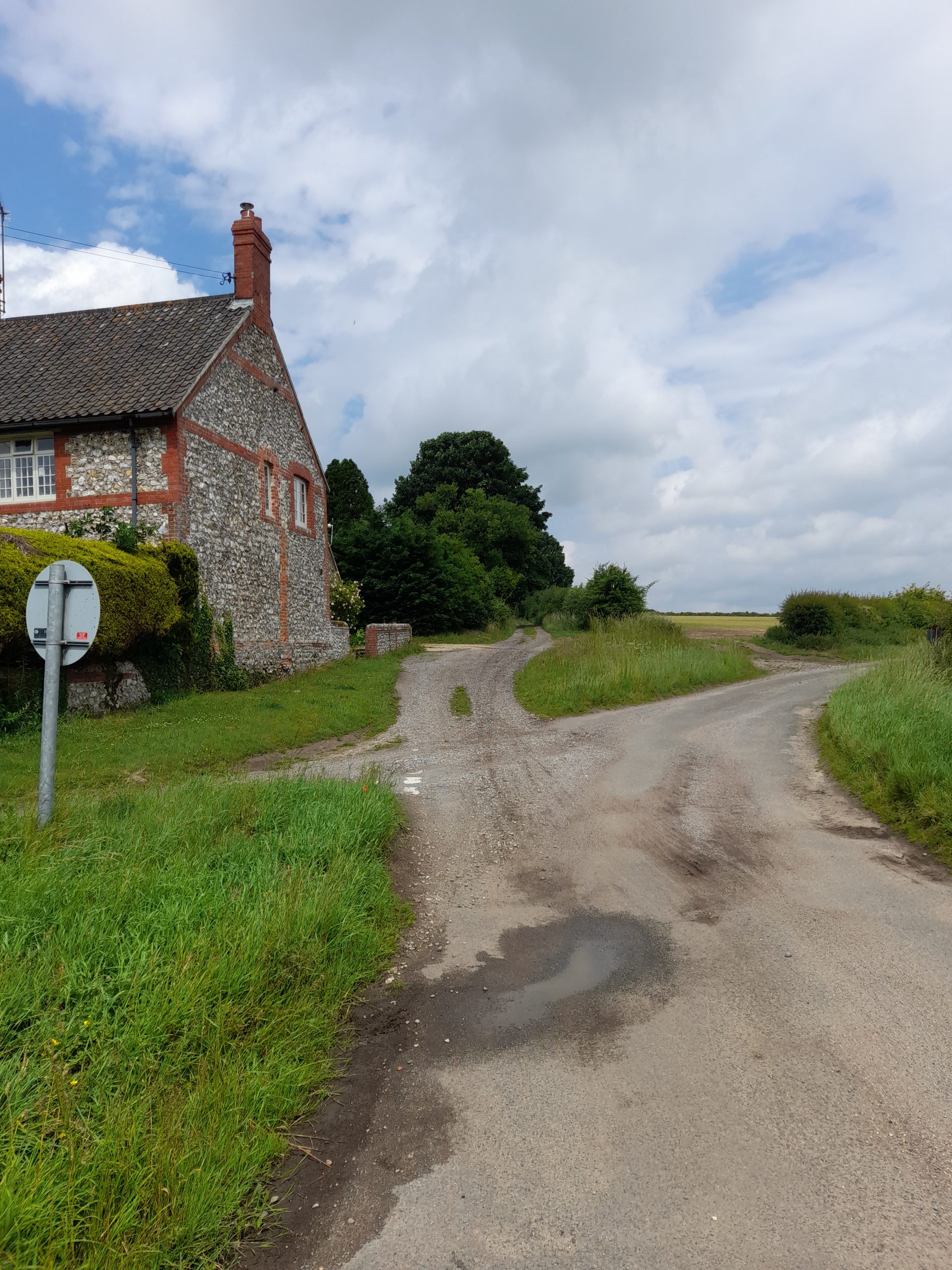
Peddars Way is a long-distance route across Norfolk that begins near Knettishall Heath and runs for approximately 46 km to the coast near Hunstanton. It is thought to have existed as an ancient trackway prior to the arrival of the Romans who established it as a road in AD 61. The track was later used as a pilgrimage route.
It’s worth noting that Norfolk was a much wetter place when the Romans arrived. In fact, going much further back there was a marshland that extended all the way to mainland Europe. The Visit Norfolk website explains: “Norfolk used to be joined to the continent…. It was only the final thawing of the last Ice Age around 5000 BC that separated [Norfolk from the continent].”
To quote National Geographic; “roughly 12,000 years ago, as the last major ice age was reaching its end, the area was very different. Instead of the North Sea, the area was a series of gently sloping hills, marshland, heavily wooded valleys, and swampy lagoons.” This area was known as Doggerland. Today the weather forecast includes an area of the North Sea called Dogger Bank. As the sea rose the land mass became submerged.
This rather long-winded explanation is my way of telling the would-be Peddars Way cyclist that much of Peddars Way is sandy and hard going.
The route has been on my to-do-list for a while but in particular the largely unmetalled section which begins south of Great Massingham. So, on the weekend of the 14th June 2025 I based my tent in the friendly and picturesque Camping and Caravan Club site in Sandringham and set off early in the morning with a loop planned to head southeast to Castle Acre from where I would join Peddars Way north to the coast at Old Hunstanton before returning to my base camp in Sandringham.
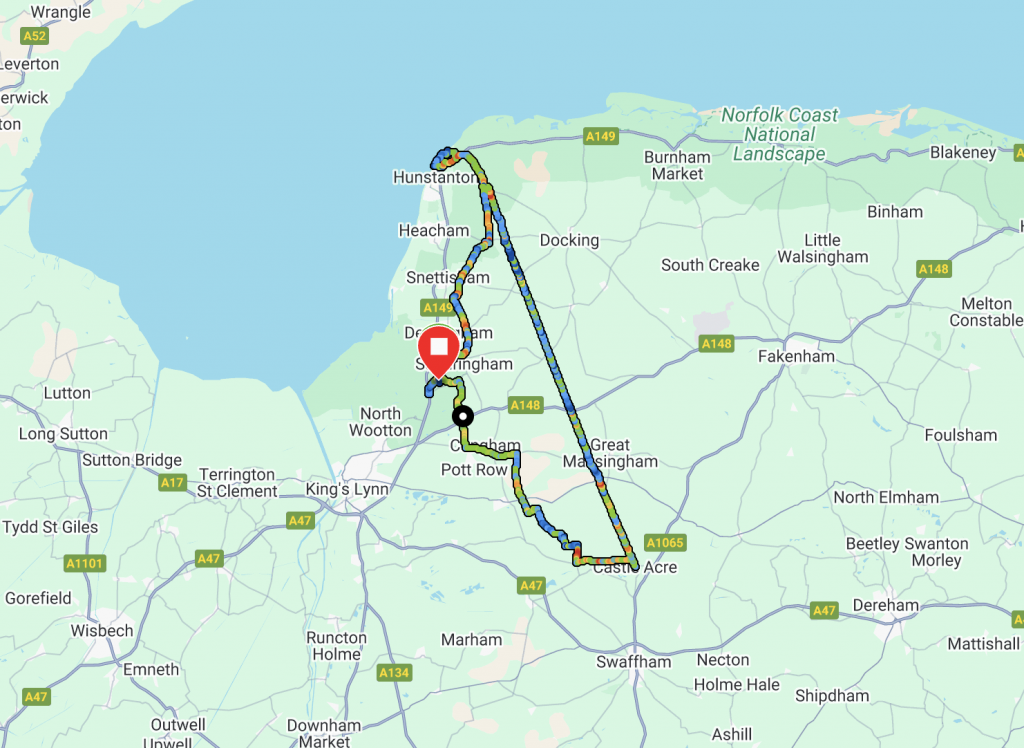
There had been thunderstorms across Norfolk during the evening before my ride. Drizzle remained in the air as I made my way from the Royal Park. I obviously took ‘Common Road’ outbound. Within half an hour the weather settled into a drying track as I reached my first, and unexpected stretch of gravel road. Just after Grimston, Eastgate Drove provided 10 km of gravel that was wide but sandy and challenging at times with a noticeable sandy climb at one point. So, challenging in fact I recall a ‘Danger of Death’ sign as I descended through some S bends at a farmyard.
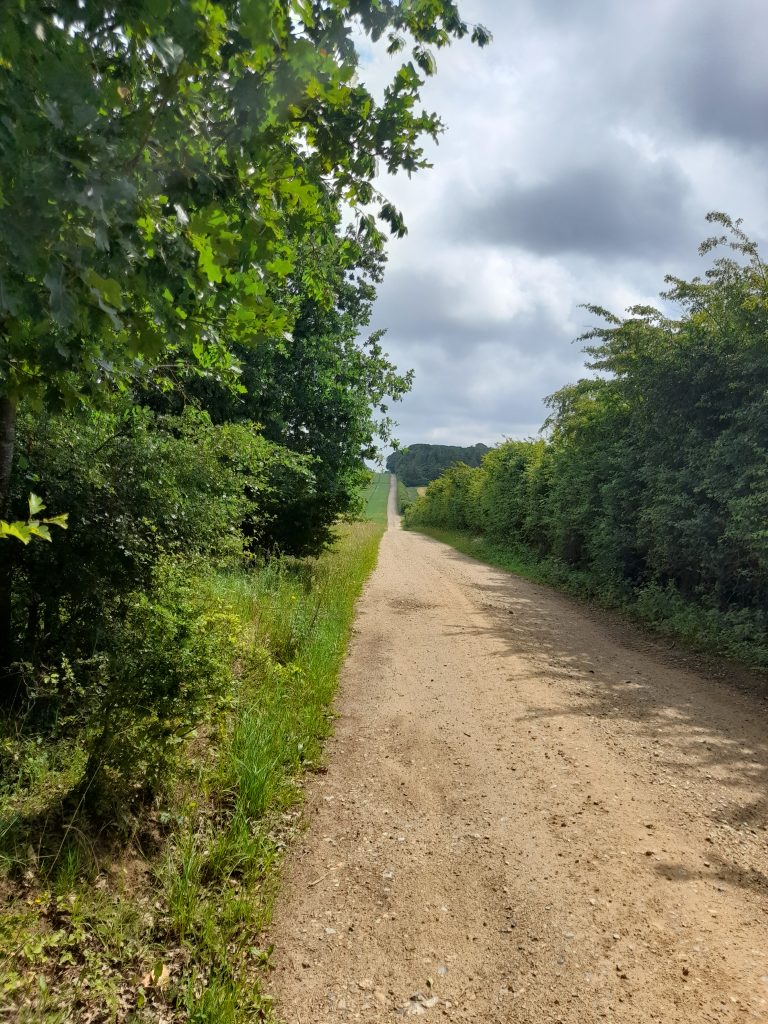
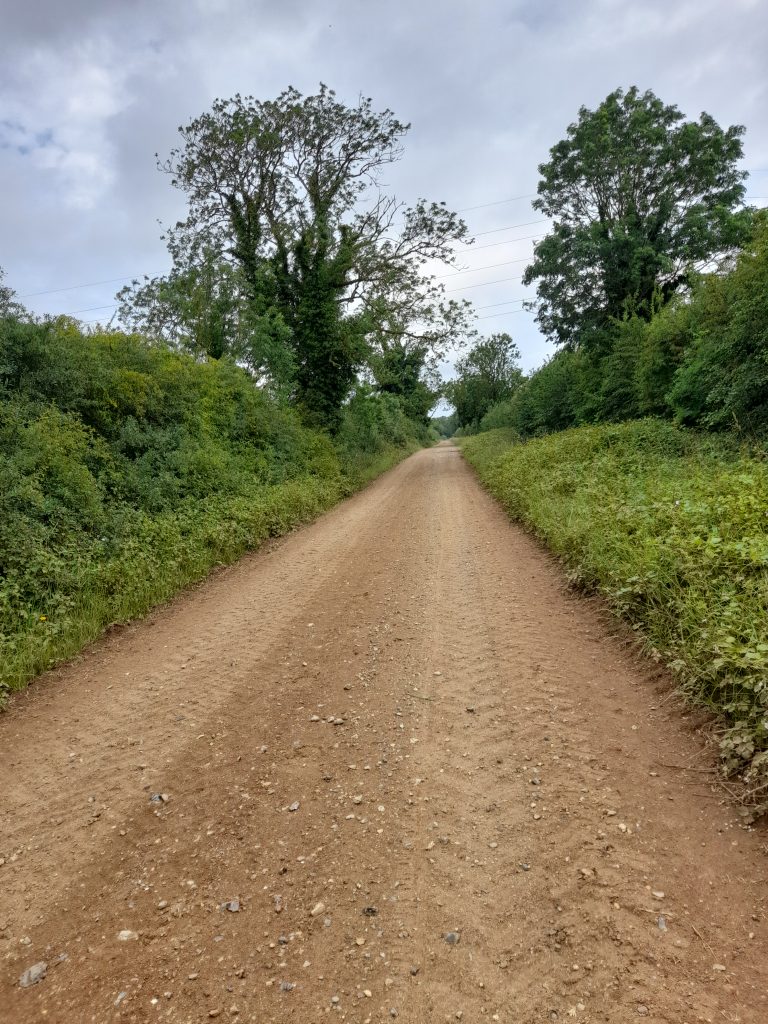
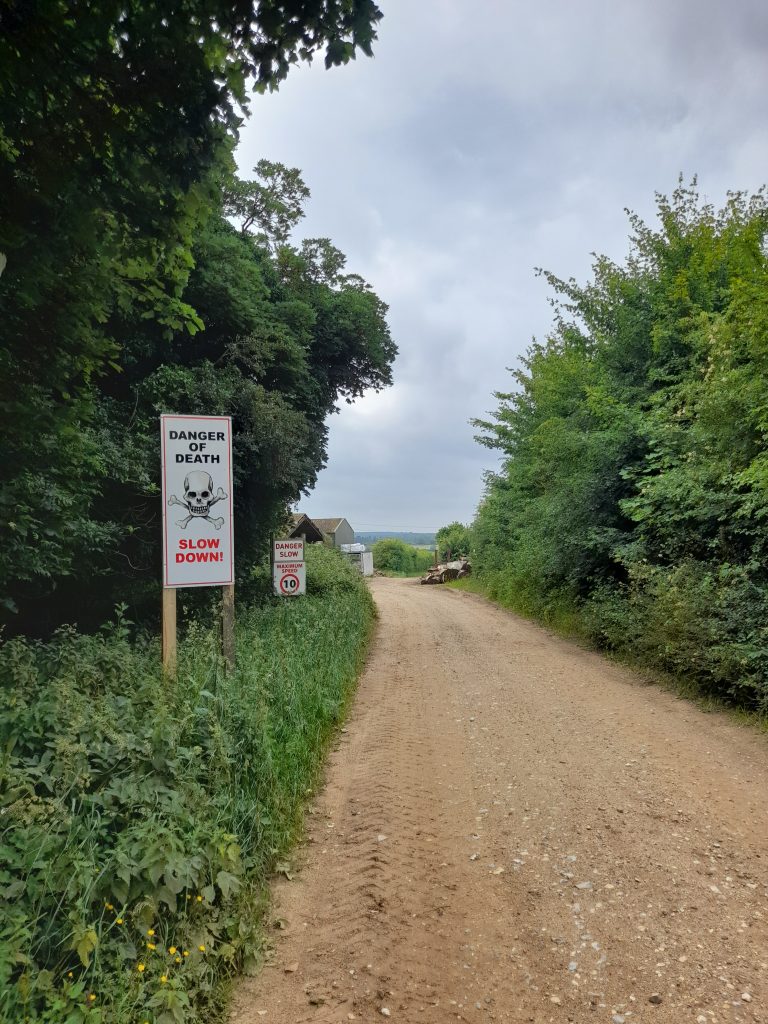
Leaving the gravel at West Acre it was only a short distance on a country lane to Castle Acre where, after a short detour to explore the village, I joined the Tarmac’d section of Peddars Way for 5 km before the first section of ancient trackway commenced marked by a slightly wonky triangulation post. There then followed 20 km of almost uninterrupted gravel cycling.
Peddars way from that point was made up of distinctive sections varying between sandy and shale gravel track, grass lanes with various types of surface and a few short sections that are footpaths. Some parts had clearly been used as a green lane route for off road vehicles resulting in a rollercoaster ride.
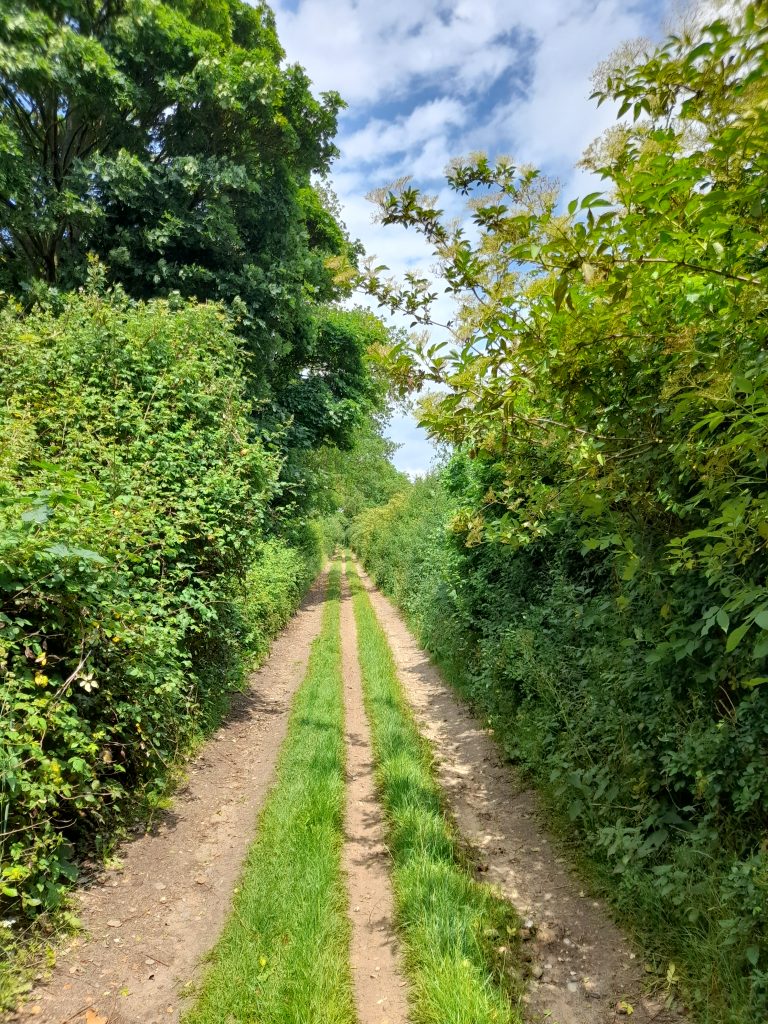
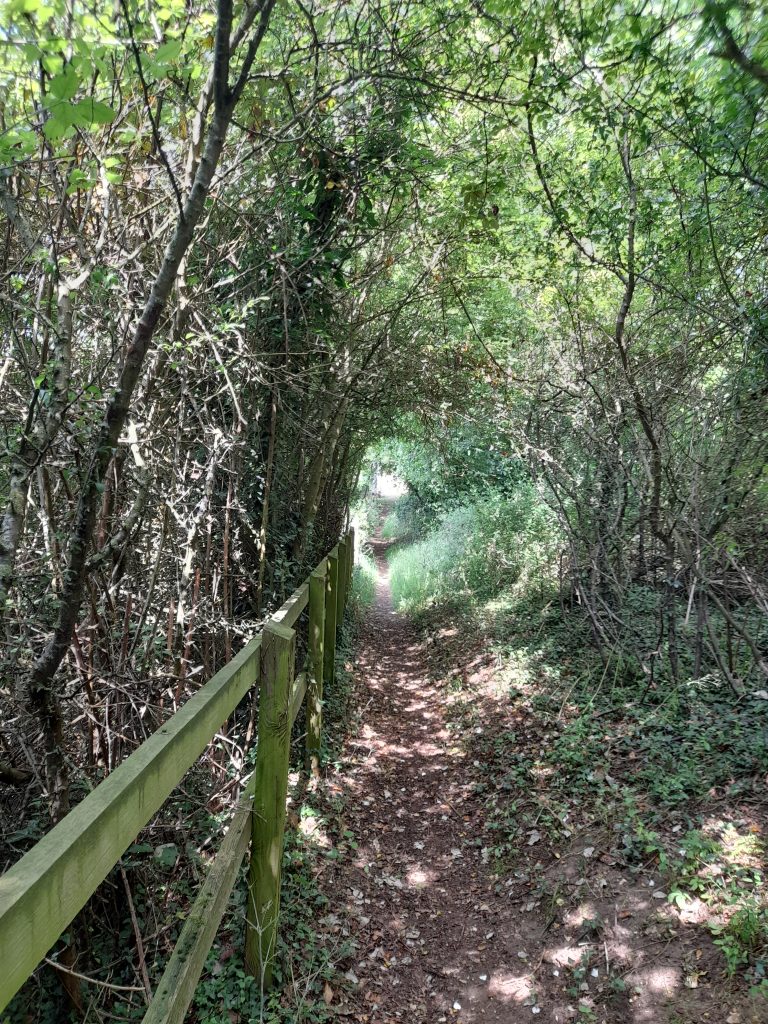
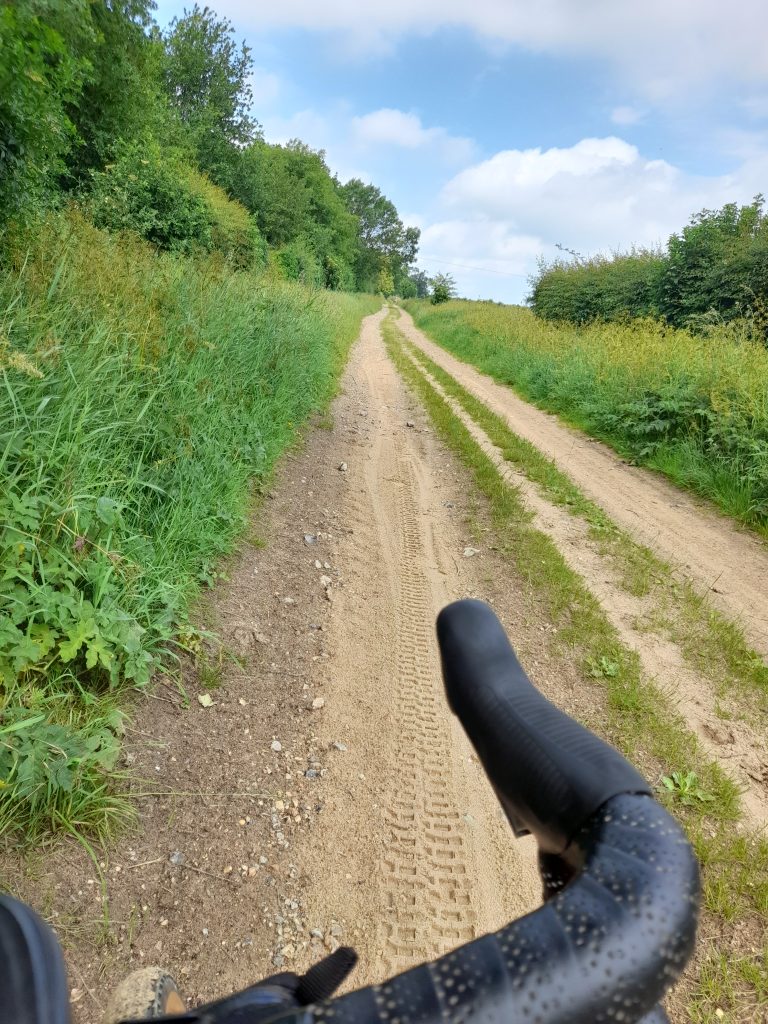
At a spot midway I decided to sit on the grass for a picnic of Quorn slice sandwiches and a banana. At this point a group of ramblers arrived, using the broadening in the track to regroup. As their stragglers caught up, we exchanged pleasantries. One interested member of the group asked about the introduction of disc brakes and we chatted further about his history of time trialing in the 60s and 70s. In the end I had to point out that his comrades were now about half a mile down the road and he made tracks. I wonder if he’s ever read this blog? Maybe I should have mentioned Gravel Notts but didn’t want to appear to be using the opportunity to market the website. I’m far too polite for that.
During the ride there was plenty of wildlife. Hares were abundant as were muntjac deer. Muntjacs were released both accidentally and intentionally in the wild from deer parks. They are now on the increase. Red Kites were also particularly common with a few hovering low enough above me to invite a photo opportunity.

There is a deviation where part of the ancient track is now occupied by a private dwelling adjacent the B1454 at Sedgeford and again shortly afterwards. I then took the final gravel section until reaching tarmac at Ringstead and a short road section to my lunch stop at Old Hunstanton. Cycling to the seaside is something that gives me a child-like feeling of pleasure and comfort. Reaching the coast under one’s own steam is not to be sniffed at. There was also a bonus. The Old Town Beach Cafe served a large selection of vegetarian and vegan cafe options
Naturally I had to take my bike to the beach.
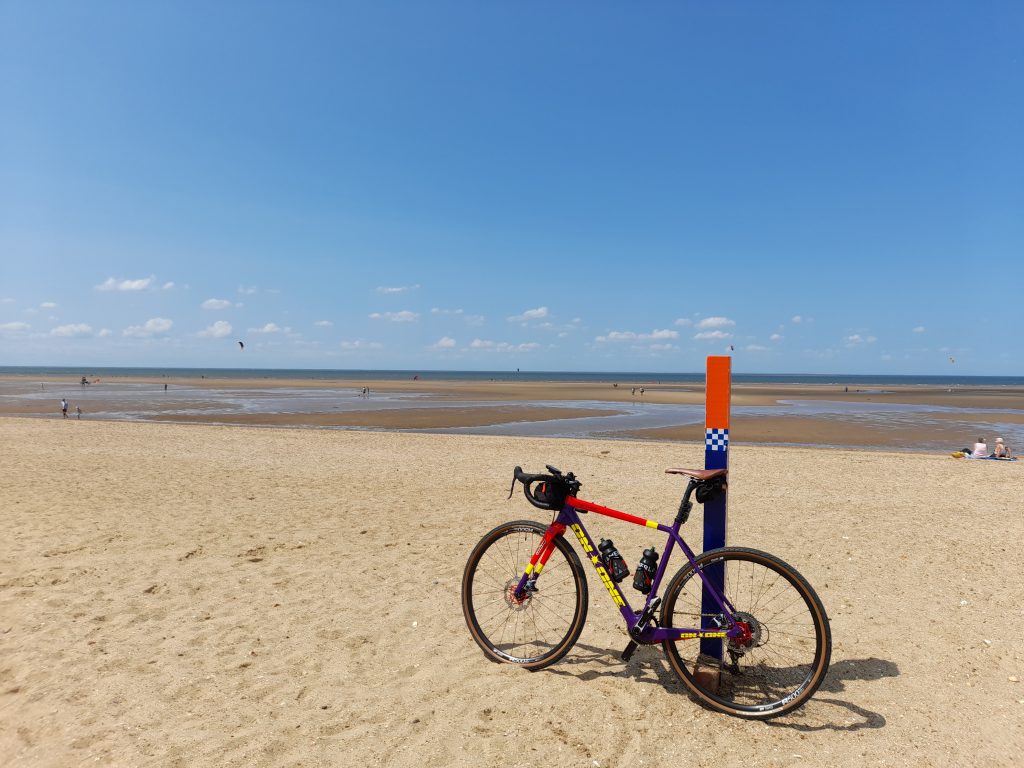
Having refueled I made my way back through the villages gaining a little back in terms of average speed, not that that was important to me. Spotting a picturesque village pub, I took a break and a 0% beer to celebrate an excellent day in the saddle. Basking in a warm summer afternoon with a cold beer that tasted better for having been earned.
Total distance for the ride was a little over 80 km with an elevation gain that was much greater than Garmin had forecast at 745 metres. We’ve had a very dry spring and I would guess the route would be something of a different proposition in periods of wet weather. I would conclude by highly recommending Norfolk for cycling but particularly incorporating Peddars way.
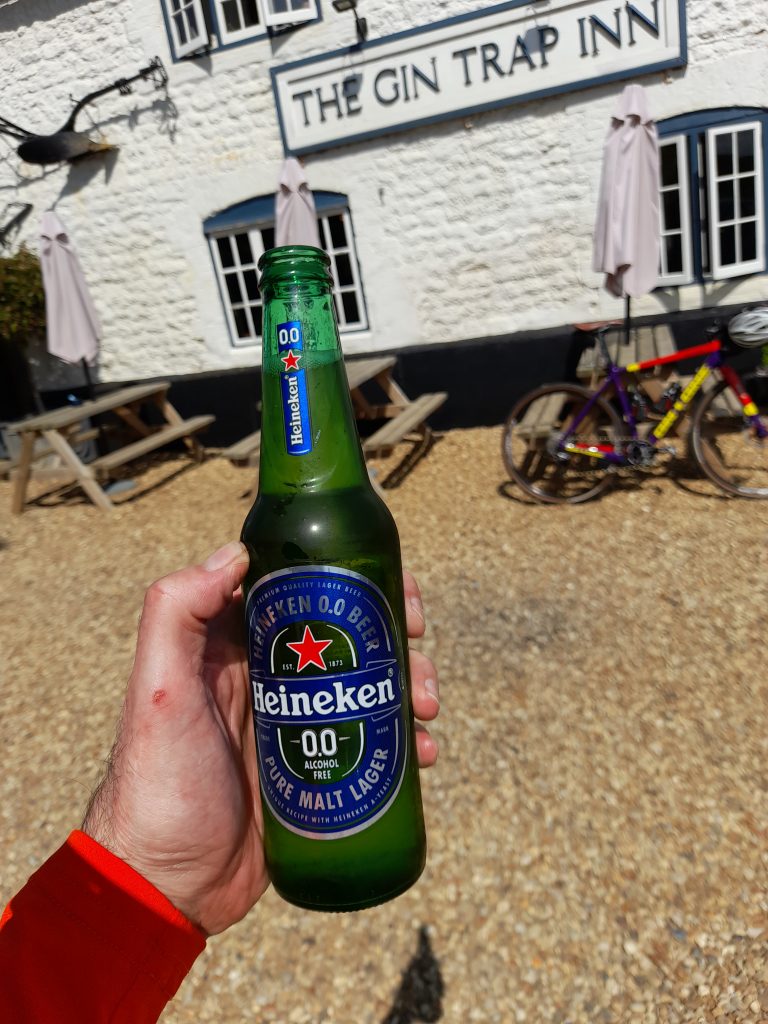
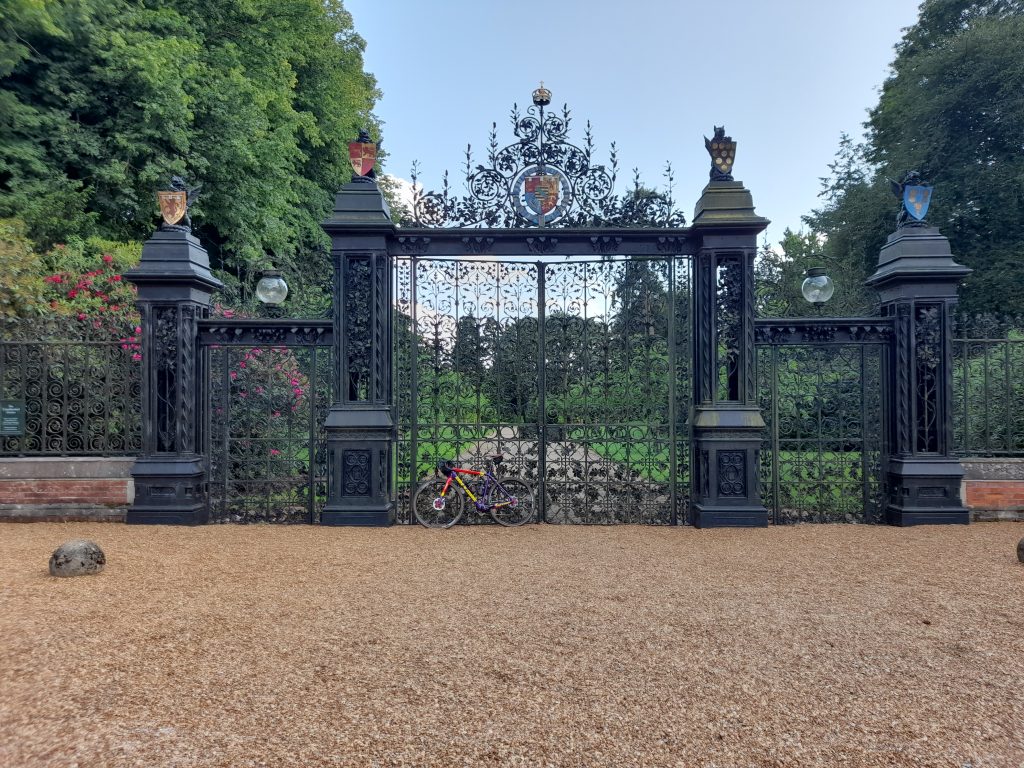
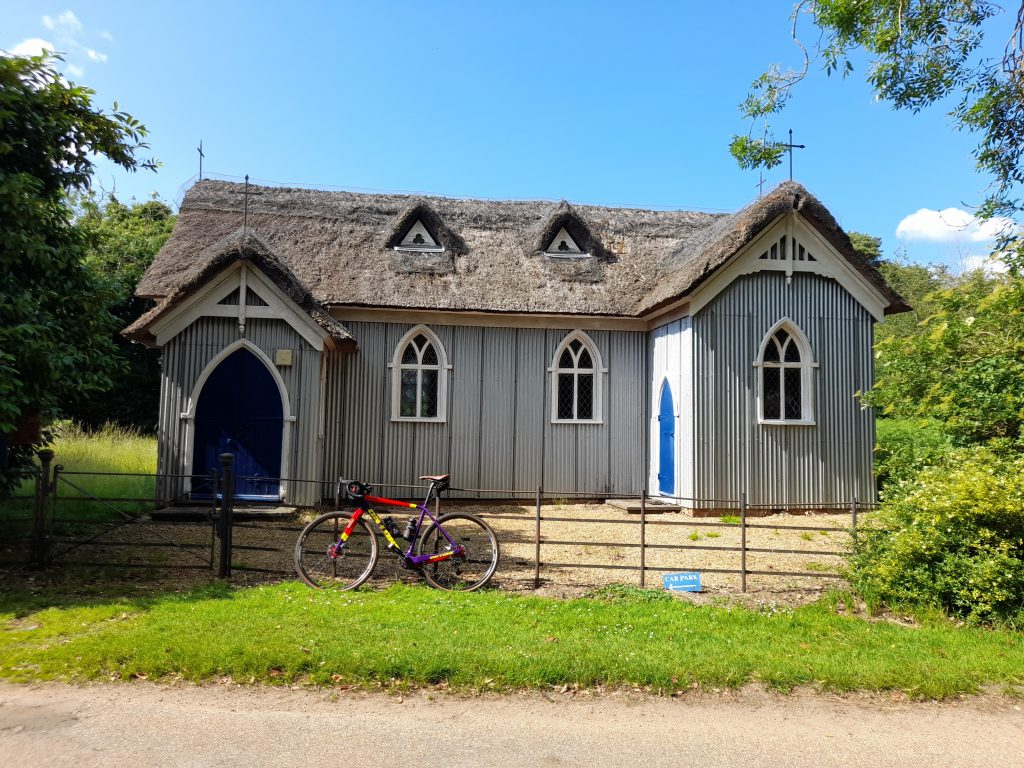
If you’ve enjoyed reading this short blog you may be interested to read more from Gravel Notts. The first book of a planned series of publications is available now. Visit our book shop for more information.

